Trips
A tour of Sri Lanka, leaving the bike cartons at a Negombo Lodge for reuse.
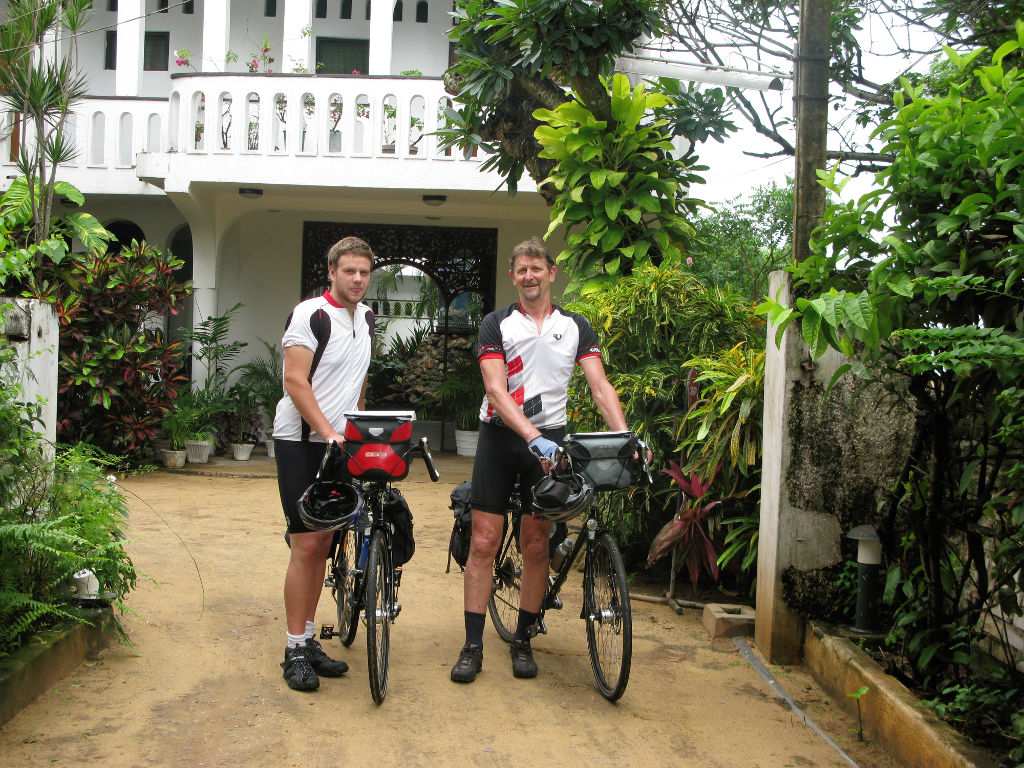
Ready to roll. Both bikes are running 9 speed Tiagra STI shift levers, outboard Shimano bottom brackets (which develop a bit of play), front cable disc and rear cantilever brakes.
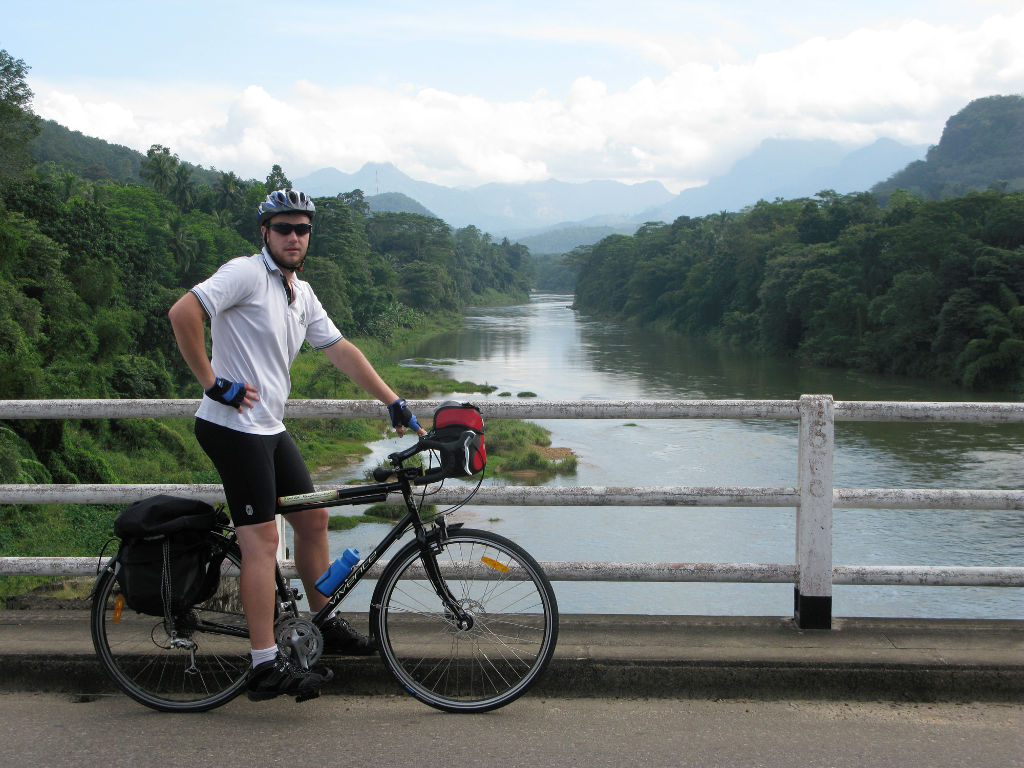
Getting into the landscape. The horns prove indispensable with a lot of animals on the road.
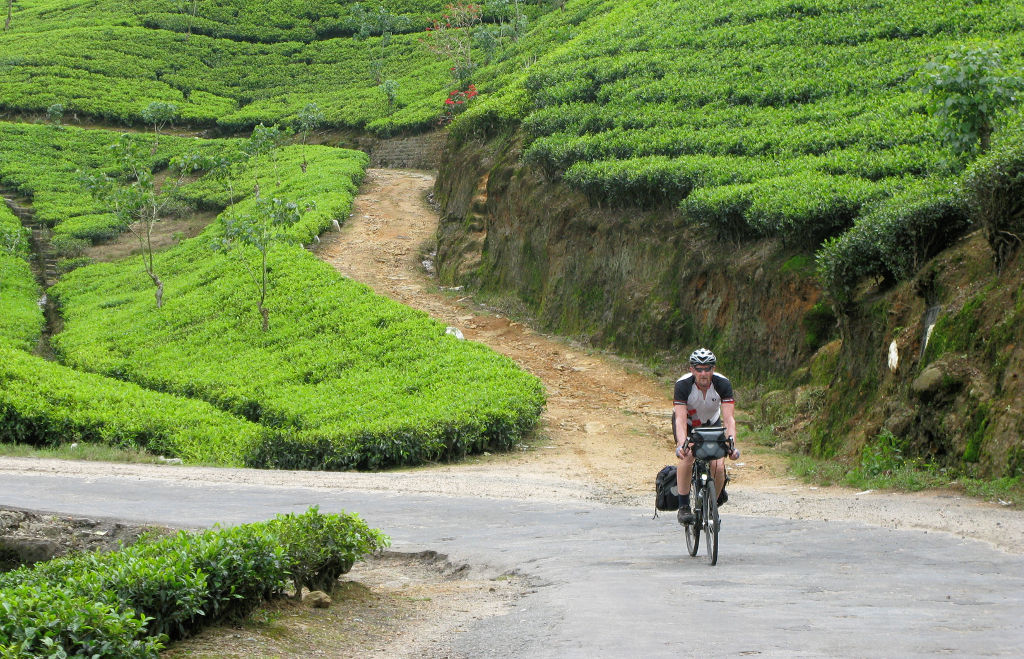
Climbing into the hill country. Tea plantations dominate Sri Lanka’s central highland. There is a distinctly “colonial” feel in the homesteads which these days are often offering accommodation.
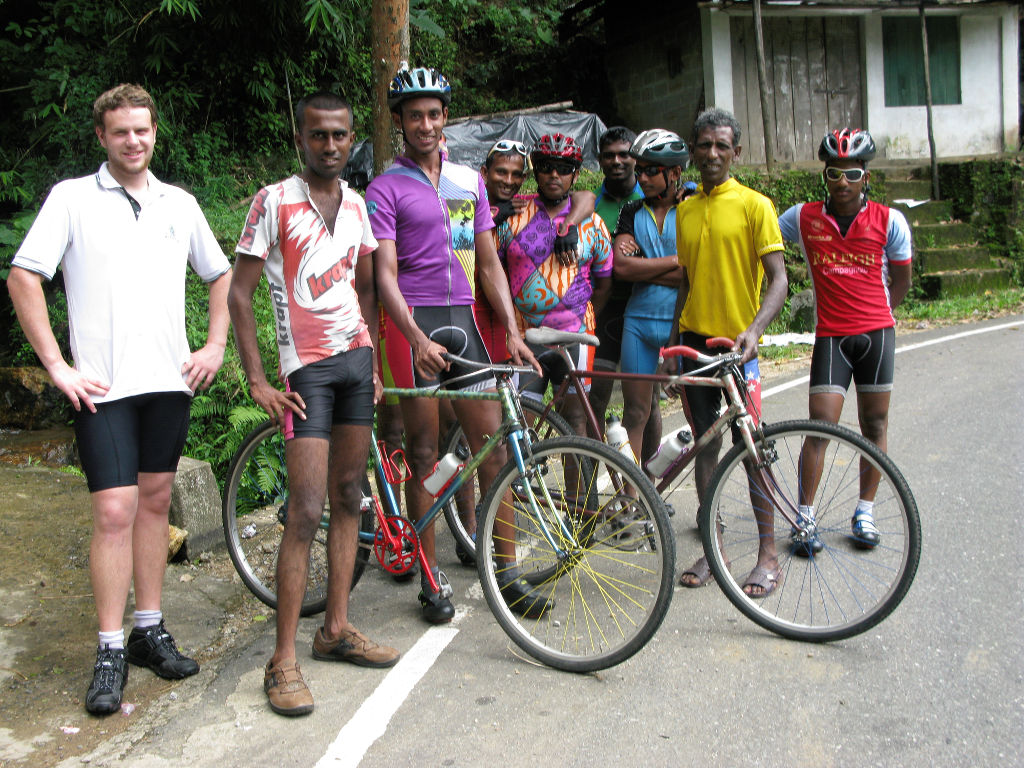
We are overtaken by a bunch of local roadies on their single speeds. They are featherweights and able to scoot up climbs as if they are nothing.
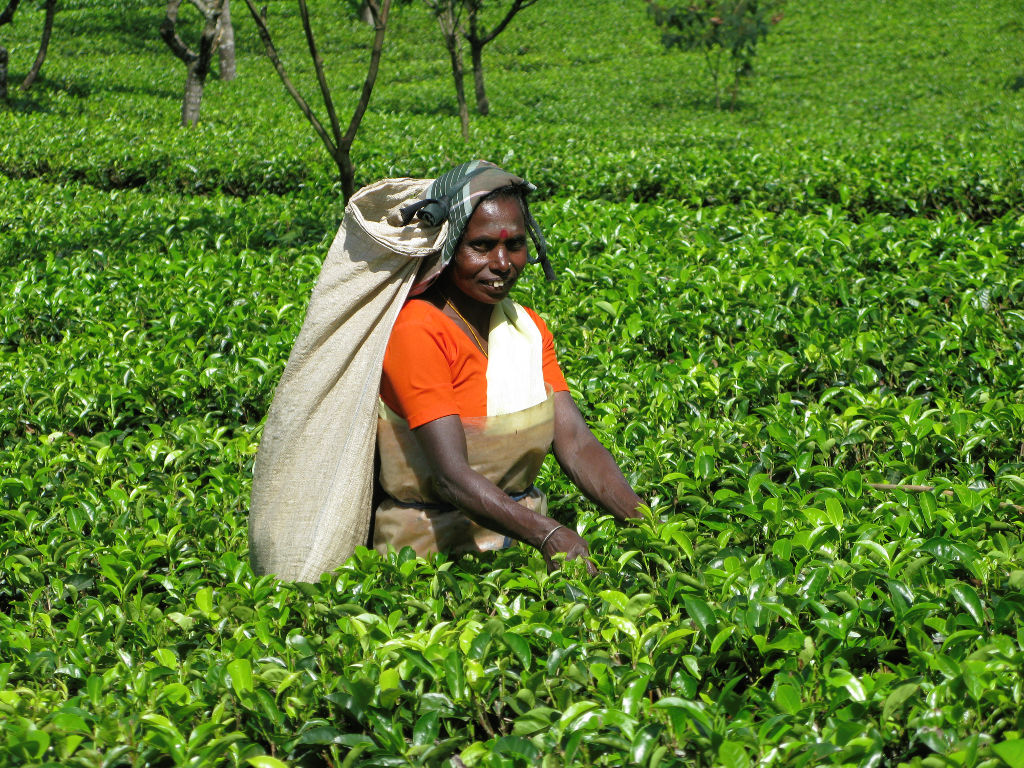
A Tamil tea plucker. The Tamils (from Tamil Nadu) are a minority in Sri Lanka, living mostly in the highlands and the northern Jaffna Peninsular. Historically they have been exploited and sometimes victimised.
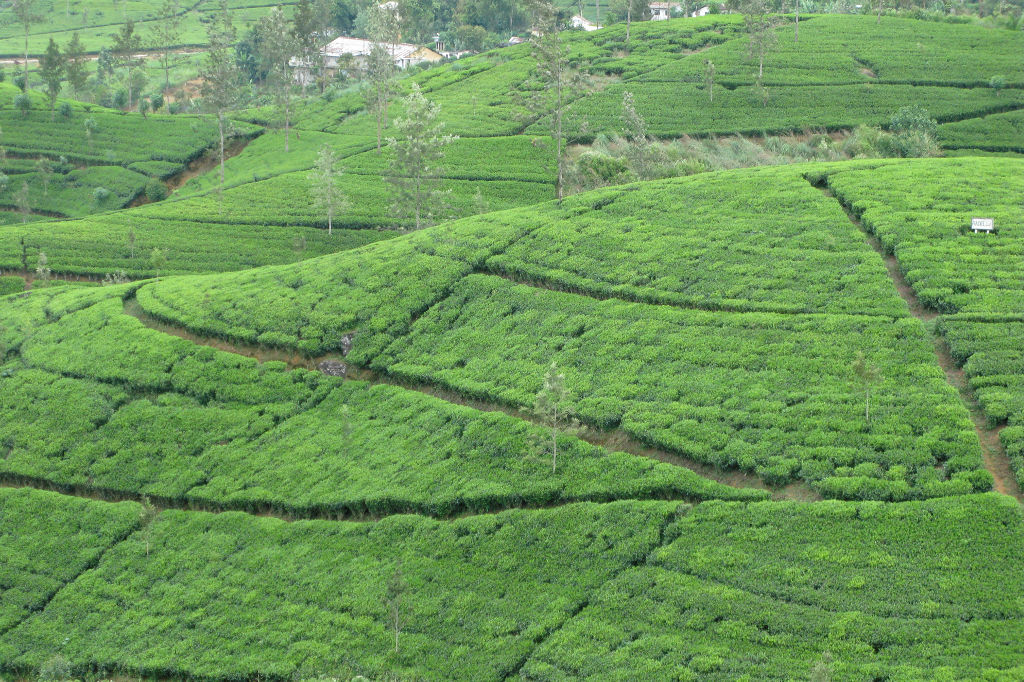
The landscapes in the tea growing regions are some of the most beautiful for cycle touring.
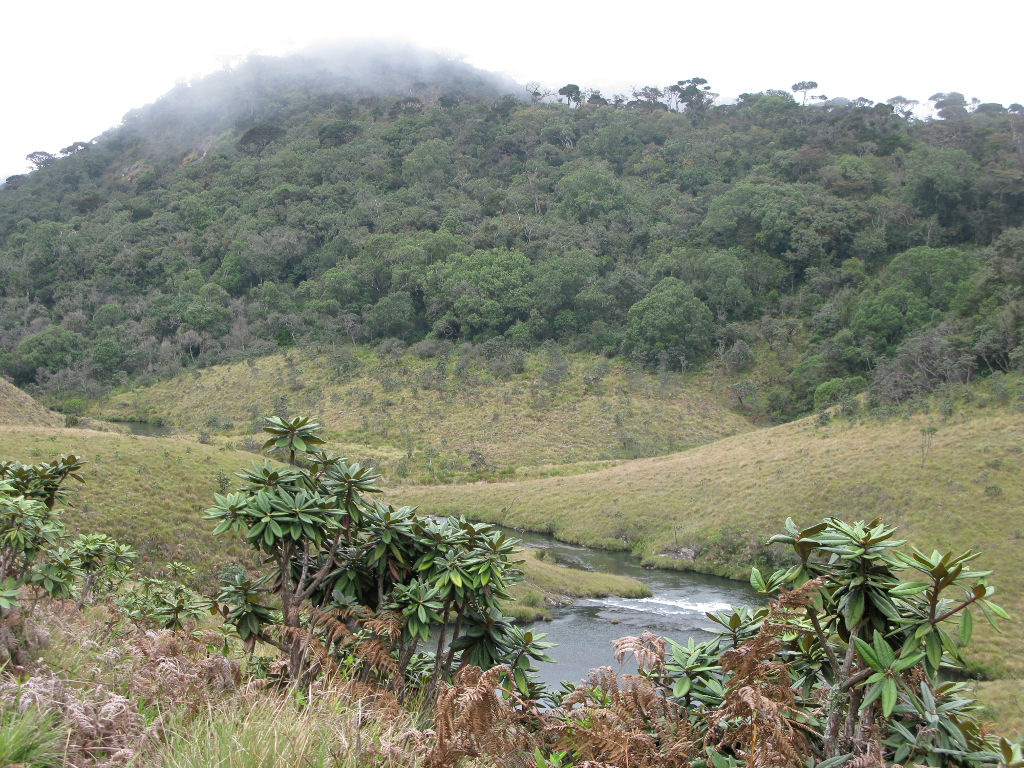
On a rest day at Nuwara Eliya I decide to take the round trip to World’s End, across the Horton Plains National Park. It is not at all flat and there is no road. Over 2,000m high, this landscape is shrouded in mist. There are native rhododendrons.
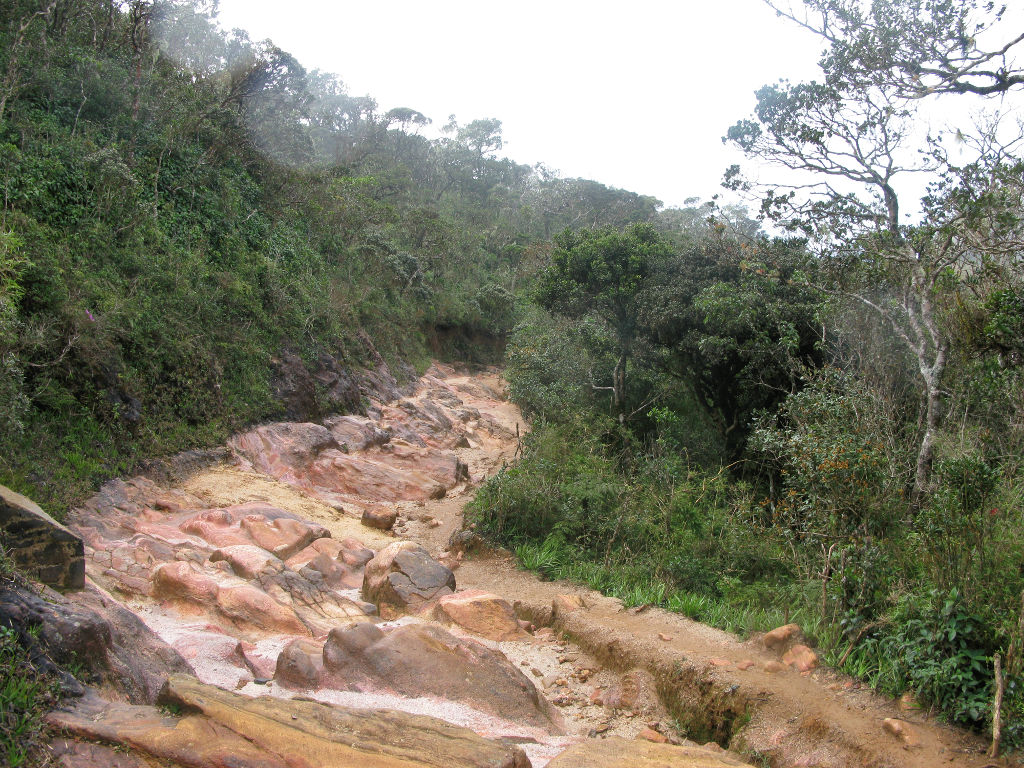
The walking track deteriorates. No fat tyre set-up would have helped and I am on foot for the last few kilometres to the lookout.
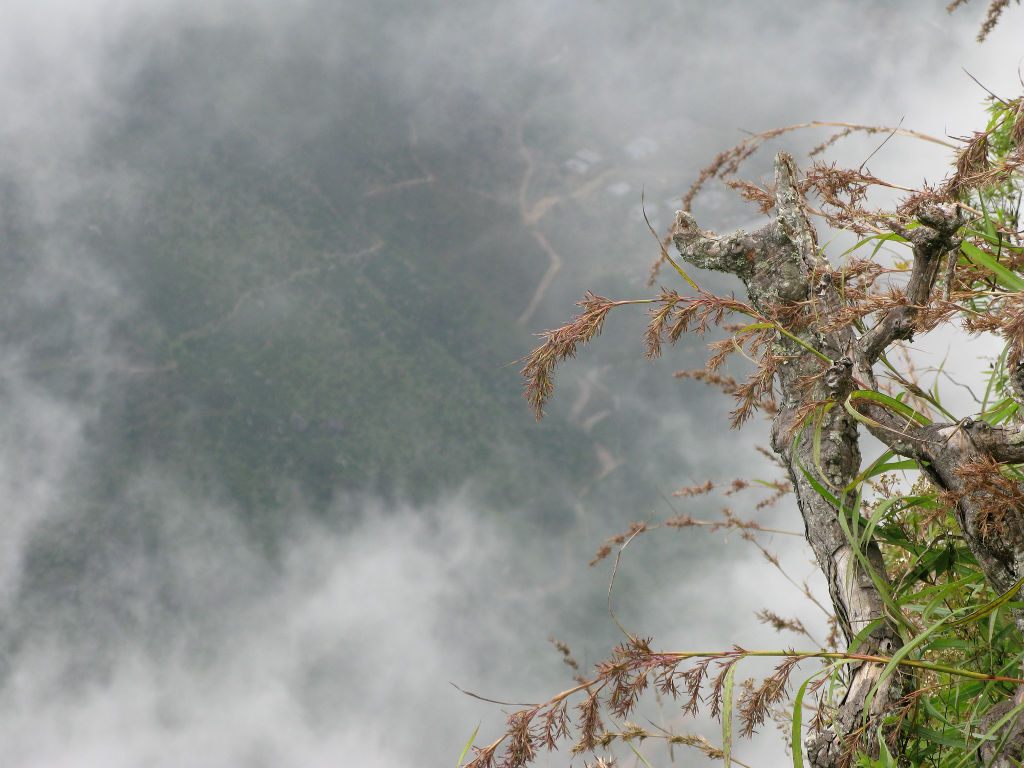
Finally, I reach the point where there is a sheer drop of more than 1,000m looking out over the south of Sri Lanka and the ocean beyond. You need to watch for moments between clouds but it is well worth the wait and the effort.
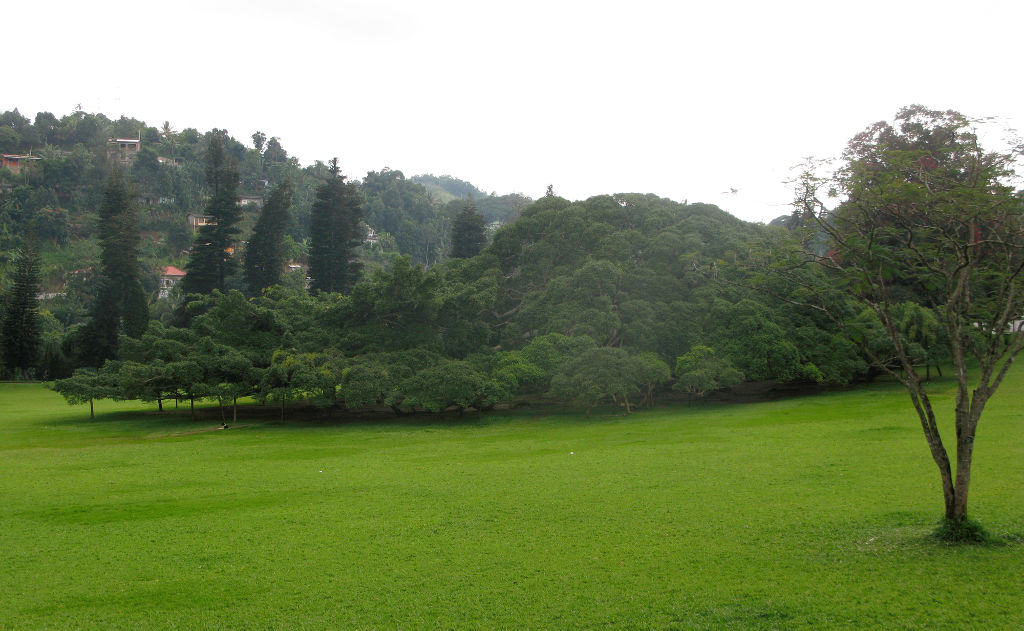
Not far from Kandy are the Peridinyar Gardens. This is one of the greatest botanical exhibits in the world. This shot is of a single tree covering more than an acre.
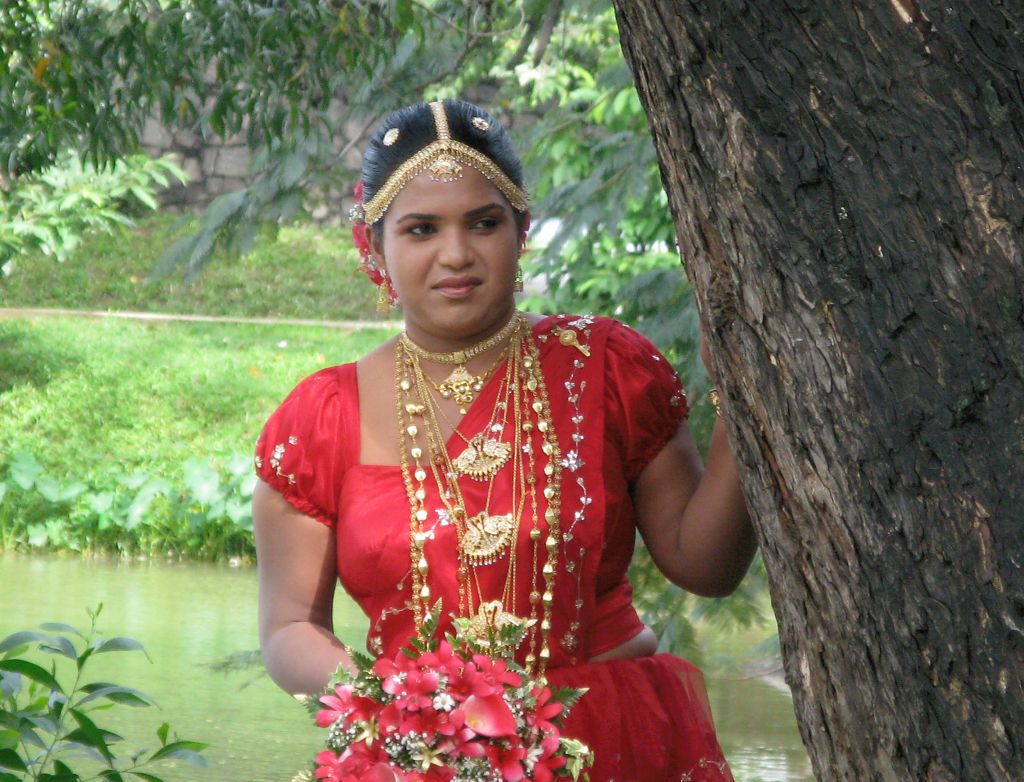
In Kandy, on the lakeside, wedding photography is underway.
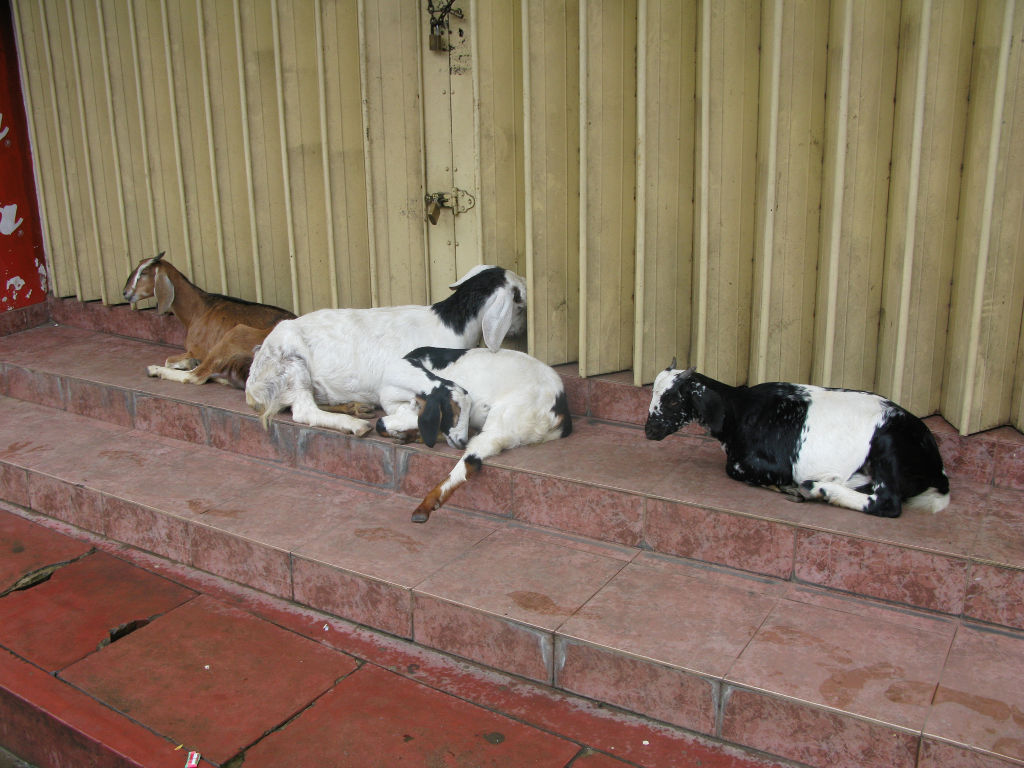
In western countries animals are kept in paddocks and increasingly even in animal “factories”. Here they get to roam about as they please.
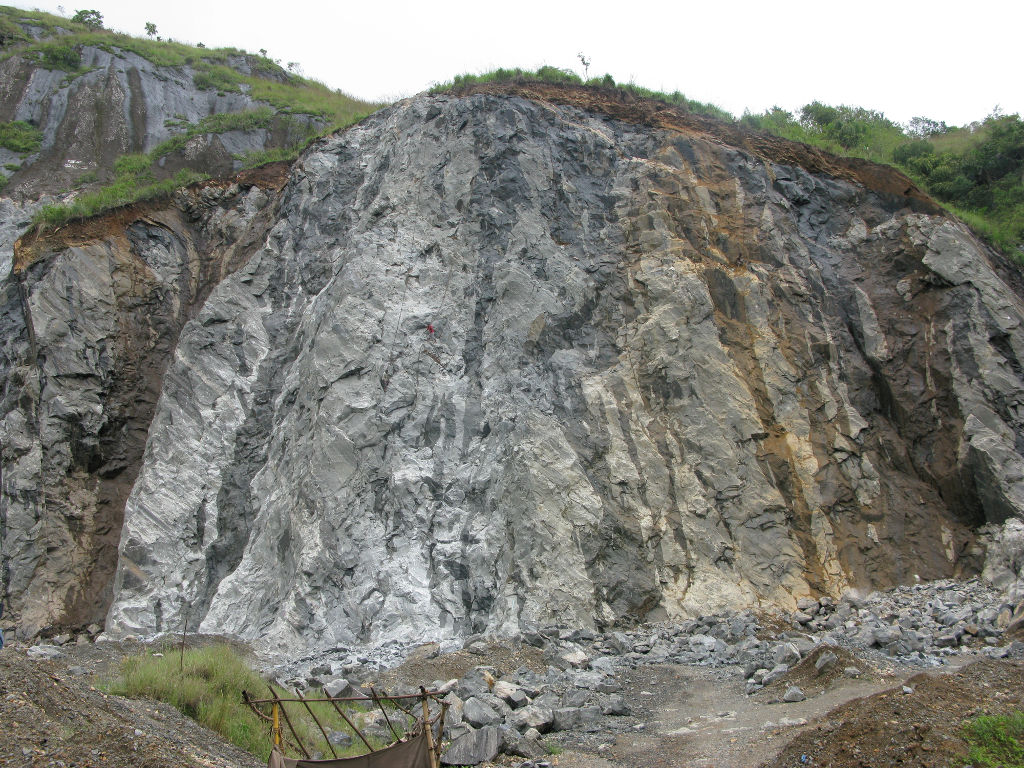
If you look just to the left of centre and up a bit there are men swinging on ropes. They are using crowbars and sledgehammers to break of rocks. What could be more dangerous?
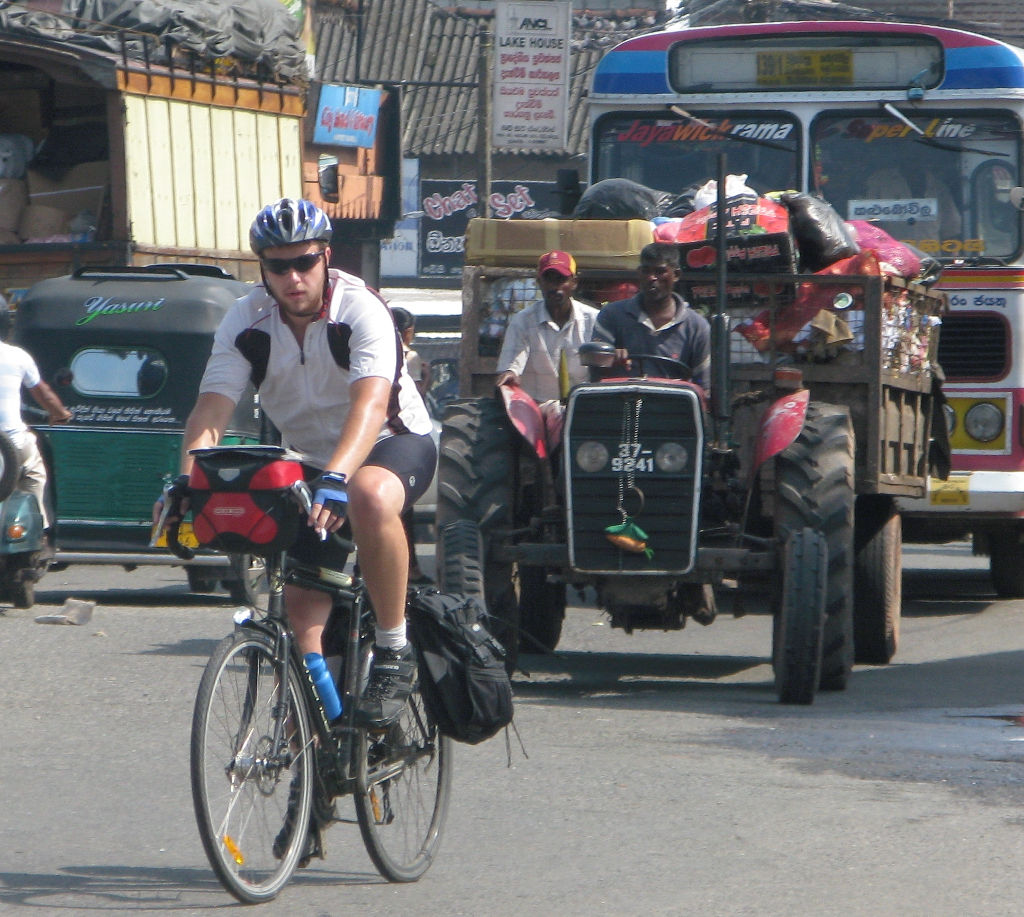
We are on our last day, bypassing Colombo and heading to the airport town of Negombo where our bike cartons are being stored. At the end of the trip, any earlier trepidation is replaced by confidence.
Outside of Heathrow there are busses to many places. I took my bike out of its carton and managed to get it into the luggage hold and soon was in Salisbury. From there I wandered through Dorset, Somerset and the Cotswolds, finally to Bath, catching a train to Heathrow where I was able to buy a bike carton.
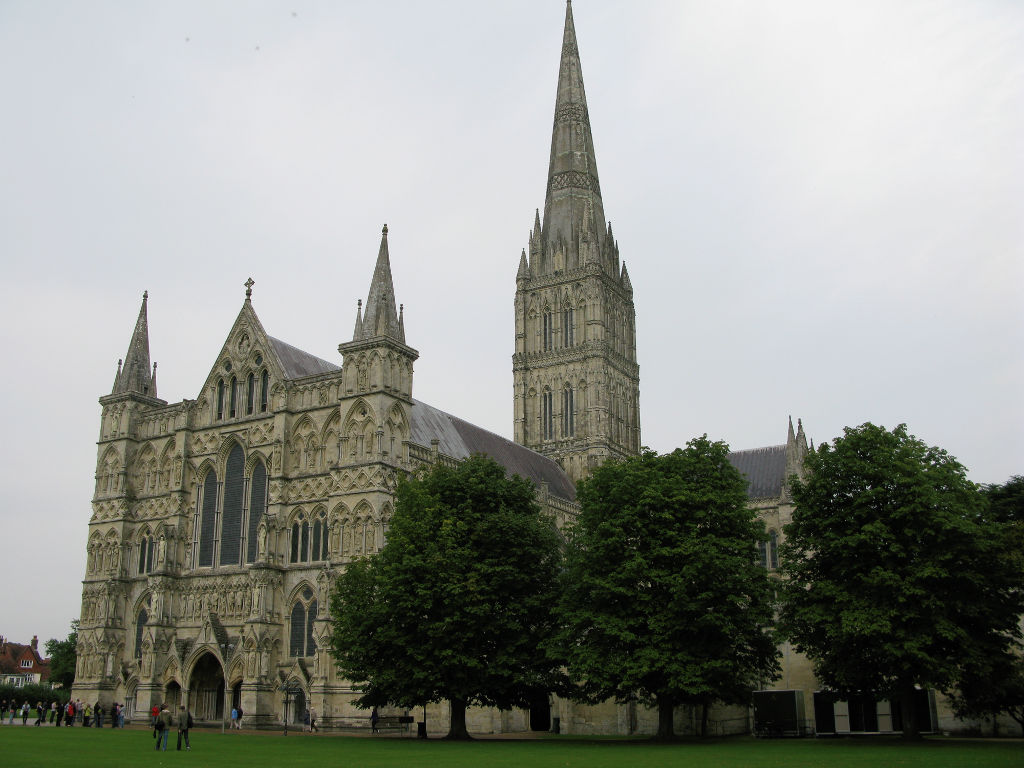
It is amazing to see the commitment of resources to construct a cathedral on the scale of the one at Salisbury. It took generations to build. Today we can’t imagine such an undertaking.
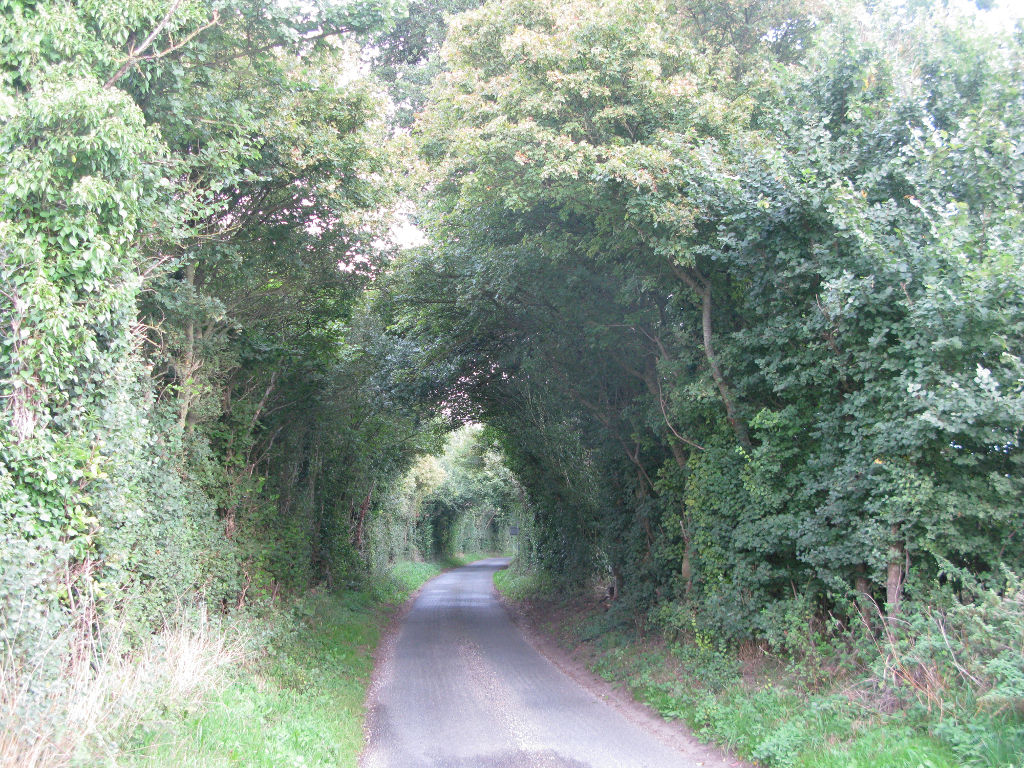
These country lanes are gorgeous to cycle along. There is practically no traffic on a weekday. I don’t even care where it is going as there will always be an Inn further along where I can stay.
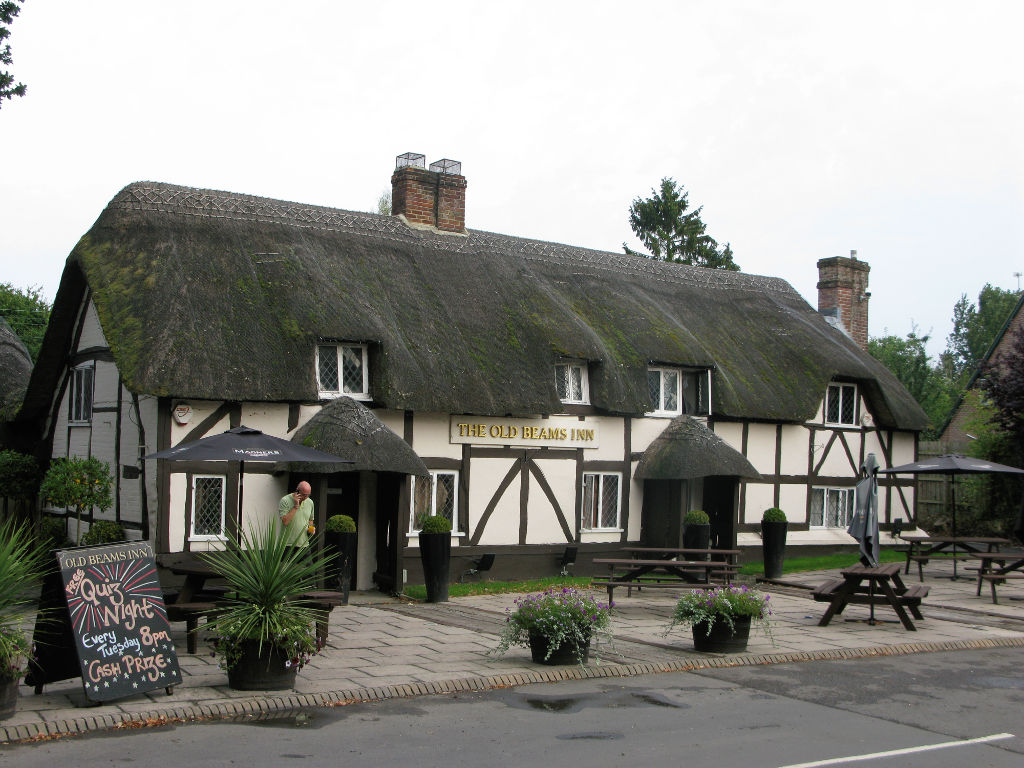
Sure enough, a country Inn with thatched roof and all. The rooms are small, the bed is short, the shower and ceiling too low. There is no wifi. But it is charming and I am not complaining.
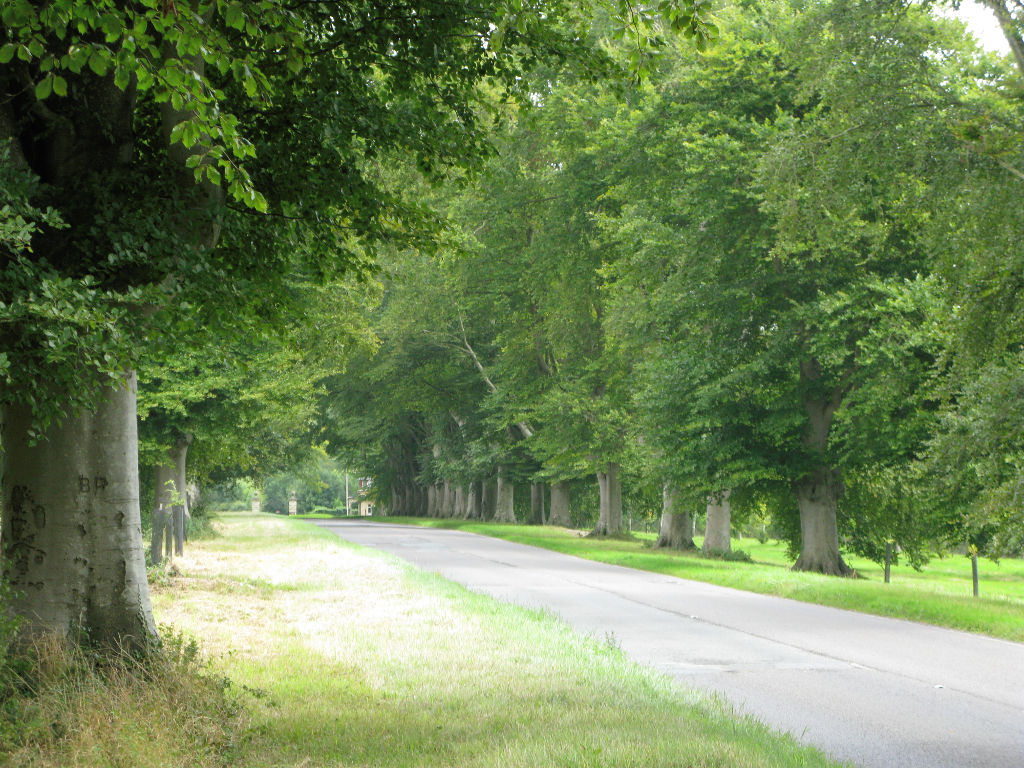
I’ve heard it is cold and rainy here in England but that is not the case for me. It is beautiful weather and the roads are fantastic for cycle touring.
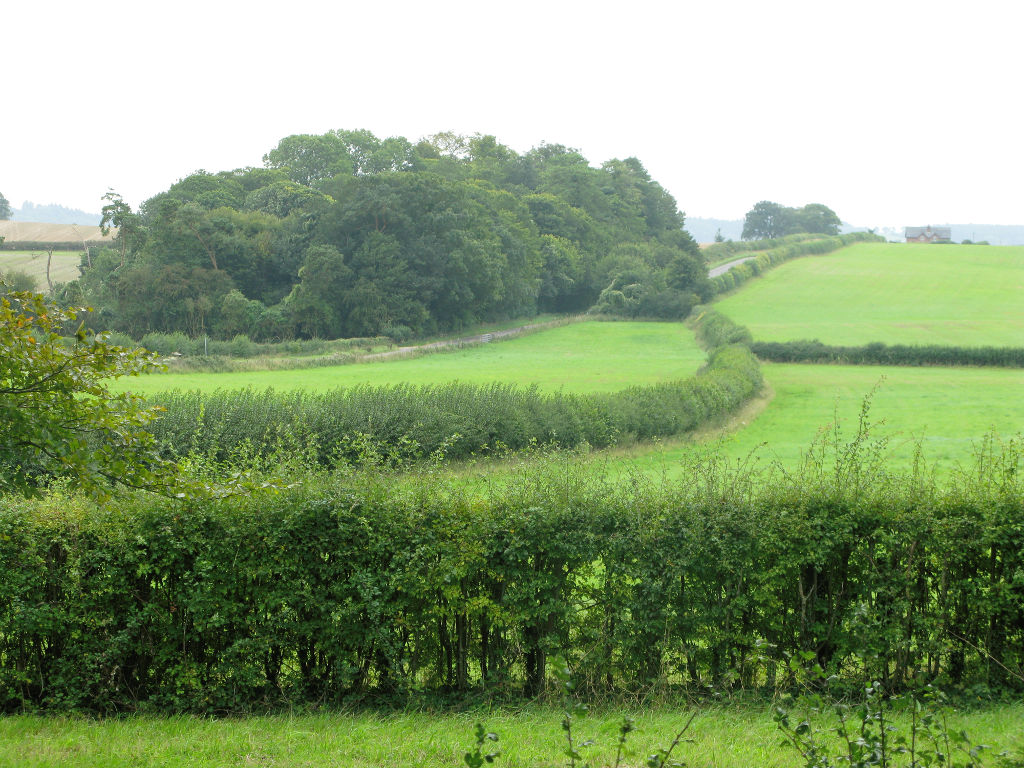
Why bother with fences you have to pay for and maintain when you can have hedges for free. This is hedge central. Second only to New Zealand.
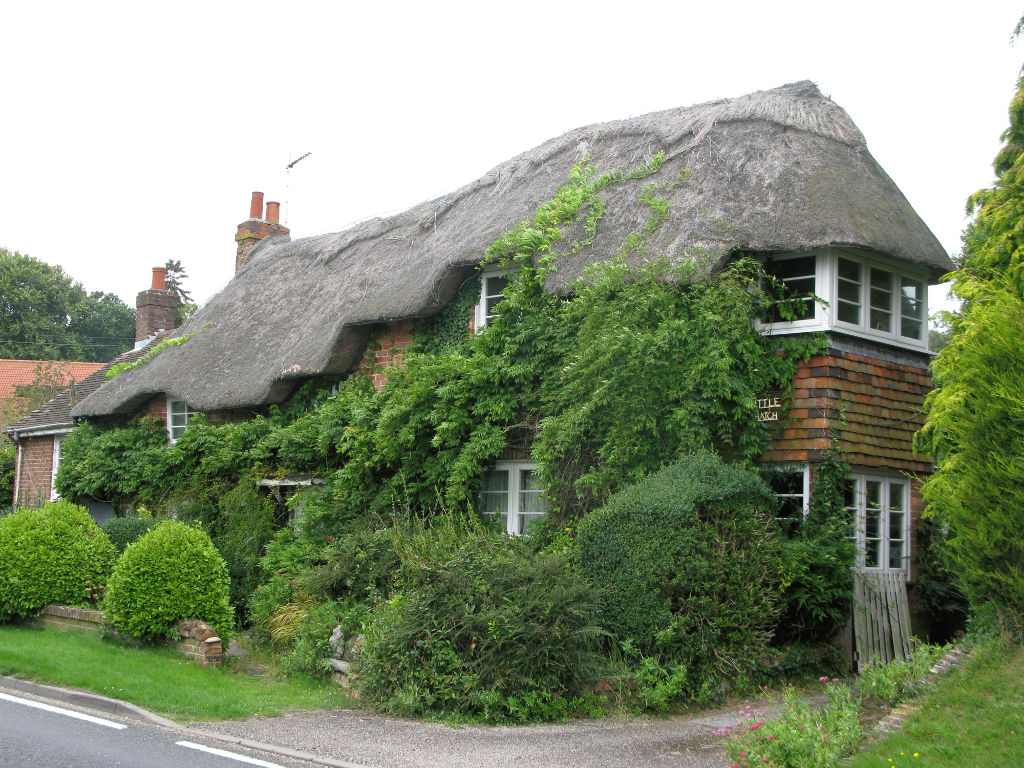
This roofing system is amazing. Perhaps not long lasting as some. Not sure about that. But thatched rooves are beautiful. They are common around here.
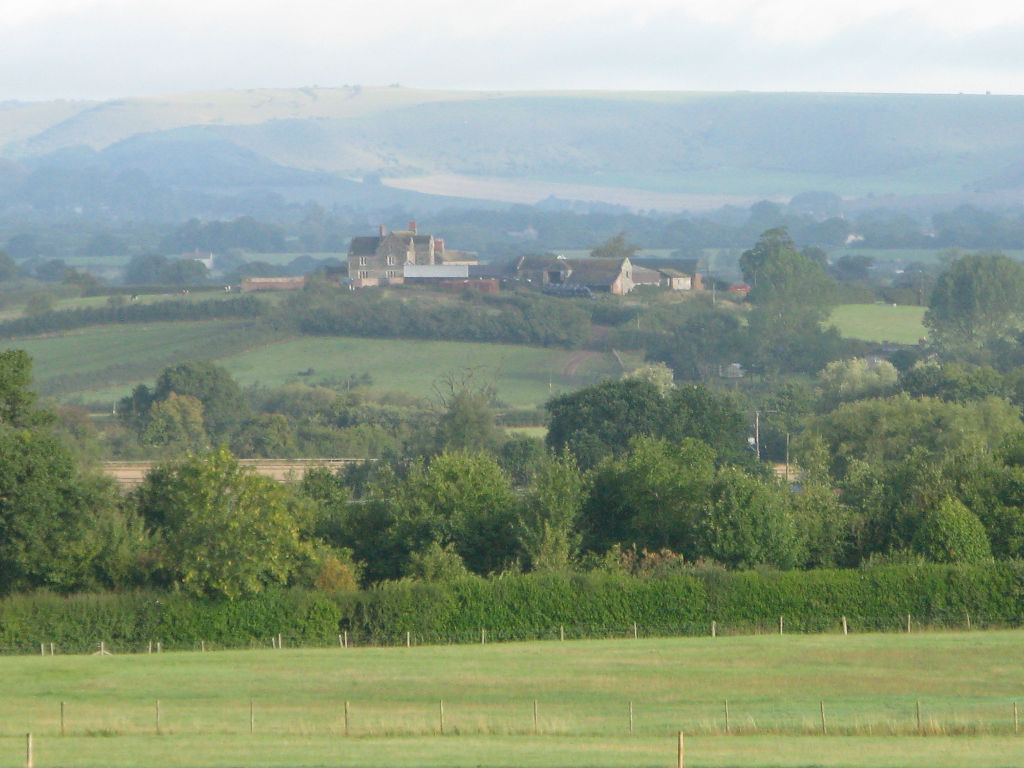
Opps a bit of fencing in the foreground! Every time you climb a hill you know you’ll be treated with gorgeous a vista.
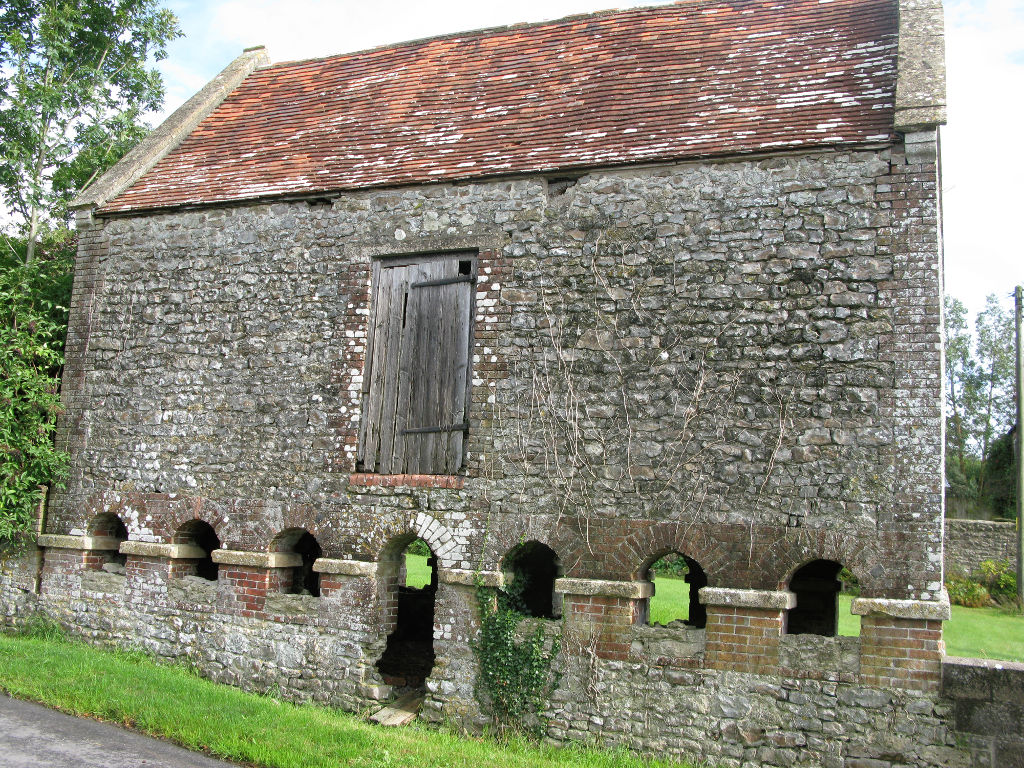
What is it about old stone buildings? The fact that they are made with natural materials and last forever? That you can see the craftsmanship woven into the structure? That they outlast the need for them but remain as reminders of older times?
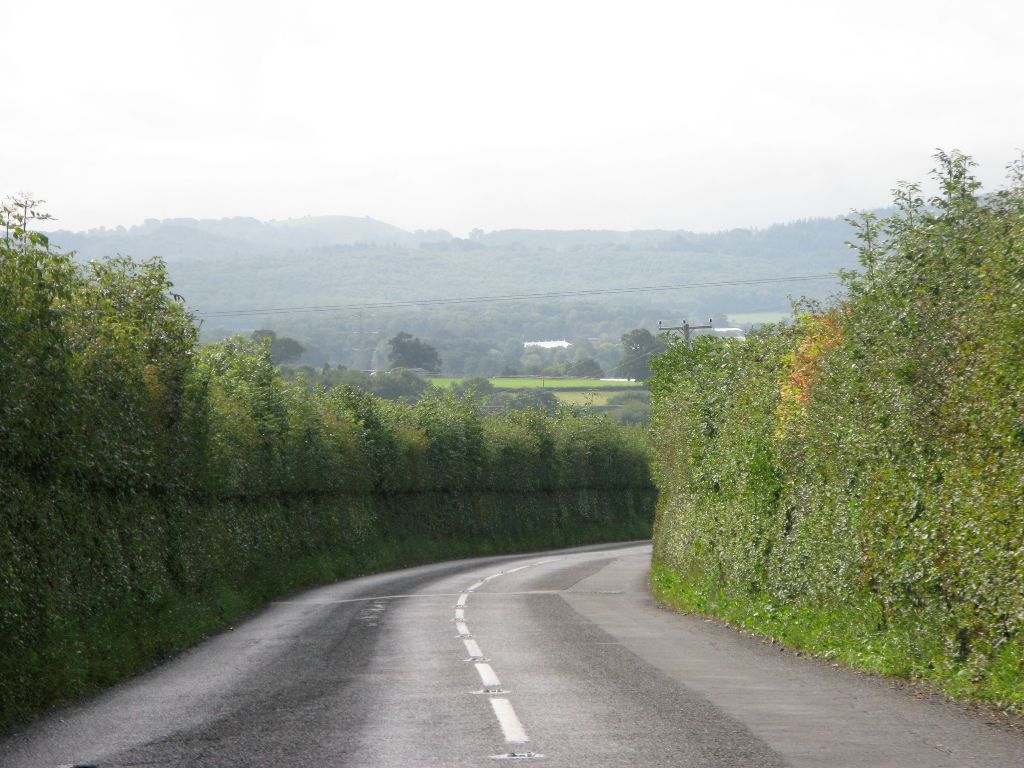
This is a typical country road in the Cotswolds. It would be difficult if there were big trucks or hoons but generally, today at least, there is negligible traffic.
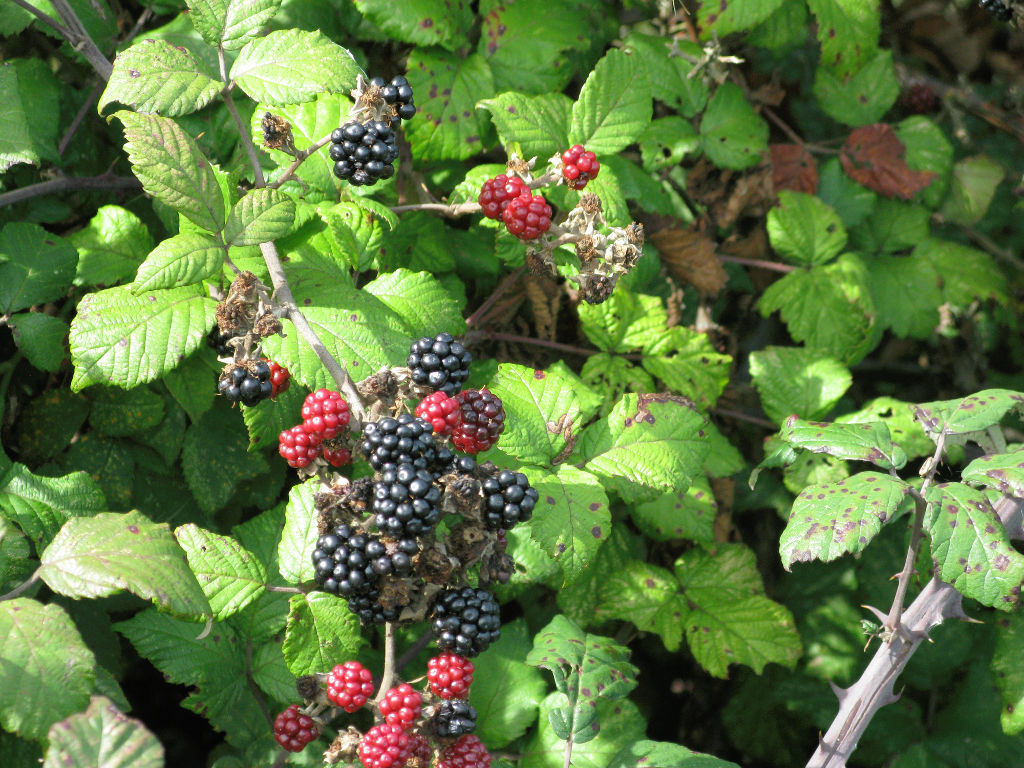
Plenty of roadside fruit for cyclists.
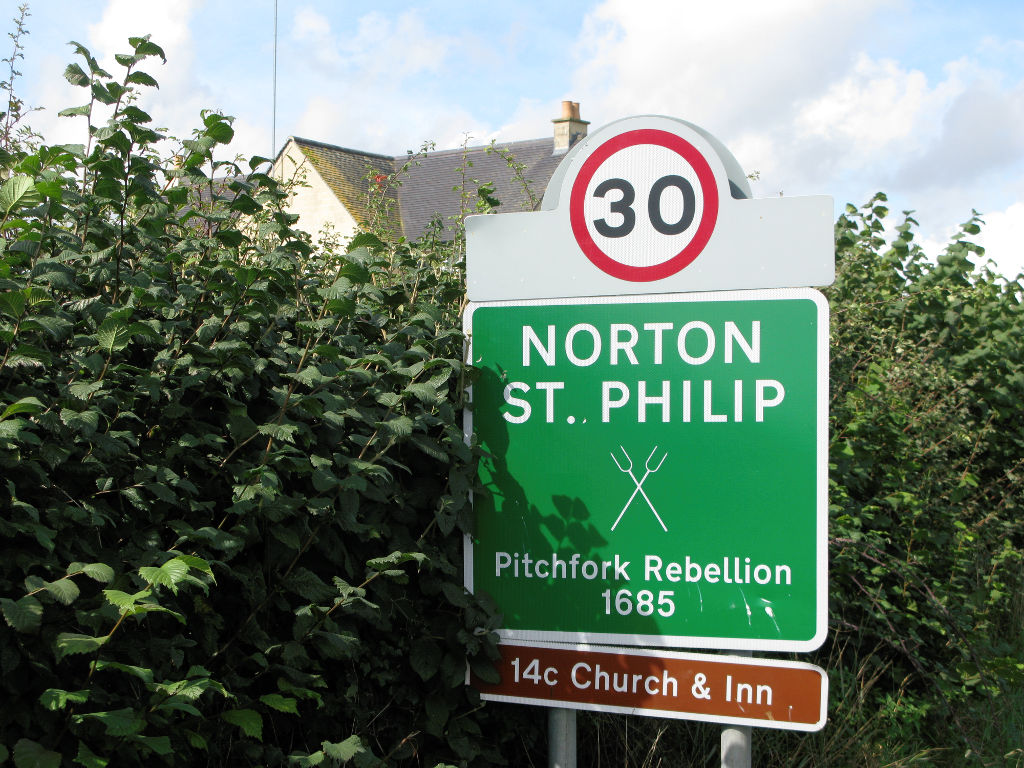
England treats its history with respect. Things we would never know about are signposted and make for interesting reading at night.
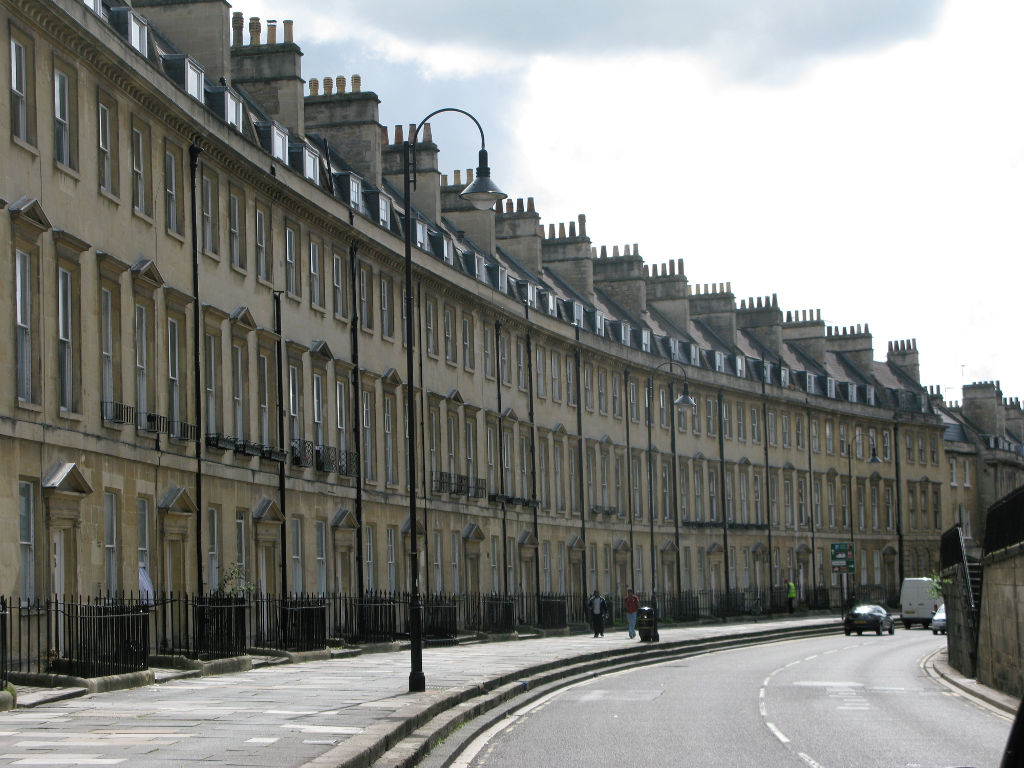
Arriving in Bath. I am amazed by the number of folding bikes being ridden around. The next morning I see why. On the train bound for London several people have folding bikes tucked in beside them while I had to prebook one of the few places available for a full sized bike.
Three of us land in Hyderabad and ride to Bangalore via the west coast. We head west across Gulbaga District to Bijapur, south to Hampi, west and down the ghat to the Malabar coast, south on the coast road to Mangalore, back east up the ghat, through Hassan, and to Bangalore.
Except for the first day this tour is entirely in Karnataka.
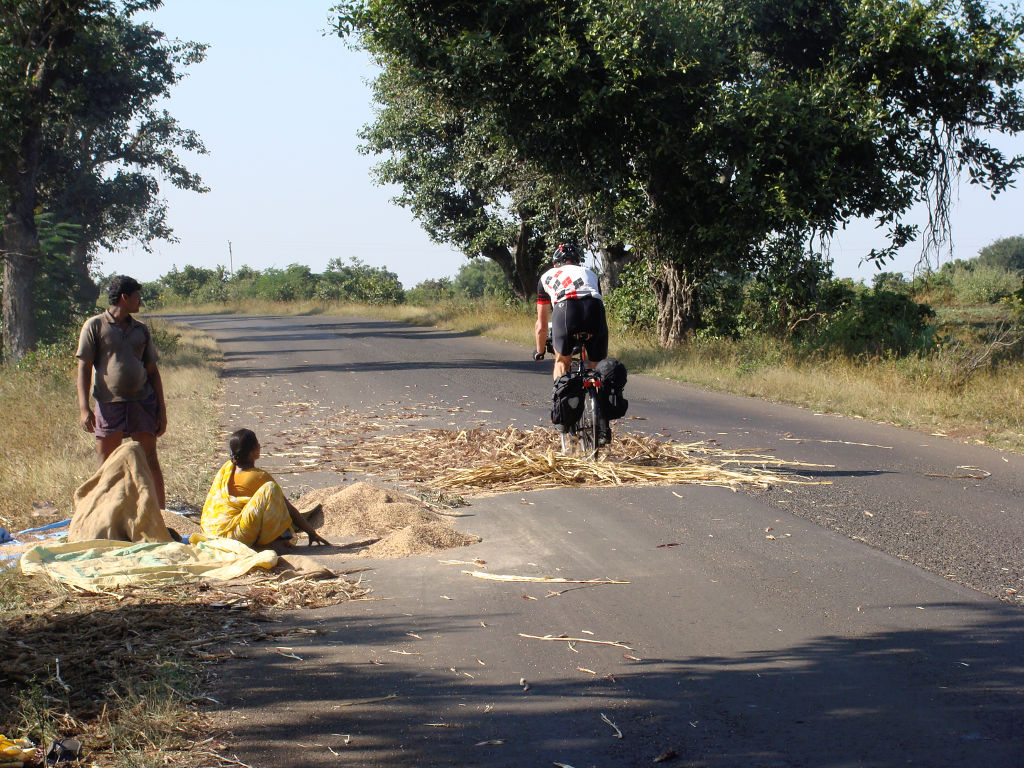
Out in the country in India the farmers scythe the grain crop and then need to thresh it. Some use passing vehicles to do this (to separate the grains from the heads).
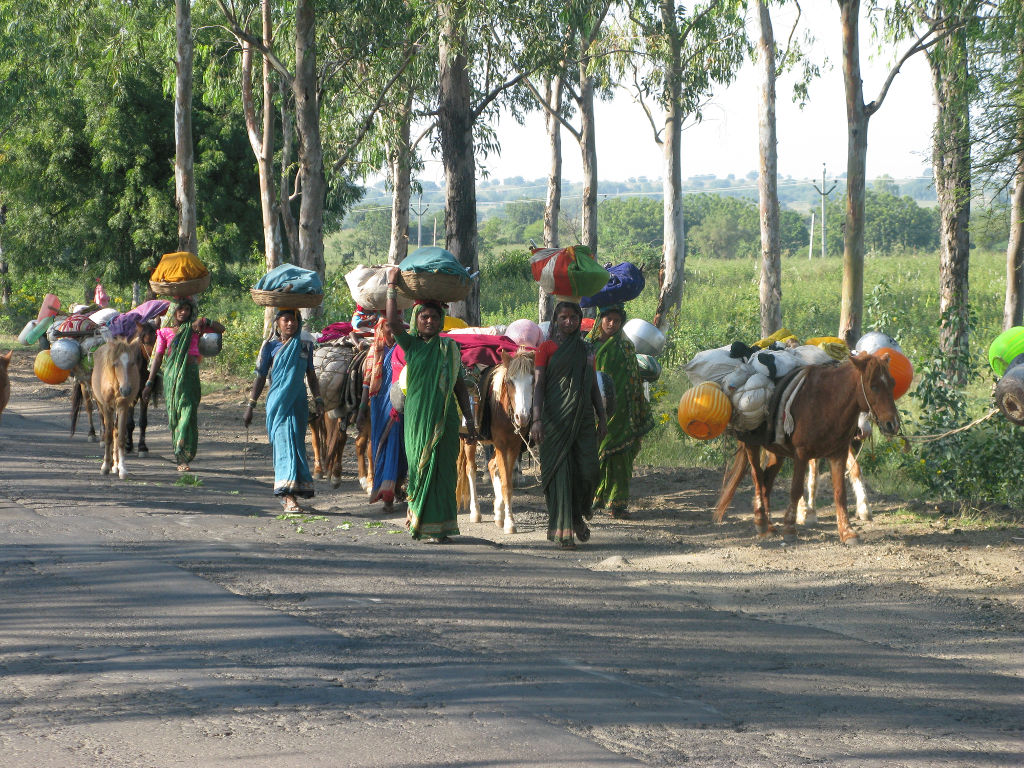
We shared the road with the gypsies today. The men go in front with the goats. They have hooks on long poles to pull down branches. The women follow with donkeys and all their camp equipment and any baby goats.

A “must see” in Bijapur is Gol Gumbaz, the tomb that was the inspiration for the Taj Mahal. It was begun in 1626 and took 30 years to build. A 44m wide dome, the biggest in the world at the time and still intact. Its acoustics are so perfect that a whisper on one side can be heard on the other.
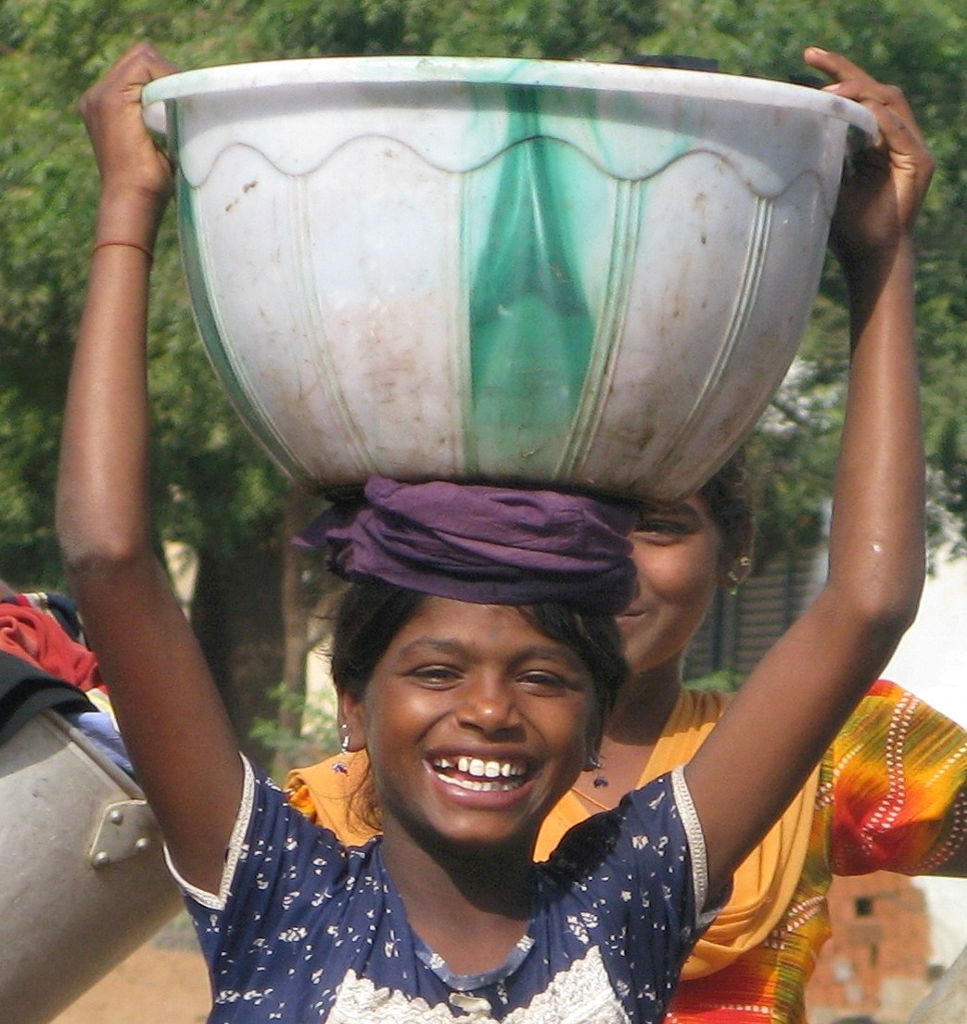
Girl in Kushtagi Karnataka.
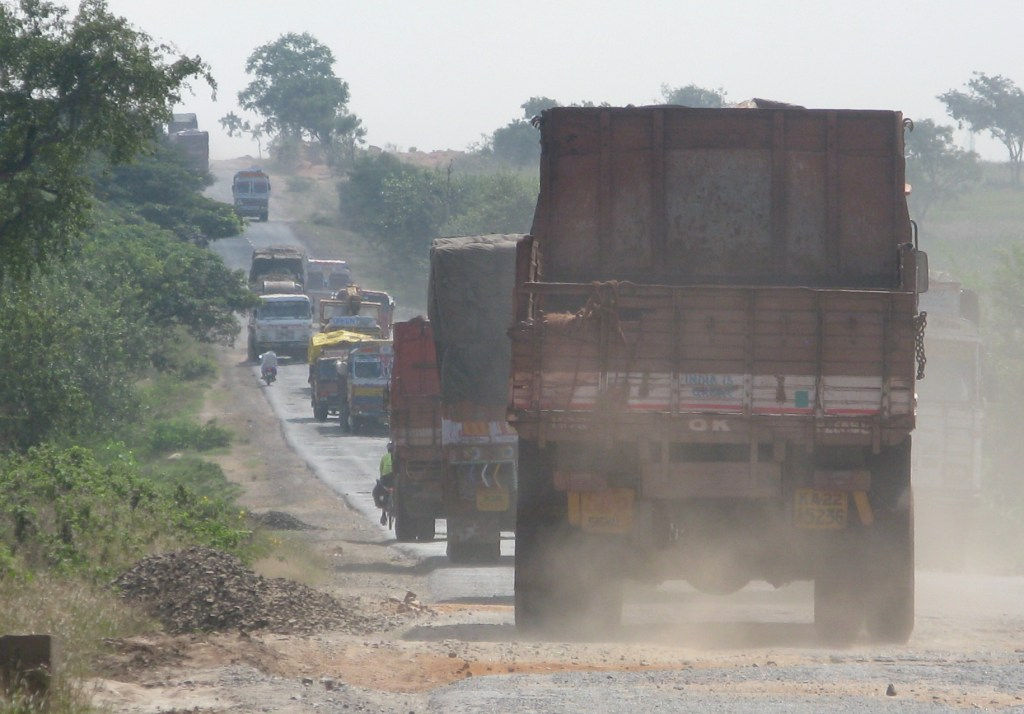
We went down to Hampi today which is a fabulous place. But the particular road was quite toxic around Hospet. You can barely make Kim out in front of the third truck. As scary as this seems, the Indian lorry drivers take care of us and we are not complaining.
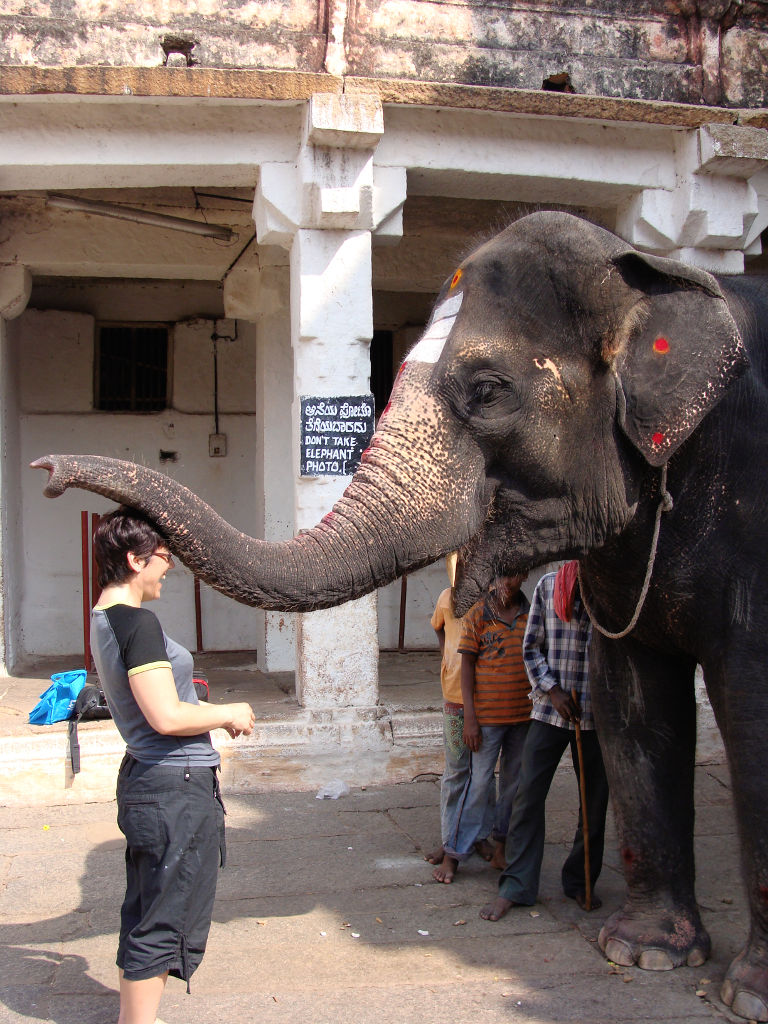
The elephant handlers in Hampi have got it all worked out. Slip them a coin and they give a subtle signal to the elephant and you get a blessing. It is a lot of fun.
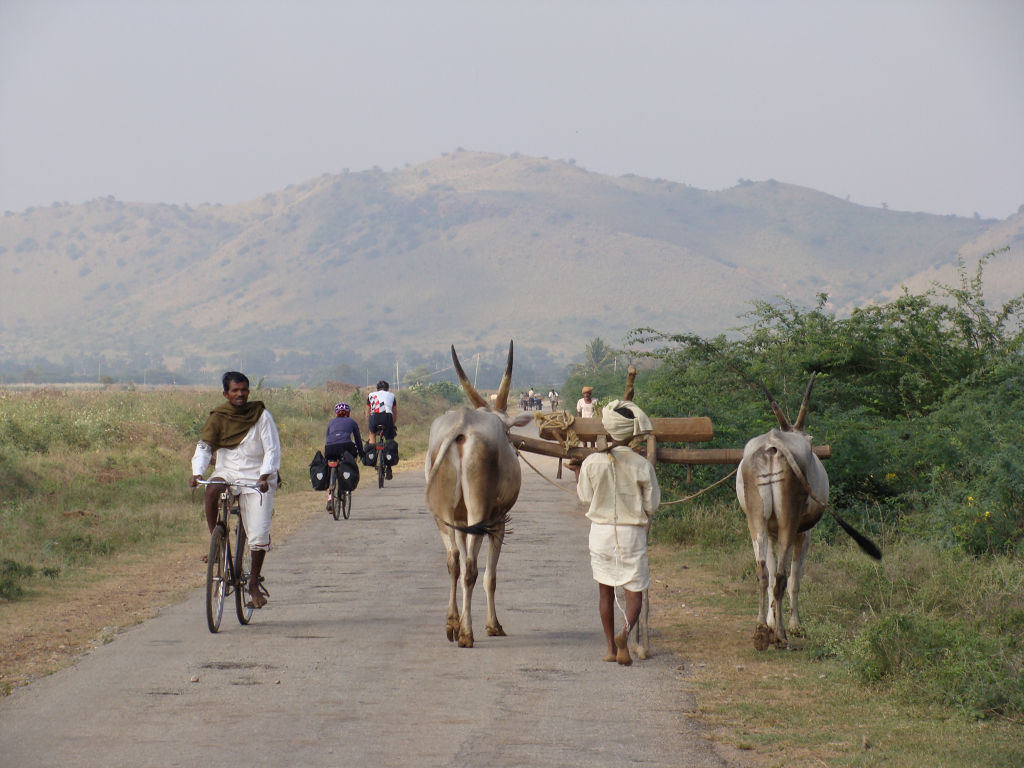
Back on the quite roads again today. The roads are a bit crappy but 35c tyres do well. Punctures are extremely rare in countries where there is a lot of walking and cycling.
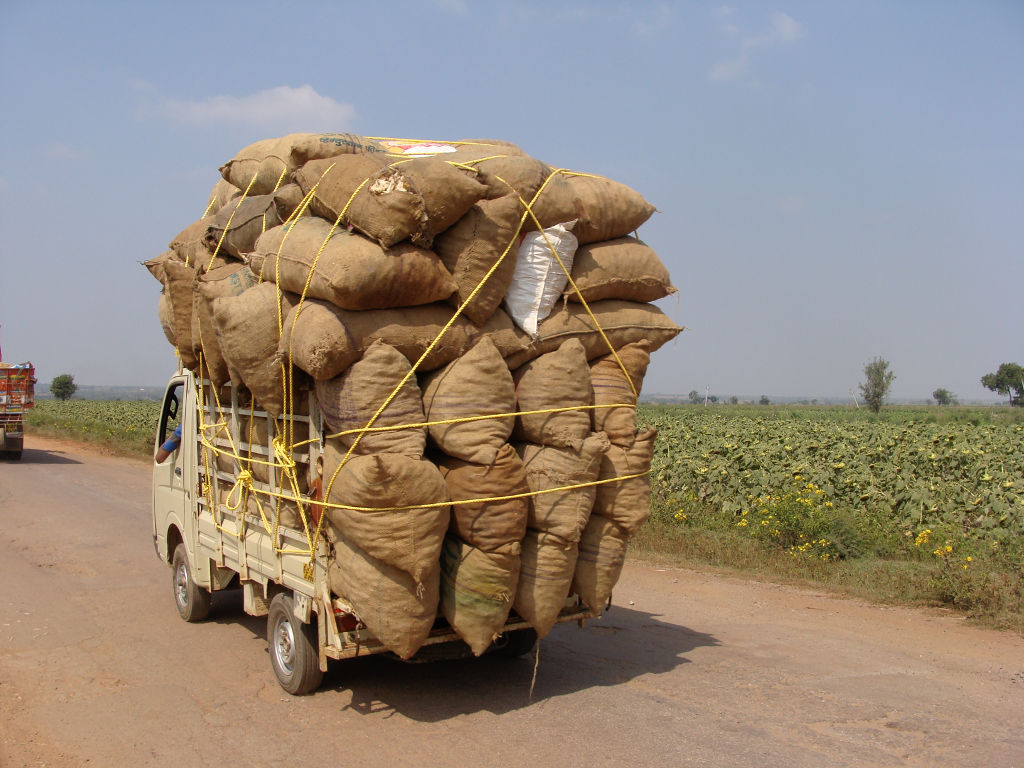
Big load shot. Small vehicle category.
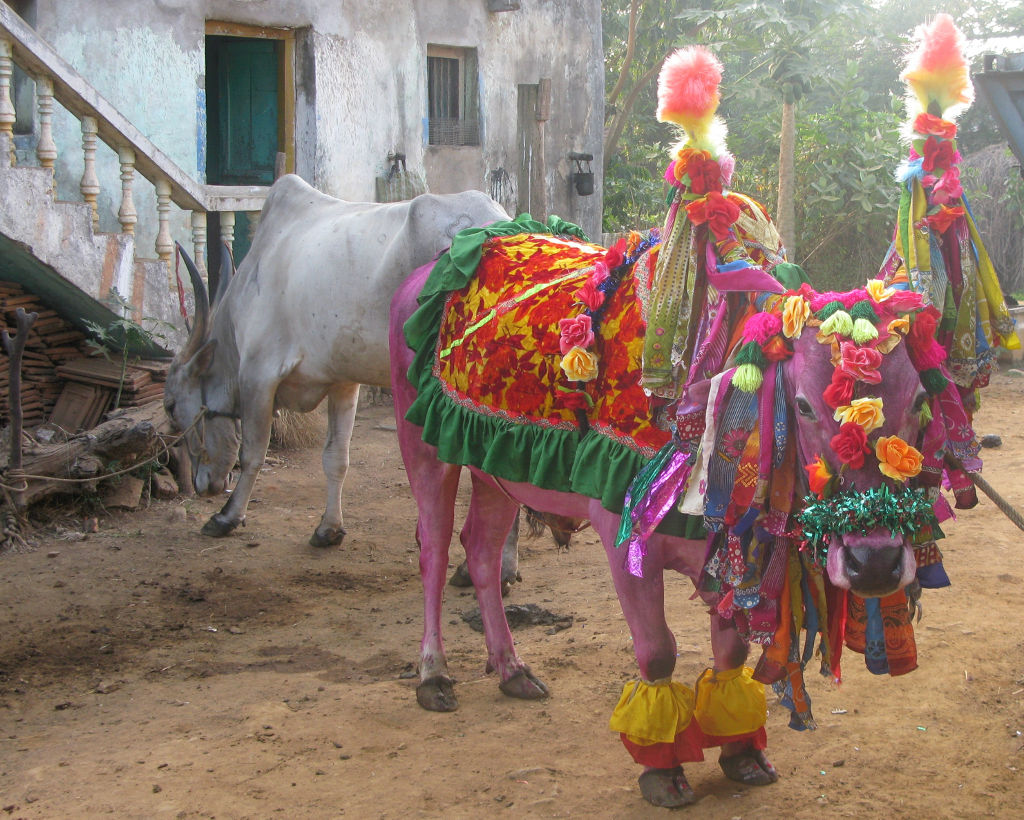
There must be a festival tomorrow. This bull has been prepared for some big procession. They love their cattle. Quite a way to show it!
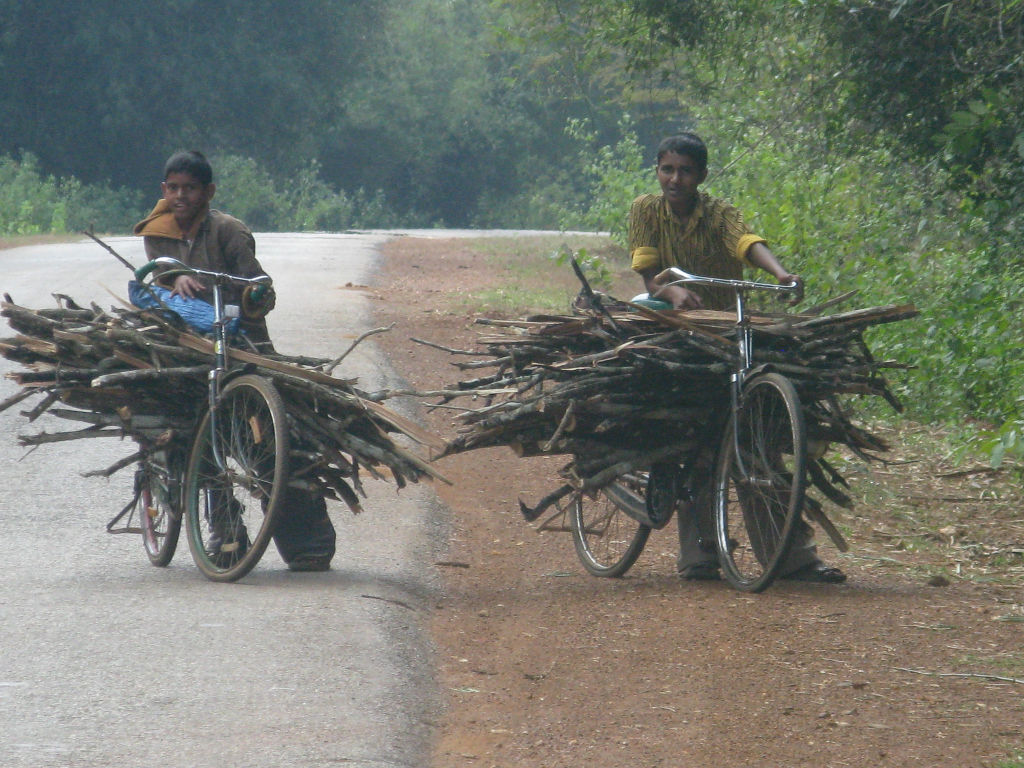
This is a common way of using a bicycle out in the village areas of India. The boys can carry a lot more than they could manage to have on their heads. They just wheel the bikes back to their homes.

Travelling down the west coast, each river bridge has to be inland to allow it to be shorter. So its fresh water and this makes for sand usable in concrete. Boats carry the hand-dredged sand to jetties.
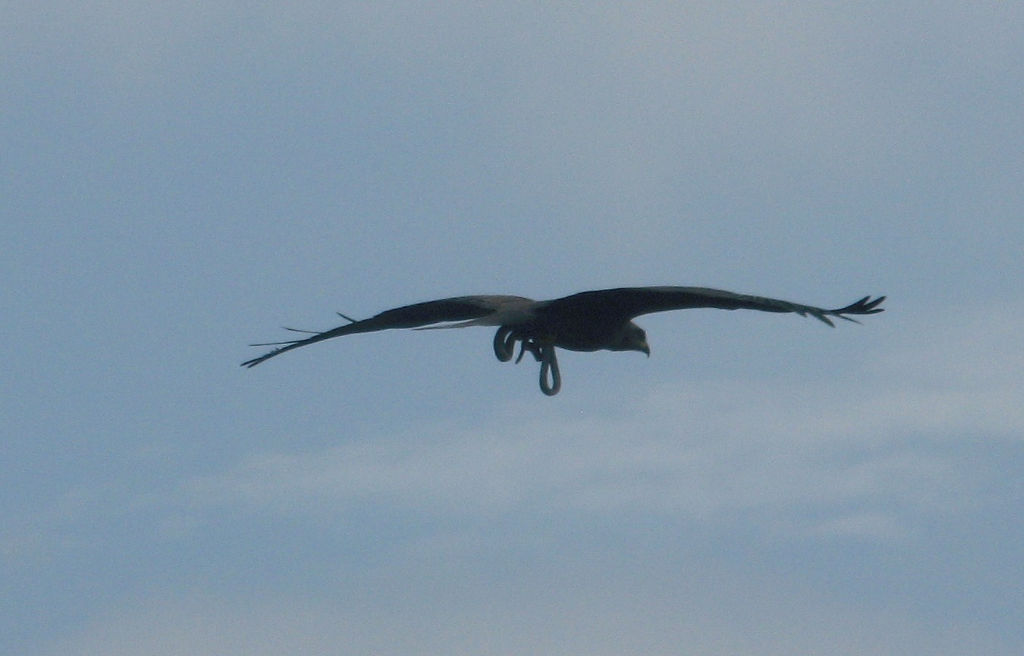
It is always hard to get shots of eagles so I was very lucky today to catch this amazing bird just after I’d seen it swoop down and grab a snake.
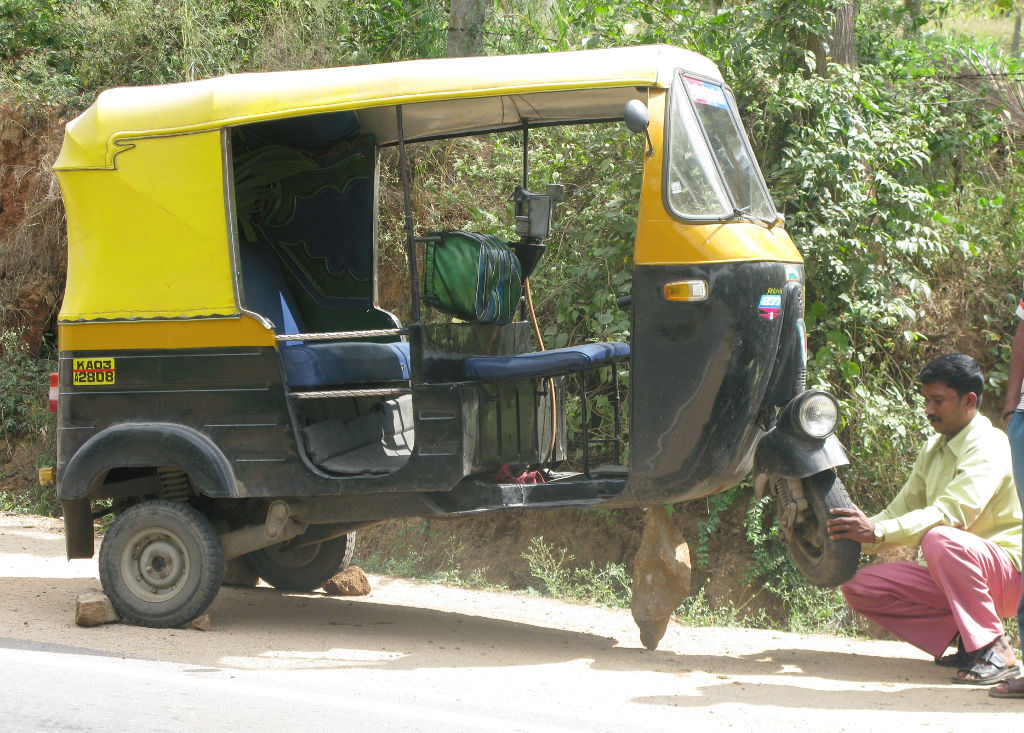
Cycling in India reveals the ingenuity of people as they confront simple daily challenges. We have a common bond with them as we use our own power, we sweat, and we have our daily problems and successes.
A trip to Eurobike in southern Germany, using a return flight to Frankfurt. With my bike still in the carton I bought at Sydney airport, I catch the ICE train to Ulm. 140KM from the bike show, ride to the show, stay at the camping there, then get regional trains to Nuremburg and ride west through Wurzburg to Frankfurt, get a carton at the airport and return to Sydney.
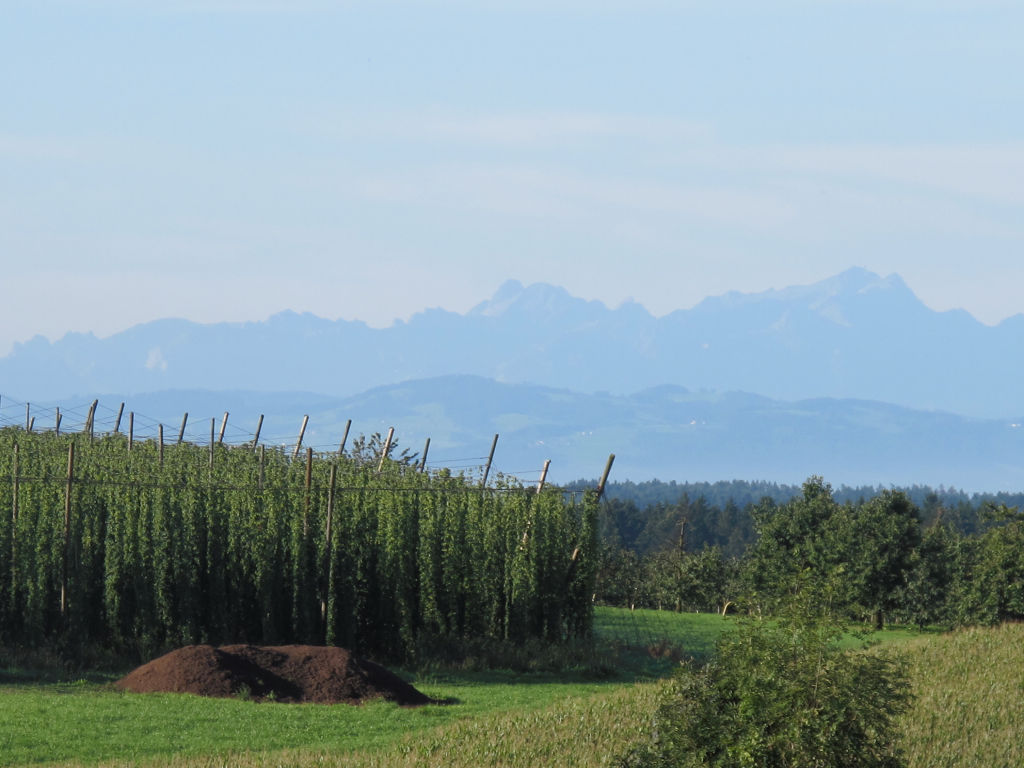
There is nothing like a long bike ride after a long flight to get you into the time zone. Descending down to Bodensee through hops and apple farms I know I am almost there.
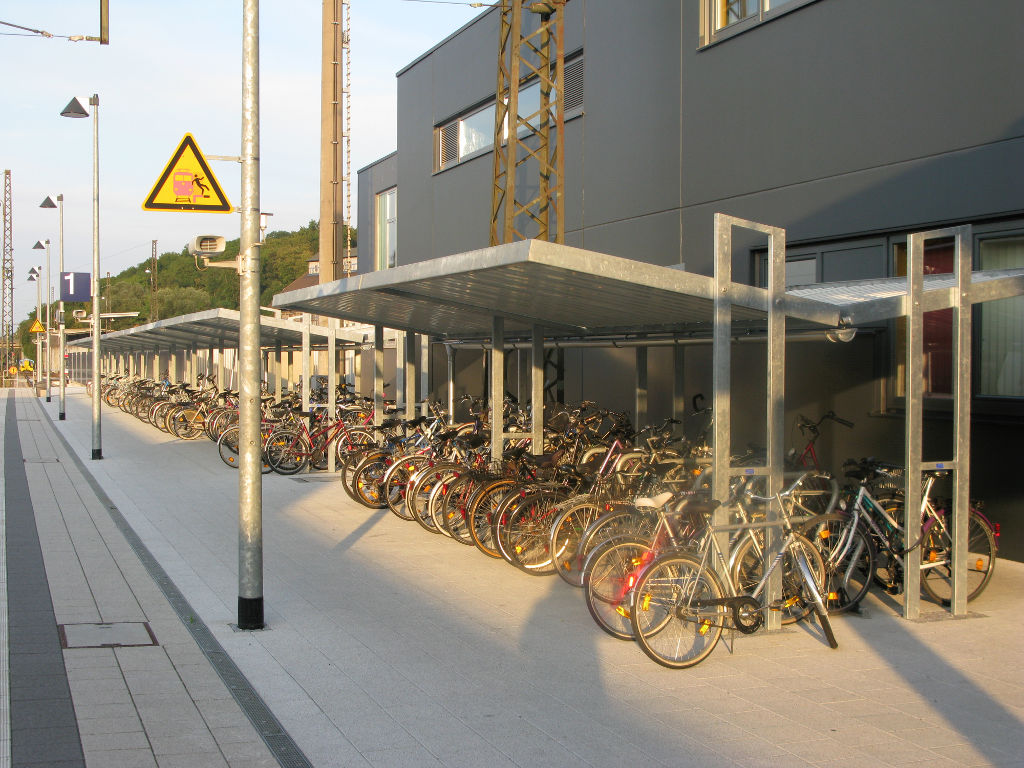
On the train NE to Nuremberg’ stopping at many stations, the number of bikes parked at each one is amazing.
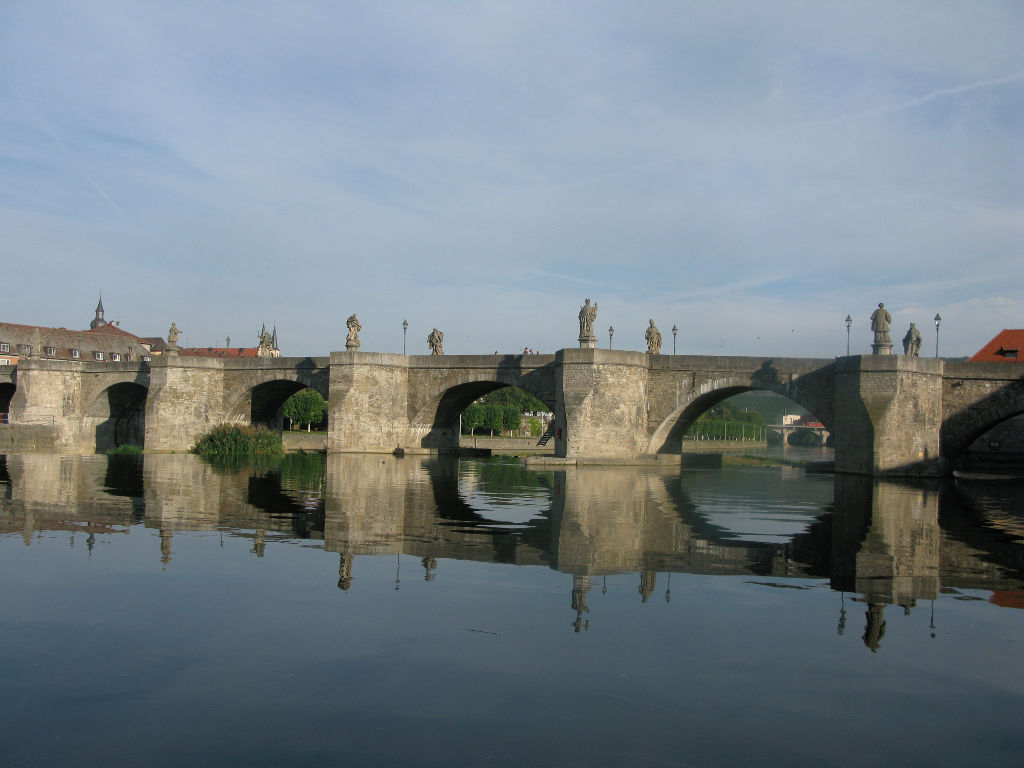
Riding in Germany, indeed in much of Western Europe, one is regularly treated to surprises. Arriving in Wurzburg an example of that is this beautiful old bridge with statues of saints on each side.
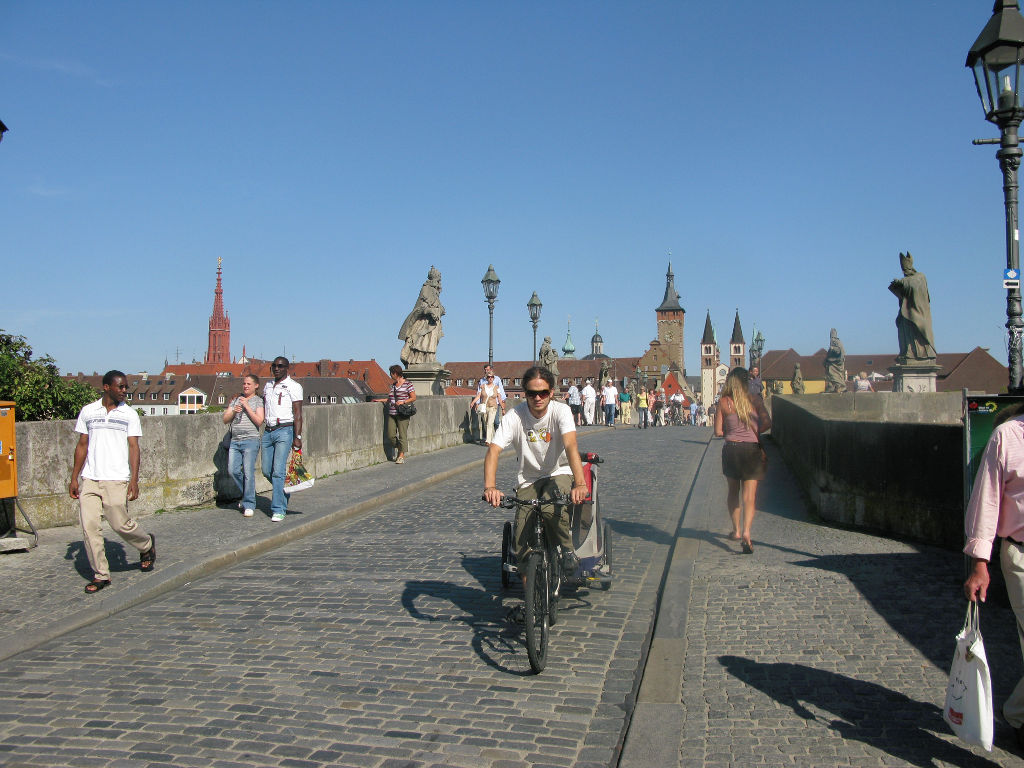
The bridge was destroyed in WW2 and completely rebuilt. Now it is just for pedestrians and cyclists.
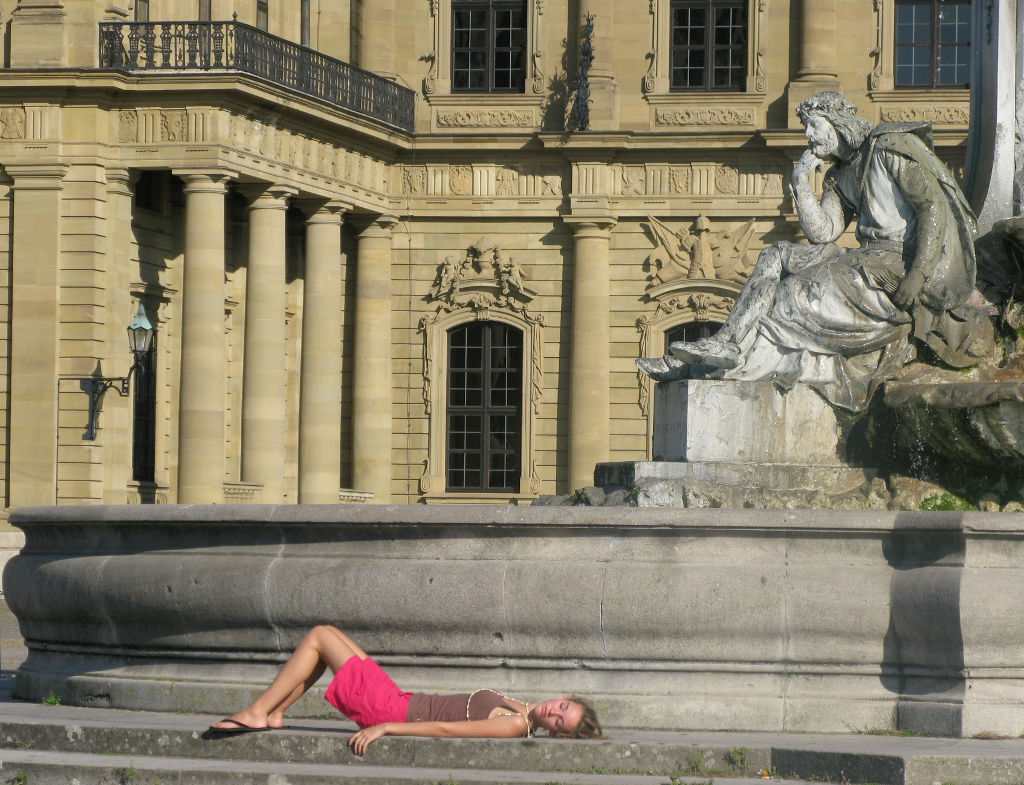
In the town square a woman basks in the sun.
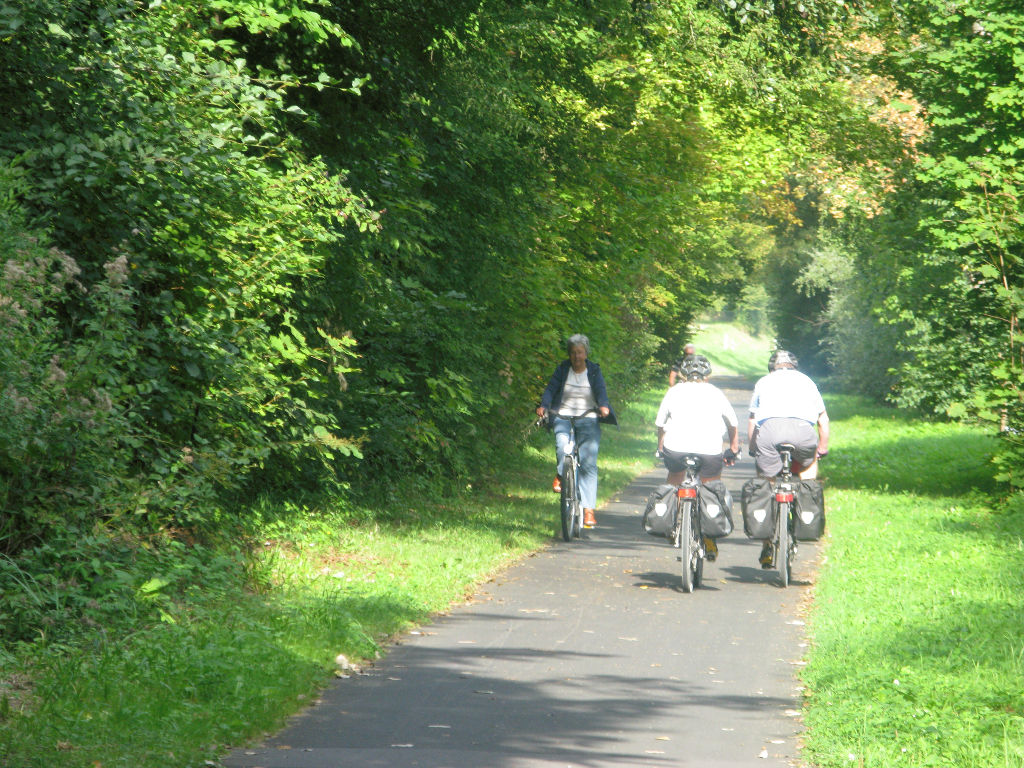
Leaving Wurzburg. It is always nice to see other touring cyclists.
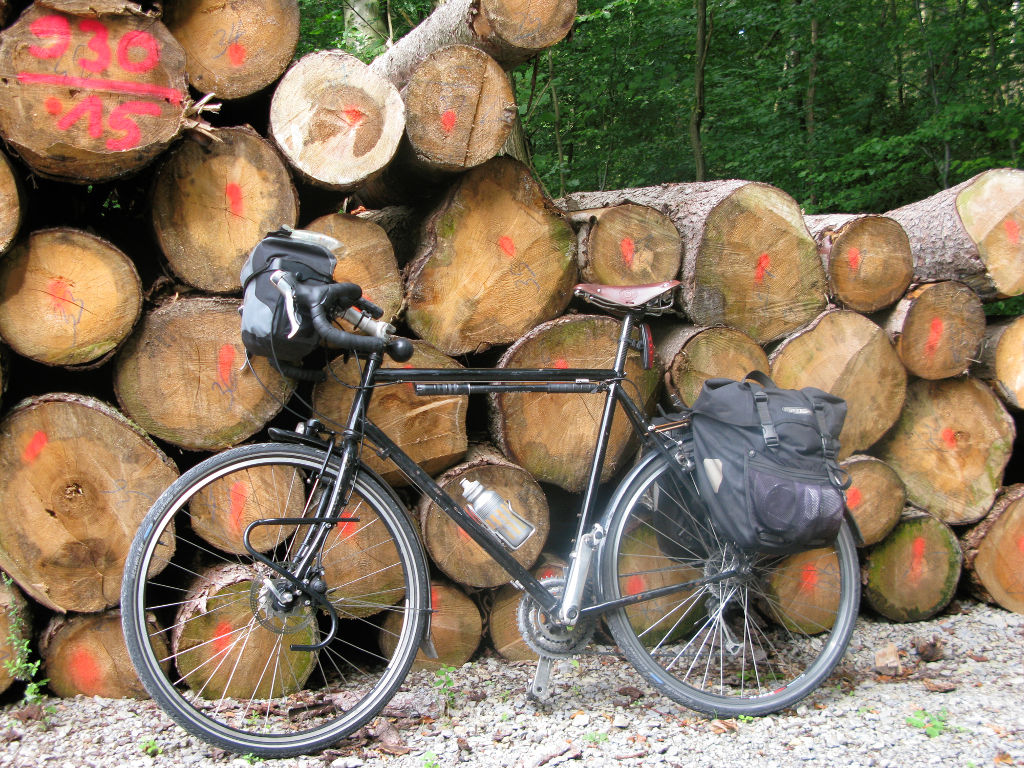
Crossing through forests to another valley. My frame is a test version of the Ritchey coupling system, rear cantilever brake, Tiagra shifters, Taiwan leather saddle. This is the first of three of these saddles I try and they all broke.
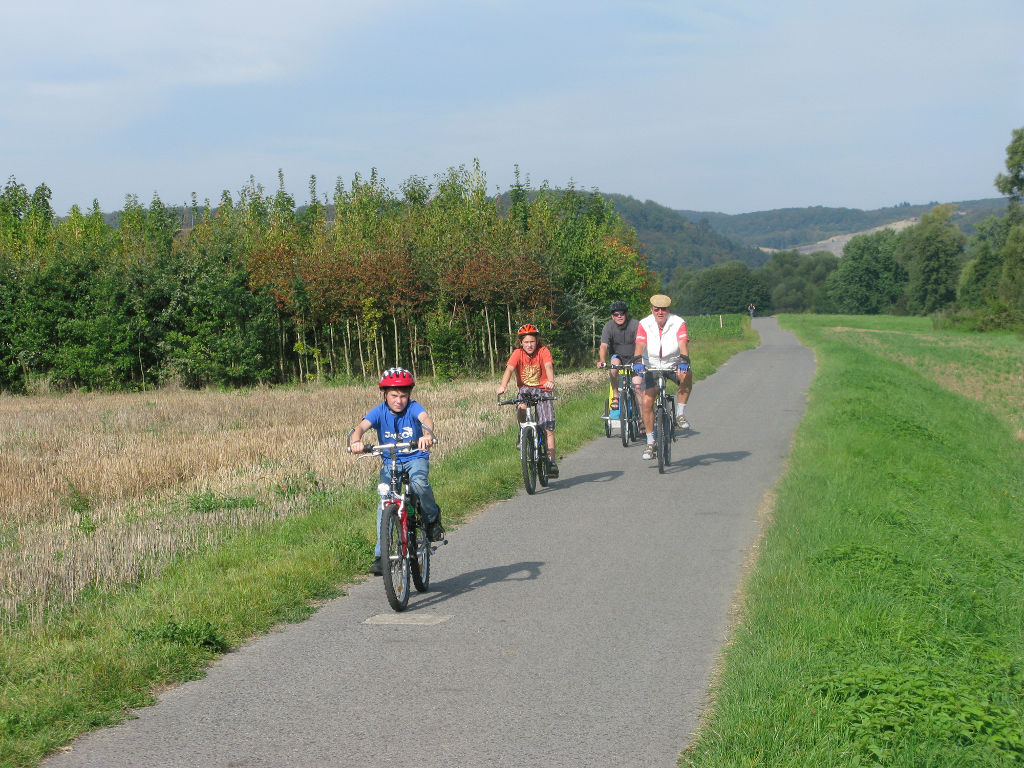
Heading west on bike paths past families doing what German families do..ride bikes.
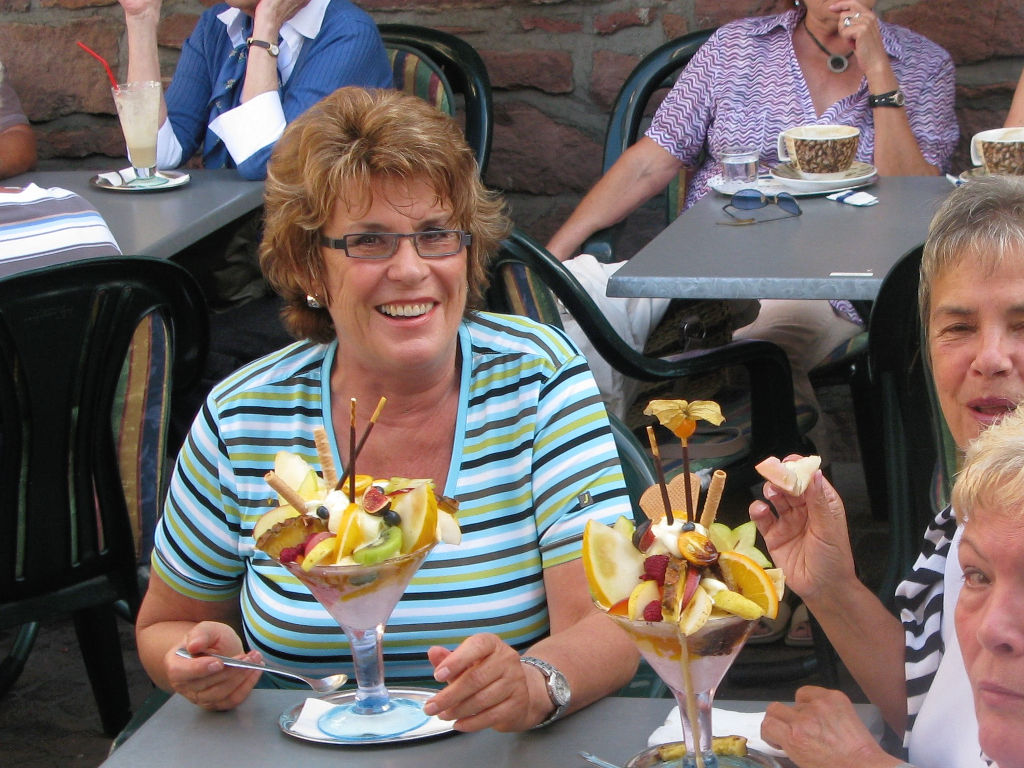
After following a canal for some distance and wanting to get to the other side, there is a lock. While the cruise boats are raised to the new level the tourists eat ice cream sundaes.
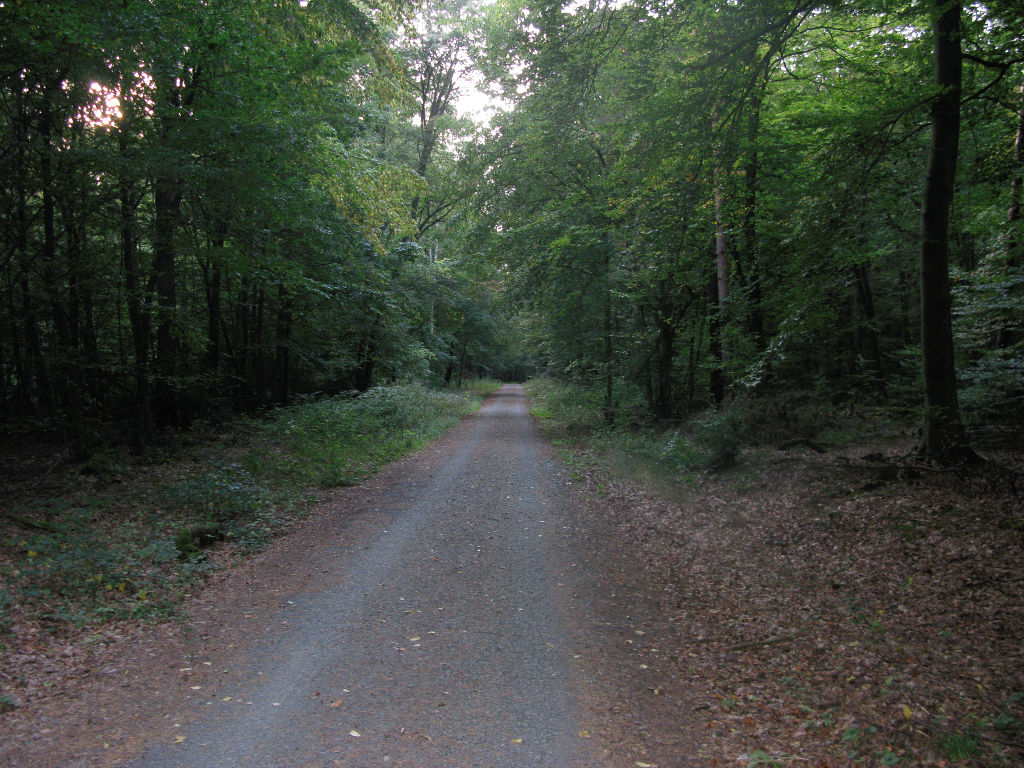
In the forests surrounding Frankfurt airport I can hear the planes. It must be here somewhere.
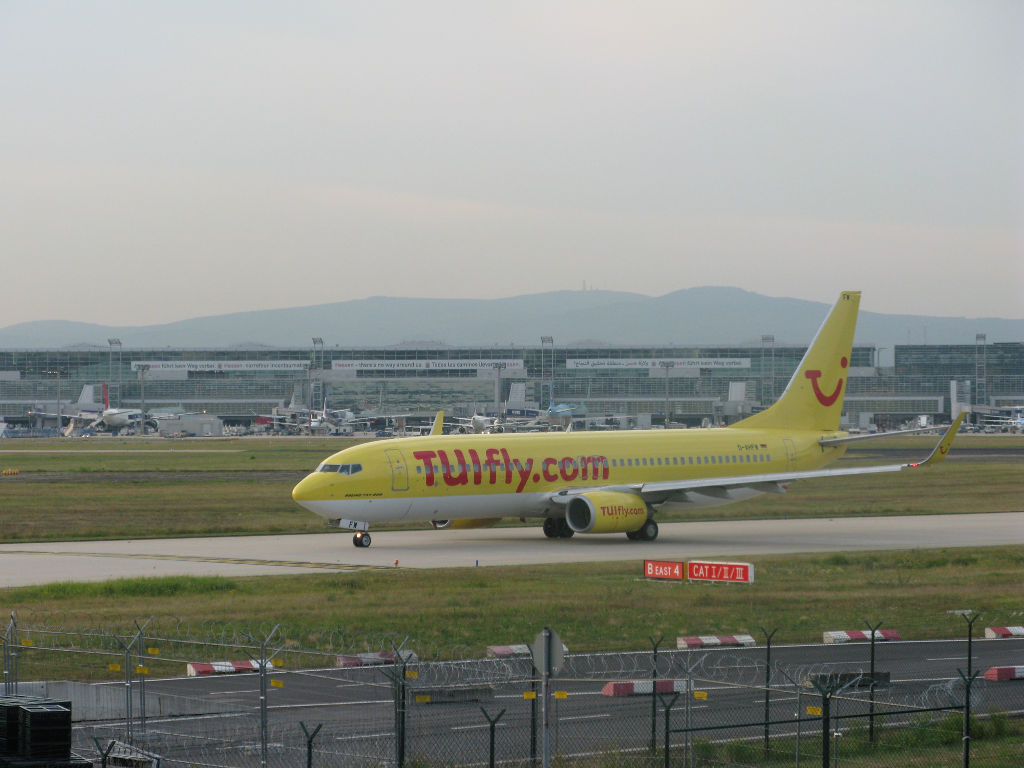
It is the destination, but I have to ride another 15km to find the correct entrance. Mental note…figure out how to use a gps device!
Landing in Istanbul we caught ferries across the Marmara Sea and did a loop from Yalova to Bandimar. South from Yalova, around the east of Iznik, through Simiv and Silihli to Izmir. Then up the Aegean coast as far as Havran then over to Bandimar. I managed to exceed 80km/h on one of the descents. In 14 days of riding the accumulated climb was over 10,000m.
Turkey is Hilly
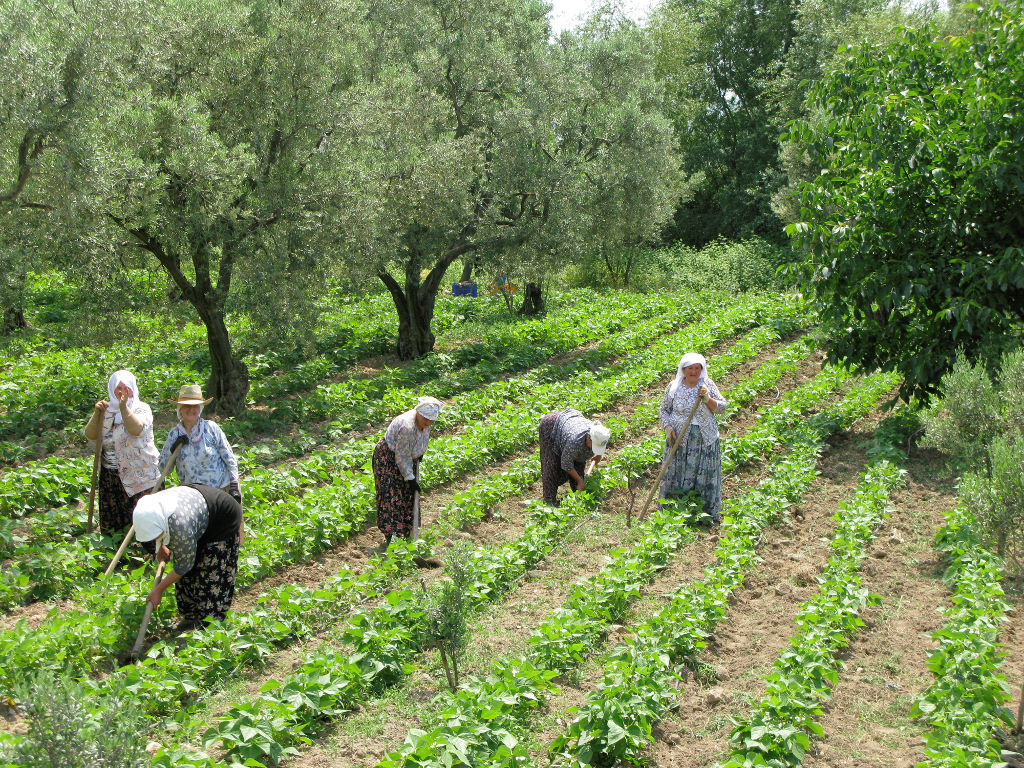
Passing around the north shore of Lake Iznik the farm workers are chipping weeds in the beans.
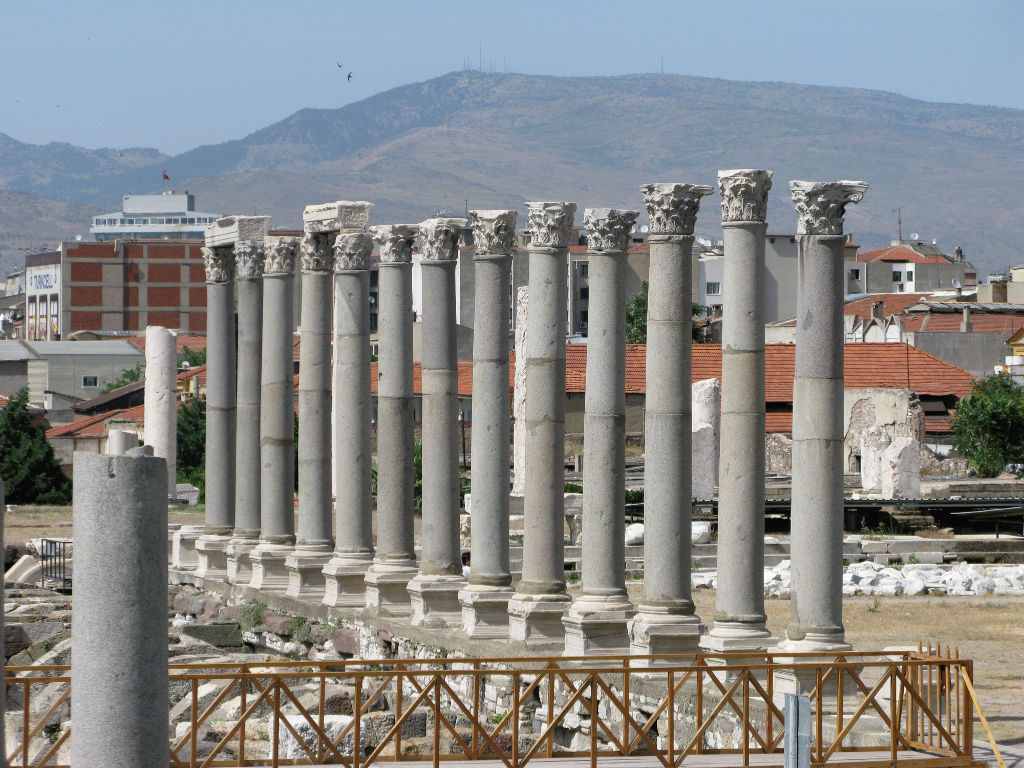
Modern day Izmir is built where the ancient Roman city of Smyrna was. We came through Izmir in the middle of the day not stopping, and not wanting to have to stay in a big city.
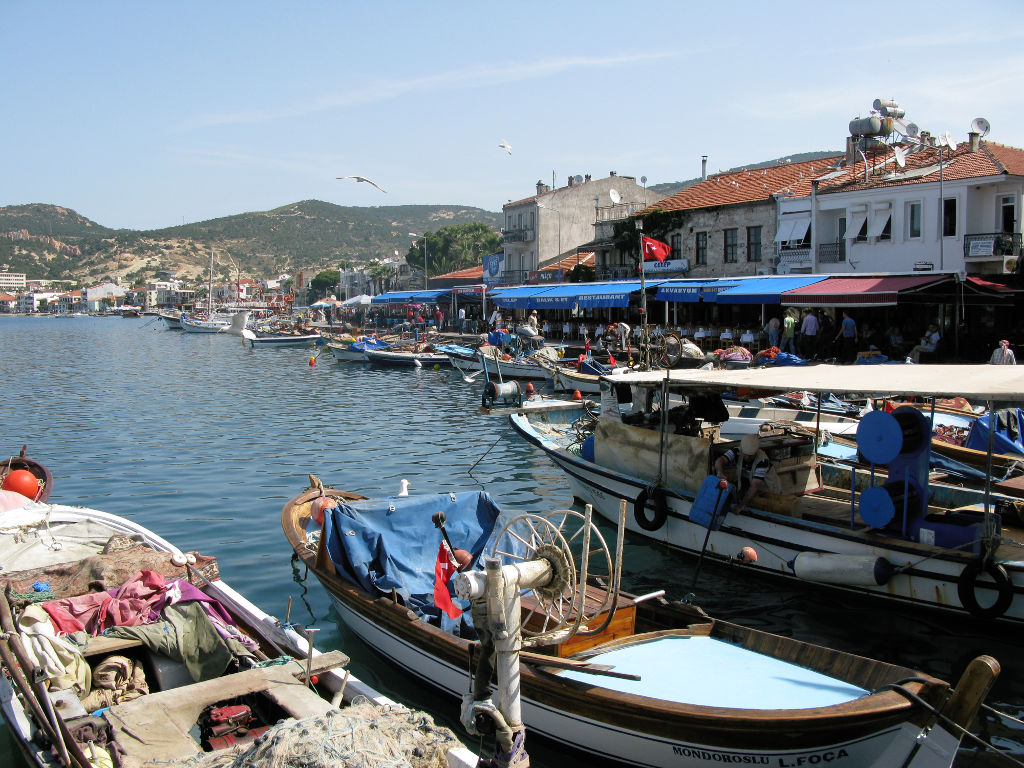
In Foca the next morning. Last night it was getting dark when we arrived. The day was memorable for the worst dog chases I’ve ever experienced. In one case going past a service station, the staff did nothing to stop it. The other was a pack of four big wild dogs racing on the far side of a canal to get to a bridge ahead. We were all going about 20km/h in a headwind. A bus driver realized what was about to happen and intervened.
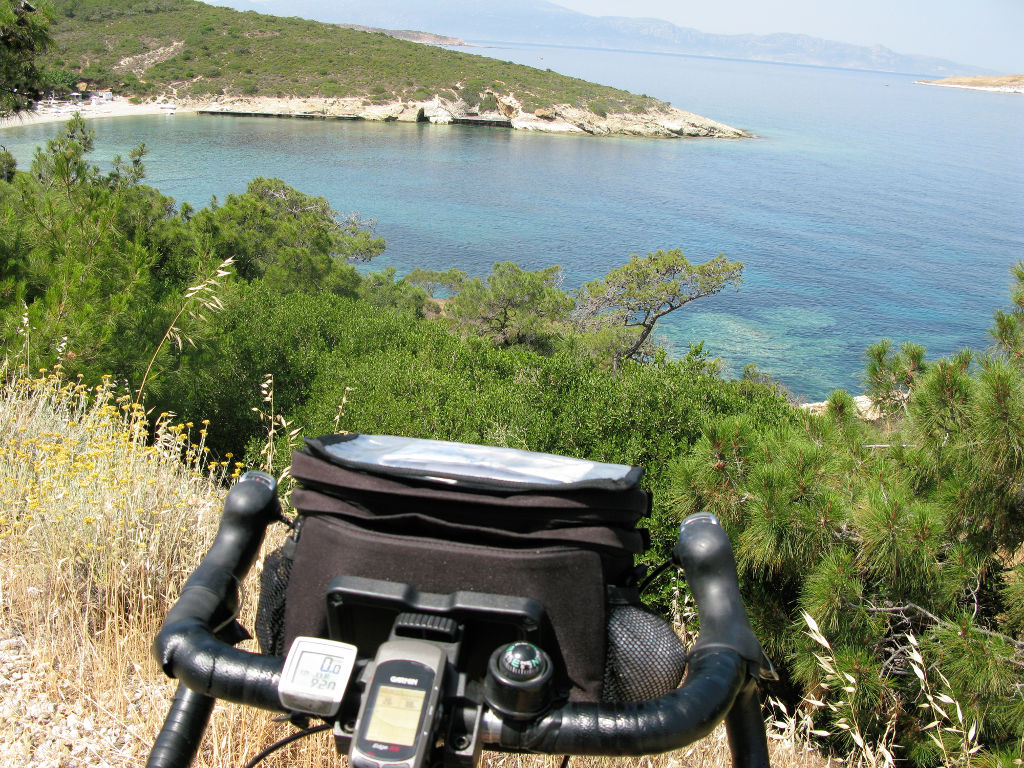
I’ve got a gps on this trip solely to count the climbing. The compass location is not right. Later on I take it off the bars believing it is being interfered with by the metal around there.
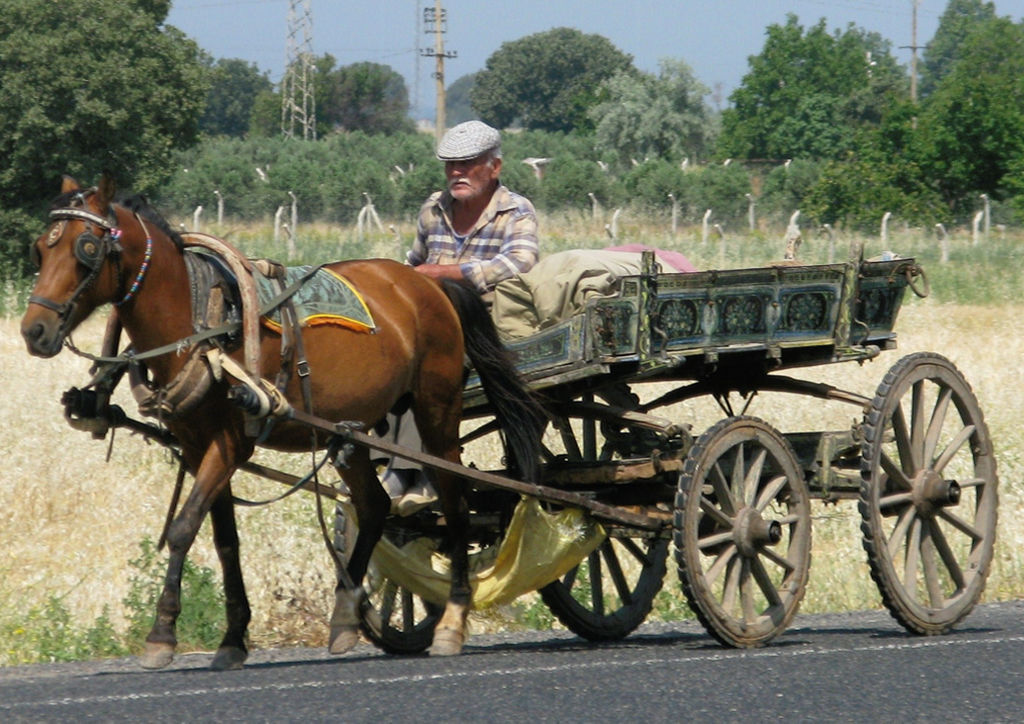
There is no doubt about the charm of the Aegean coastal area. A hint of Greece. It’s the whole Mediterranean basin. Touring through here sure beats being in the pushy, hard, fast modern world.
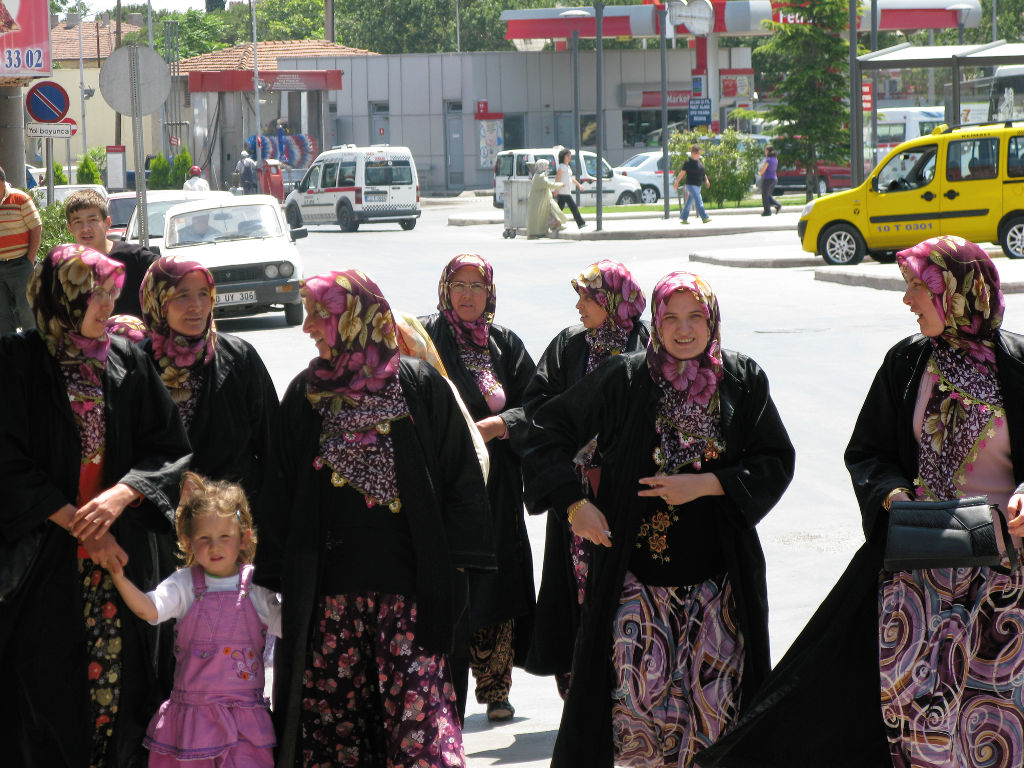
In Balikesir this family of women seem to have bought a bolt of dress material and made their own clothes.
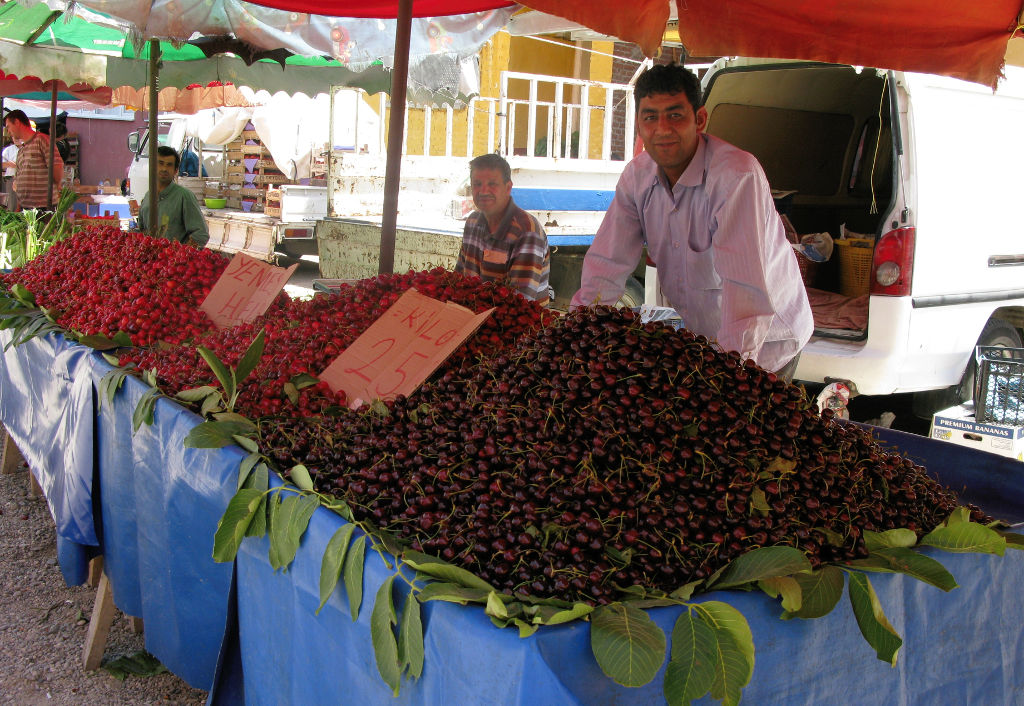
It is late May and the markets are full of cherries, apricots and strawberries. These cherries are AUD2.20 a kilo. We travel light and have the tops of our rear bags ready to take on board fruit.
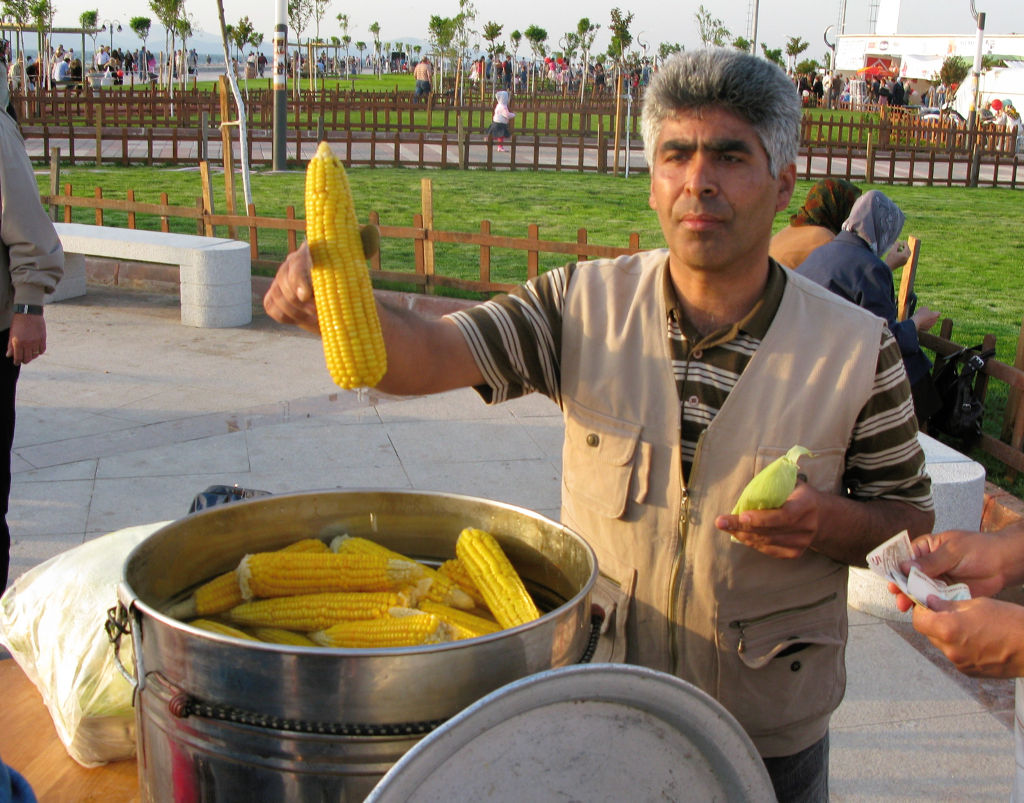
In the evenings in the parks families come out together. The food is so healthy. This piping hot corn is served salted and given to me in some of the leaves to hold.
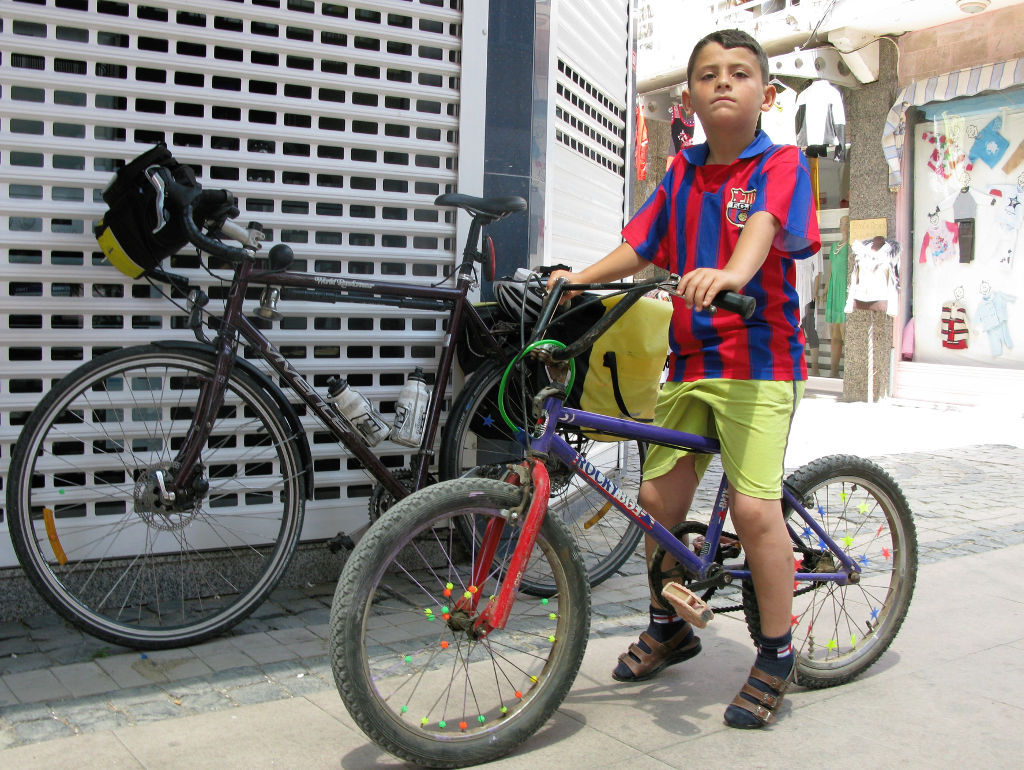
We don’t speak each other’s language but we both get around on bikes. He gave me a few of his spokey dokes. We rode around town together.
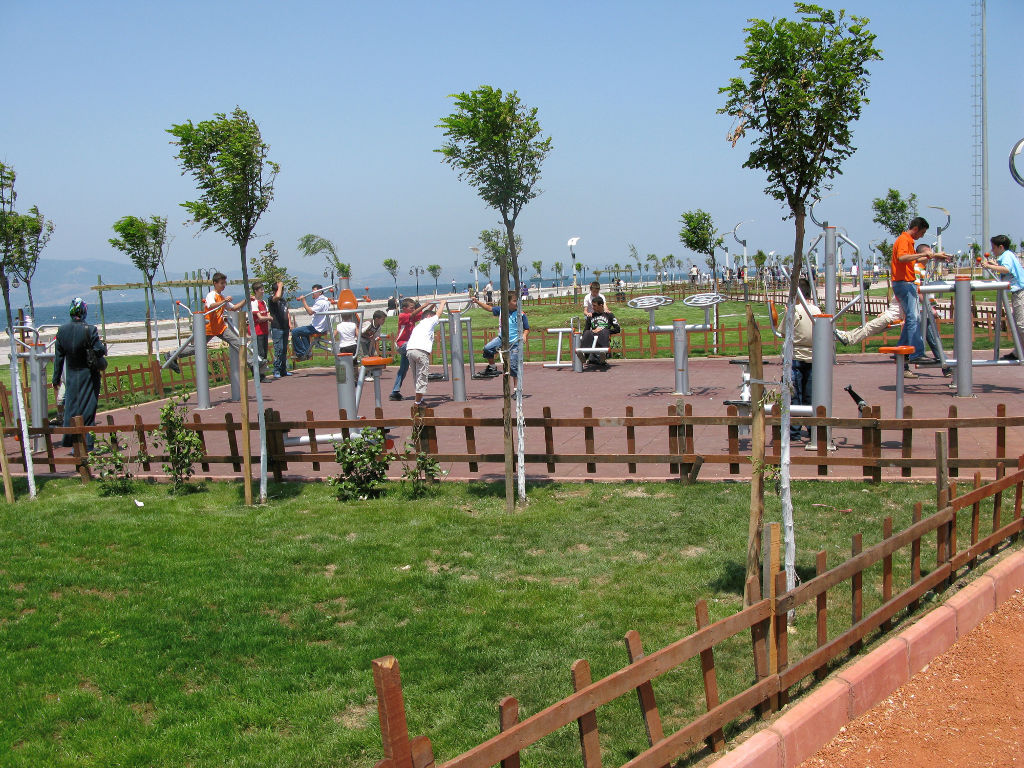
There are dozens of these exercise machines in parks along the Bandimar waterfront. Young and old, male and female alike use them. It is so inspiring. Turkey is the home of public exercise equipment.
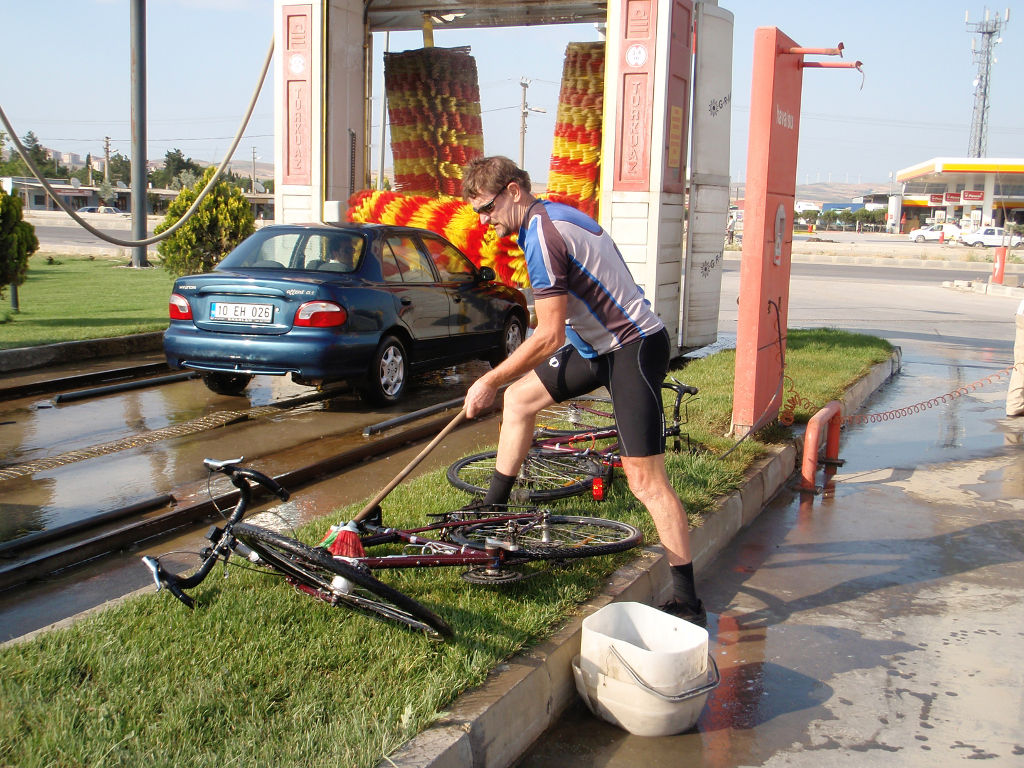
A car wash provides the bucket, water and plastic broom for the end-of-trip bike wash.

IST (the airport) is a pleasant ride from the city. Faced with the choice of trying to find bike cartons in the city and getting the train to the airport or riding out and trying to find cardboard out there we opt for the latter. We have rope and tape and cable ties.
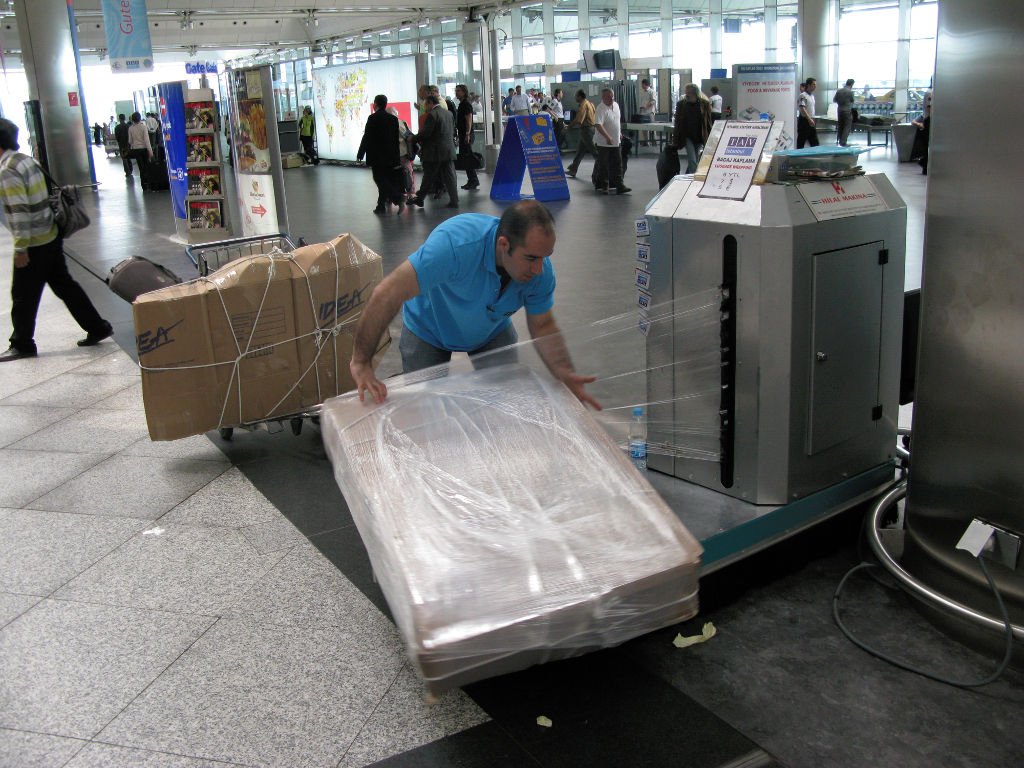
Having allowed 3 hours to be able to find cardboard and produce the packaged bikes it has worked out well. Some discarded computer boxes. Now the plastic wrapping machine is finishing it all off.
With none of my touring buddies free I take off alone to Chennai. It is late November, the southern Indian “winter” and dry season. I have a coupling-system frame to test but don’t bother to decouple it in either of the flight directions.
With no particular plan and no one to fit in with I just zig-zag my way south, passing through some of the great TN areas. Vellore, Salem, Trichy, Tuticorin, Rameswaram and Kanyakumari before swinging around the south end of the ghat into Kerala and the airport at Trivandrum.
Being alone I ride more than usual and cover 1,750km in 12 days. The cost has been only $250 a week and I’ve stayed in good places every night and eaten very well.
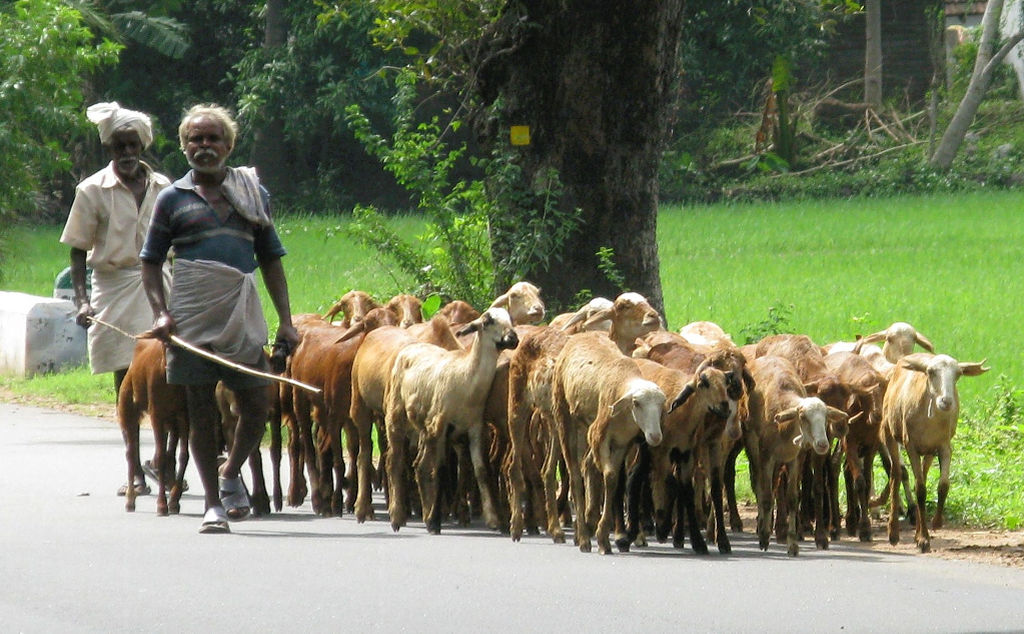
I love the timelessness of the rural parts of South India. This is heartland Tamil Nadu, SE of Vellore. A lot of this coast, and inland for 50km, is a delta having washed down from the western ghats, across the South Deccan.
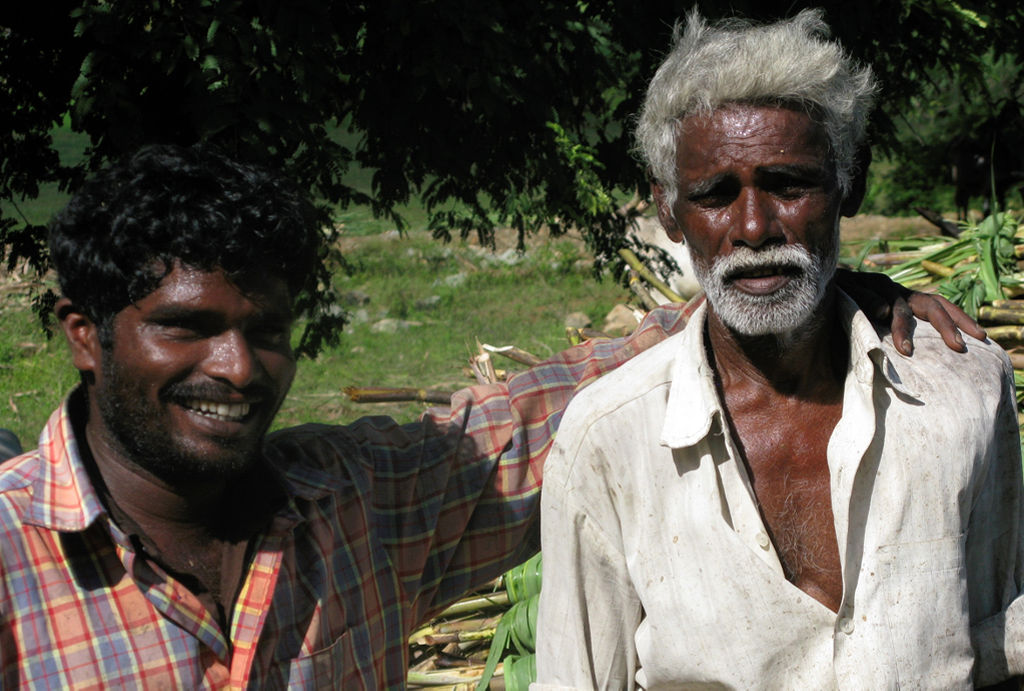
The sugar workers are having a break from loading the cane onto a truck out in the field. Hanging out with me instead. We mutually admire each other’s things. They my bike; me their ropes and cane-knives.
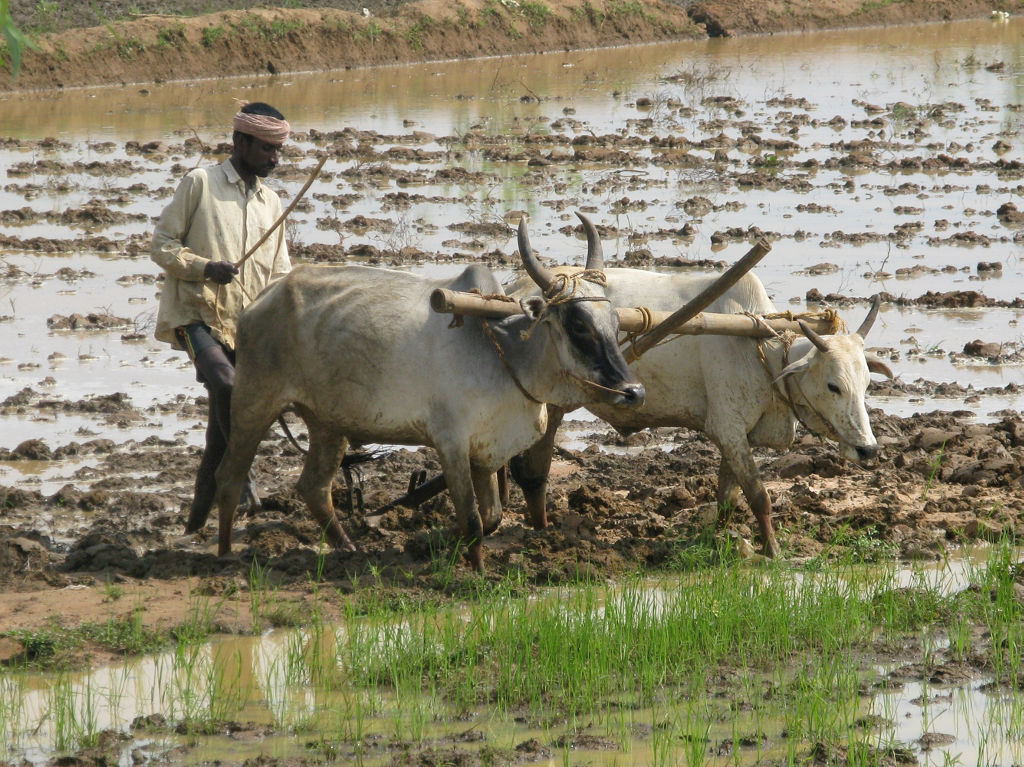
Again, it is the timelessness and sustainability. On a bike we have commonality and a feeling is there on both sides. There is frequent head nodding. Often a group of workers will pause and we acknowledge each other.
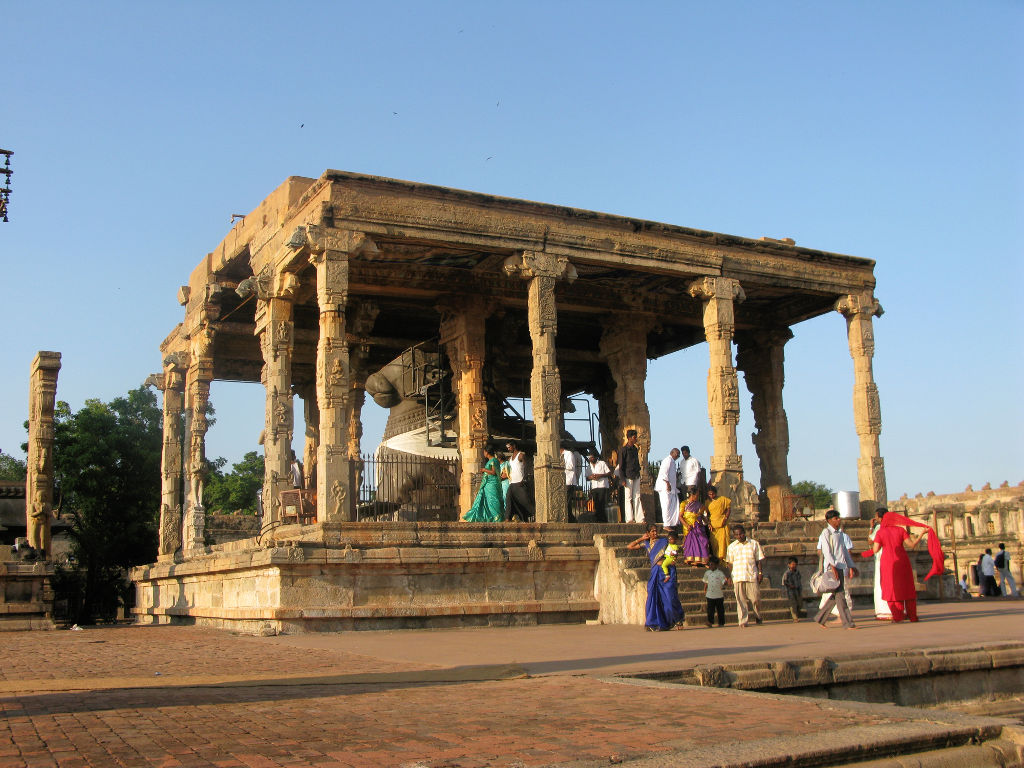
I’m no expert on the temples but I always visit the big ones if I am passing by. Trichy is a major one. This is Rama and he is housed under a massive stone roof. The scale is overwhelming.
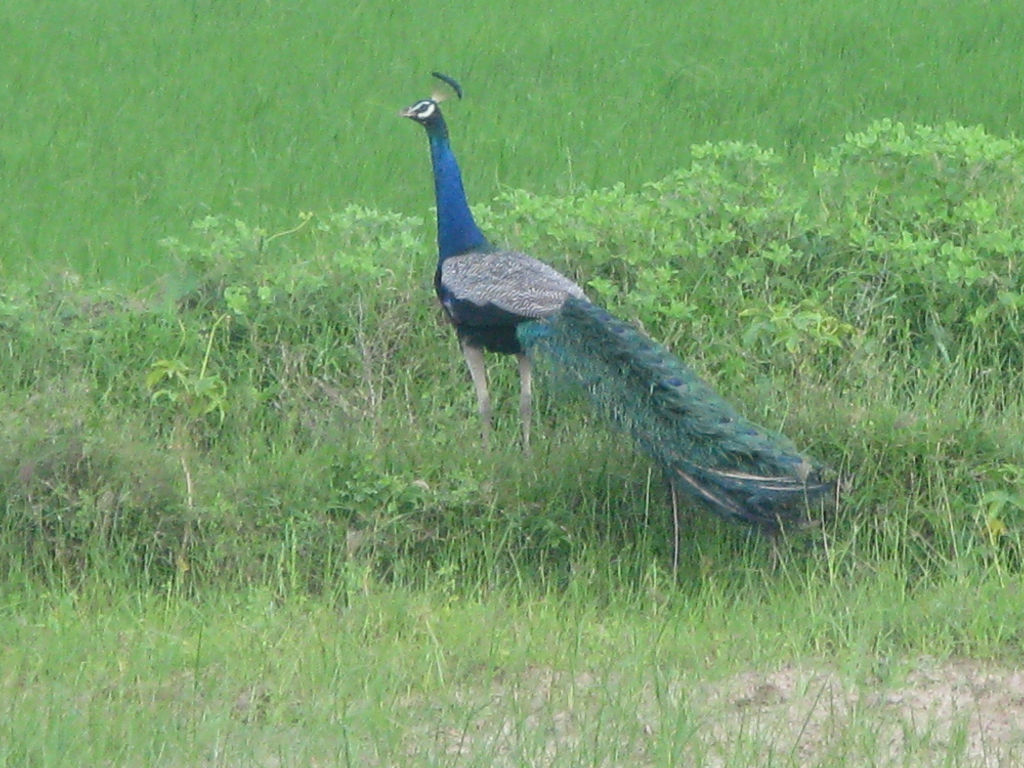
Along this coast, peacocks live in the wild like nowhere else I have seen. It is common to pass 6 or 8 sitting up on rock outcrops. Their calls pervade the environment.
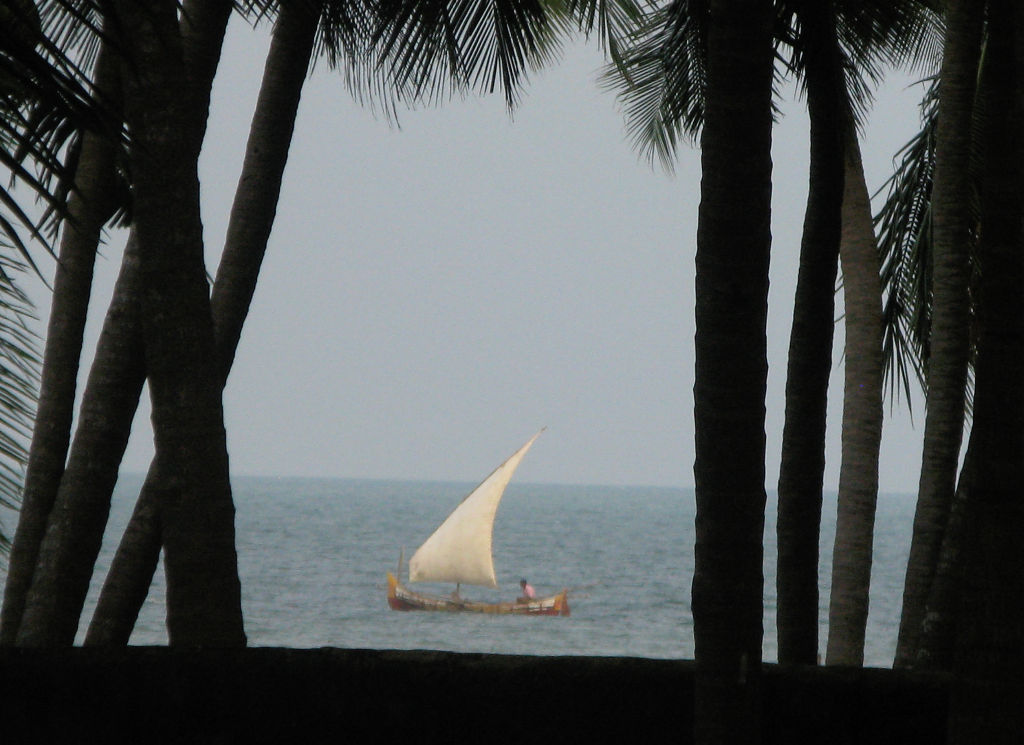
Sri Lanka and India are quite close together around Palk Bay. It is protected water, not damaged for example by the Indonesian tsunami. It’s a peaceful calm area.
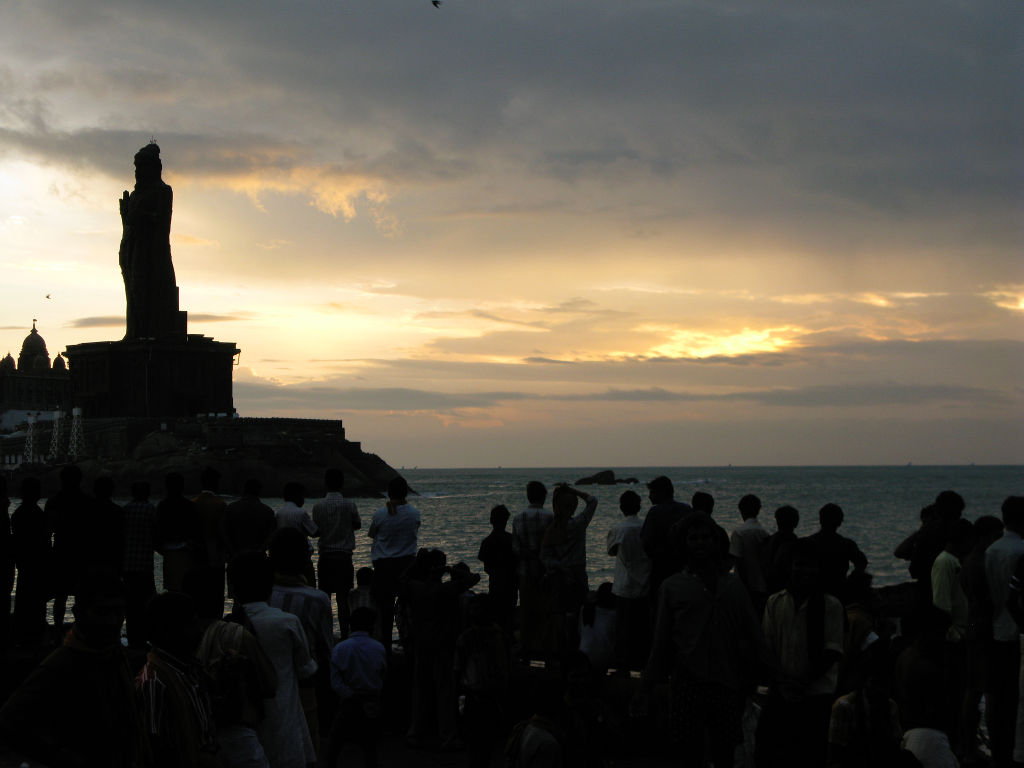
Kanyakumari, at the very tip of India. Quite a fuss is made about the oceans and seas meeting here and religious significance. There is an unavoidable feeling that, one way or another, this is a very significant place. Dawn is the time to be there and I have ridden the 20km from Nagarcoil in the dark.
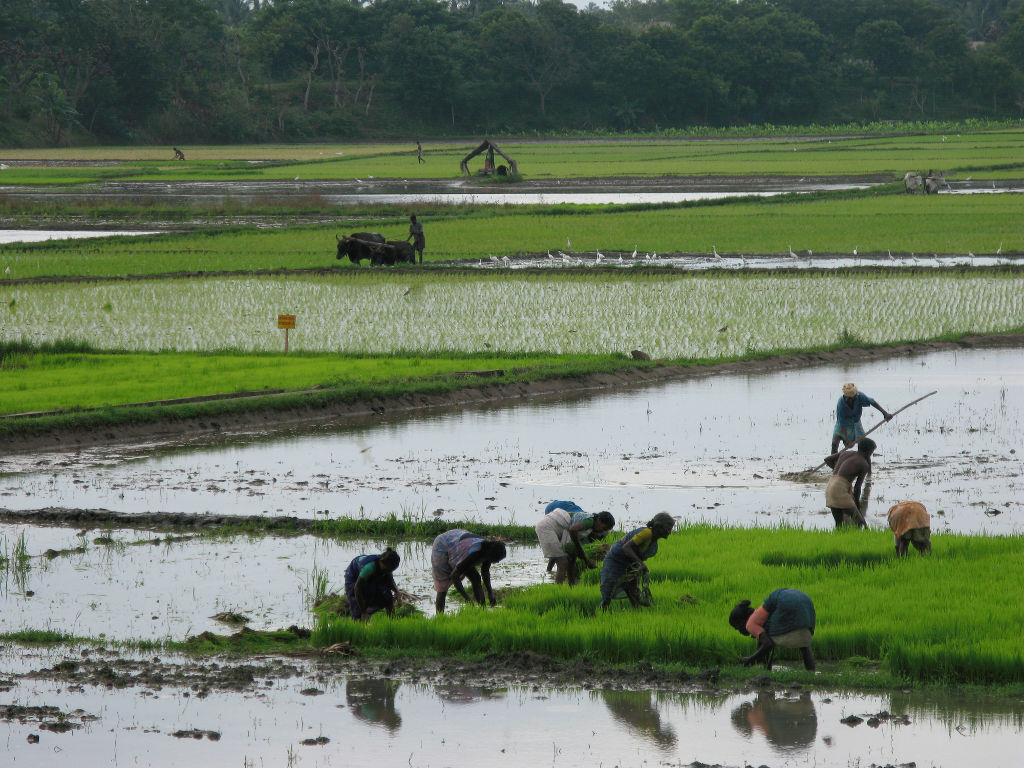
The western ghats come to an abrupt halt. The west and east coastal strips meet in the super rich farmland around Nagarcoil. The women in the foreground are making small bundles of rice seedlings for transplanting.
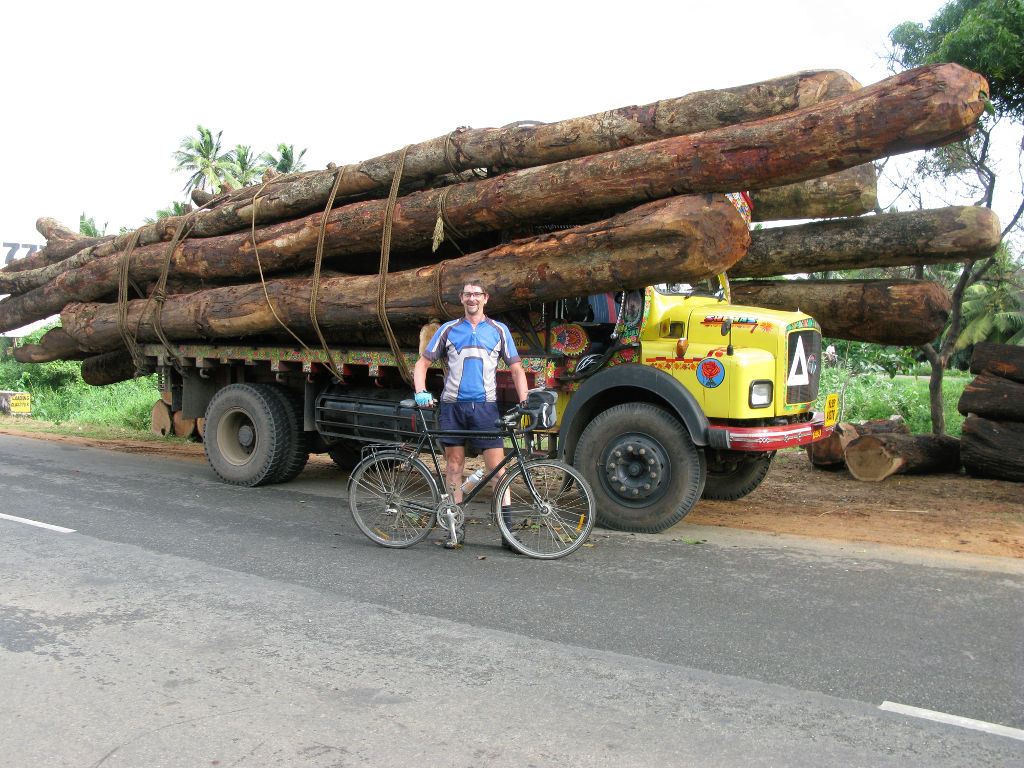
The big-load shot of the trip. The driver would have zero rear-view mirror access. This is plantation teak. Teak is a major rural industry in Kerala, Karnataka and Tamil Nadu.
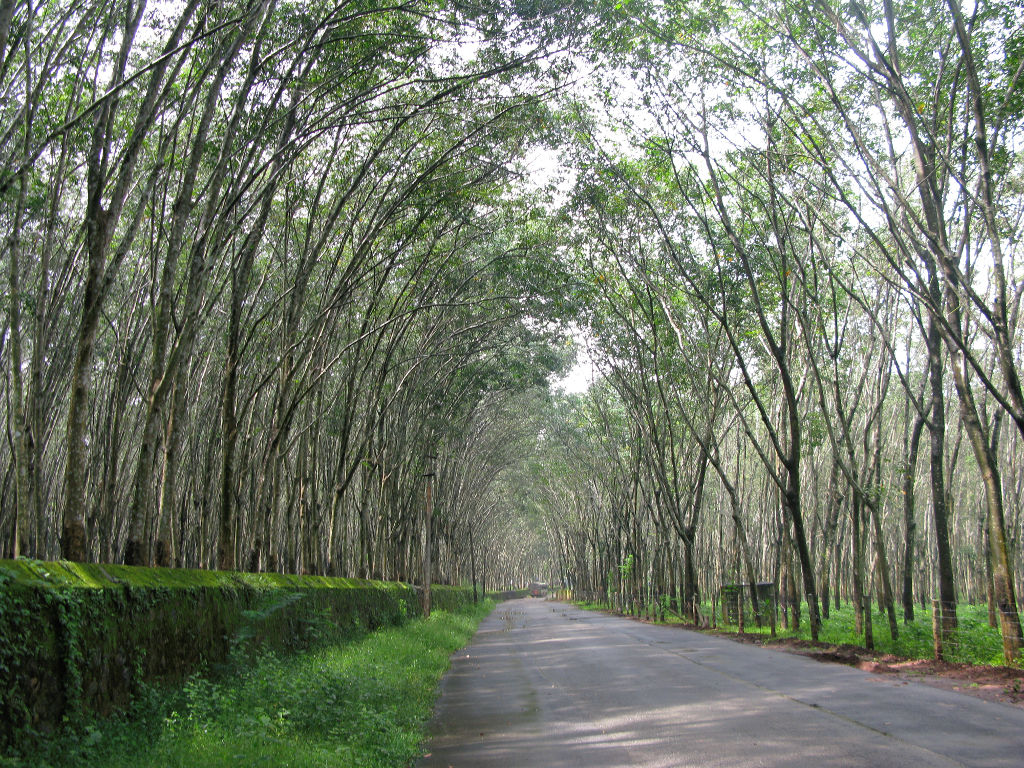
The last day has seen a big change as I’ve turned around to start going up on the west coast in Kerala. The western slopes of the massive mountain range, just inland, (they call them “hills”) has one zone of elevation in which rubber is the exclusive crop.
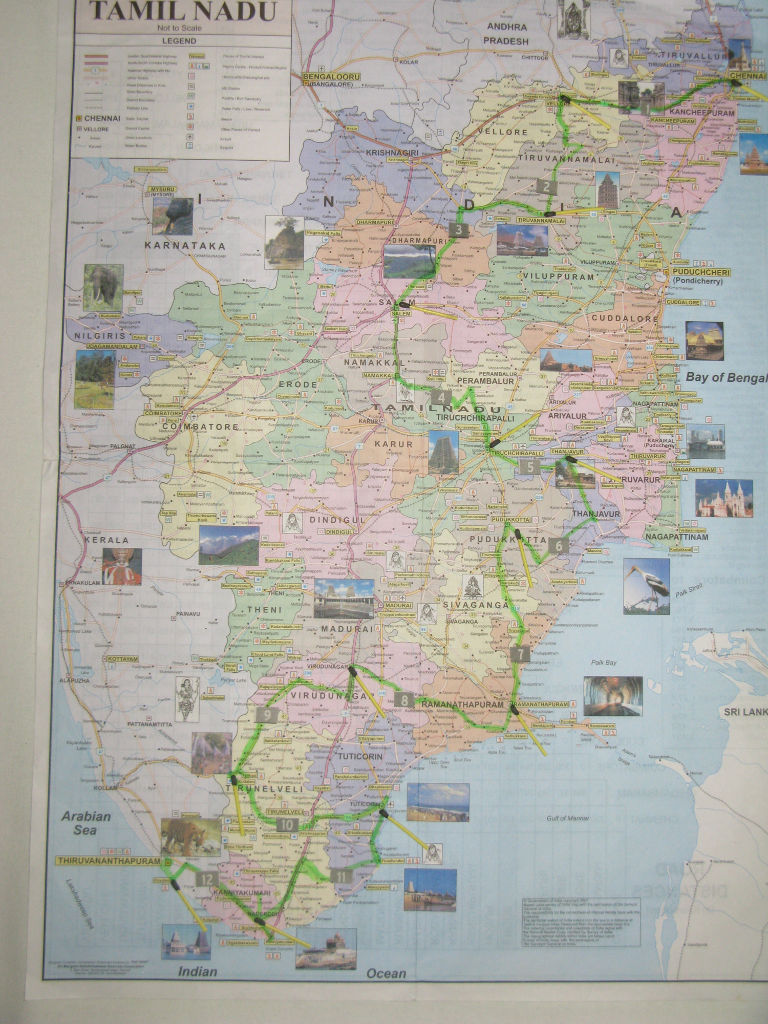
This is a map marked up with a matchhead at each overnight stop. The Chennai airport is SW of the city so I stayed near the airport and didn’t go into the city rather I headed to Vellore the first day.
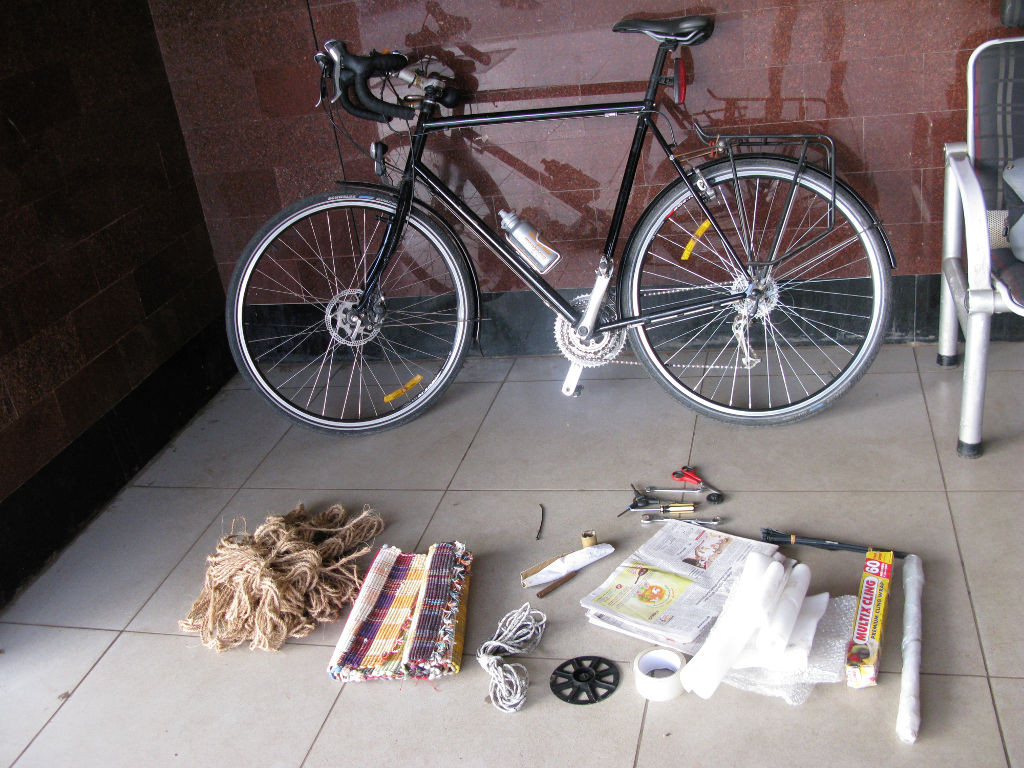
It is much easier to (a) ride to the airport, along the way buying coir rope, a few bathmats and 10 newspapers; rather than (b) scrounge for cardboard in the city near the lodging, packing in the confines of the room and arranging and paying for vehicular transport to the airport. In preparation I am already carrying a disc protector, cable ties, tape and a 60m role of cling wrap. In the future I’ll use a locally-bought tarp instead of clingwrap.
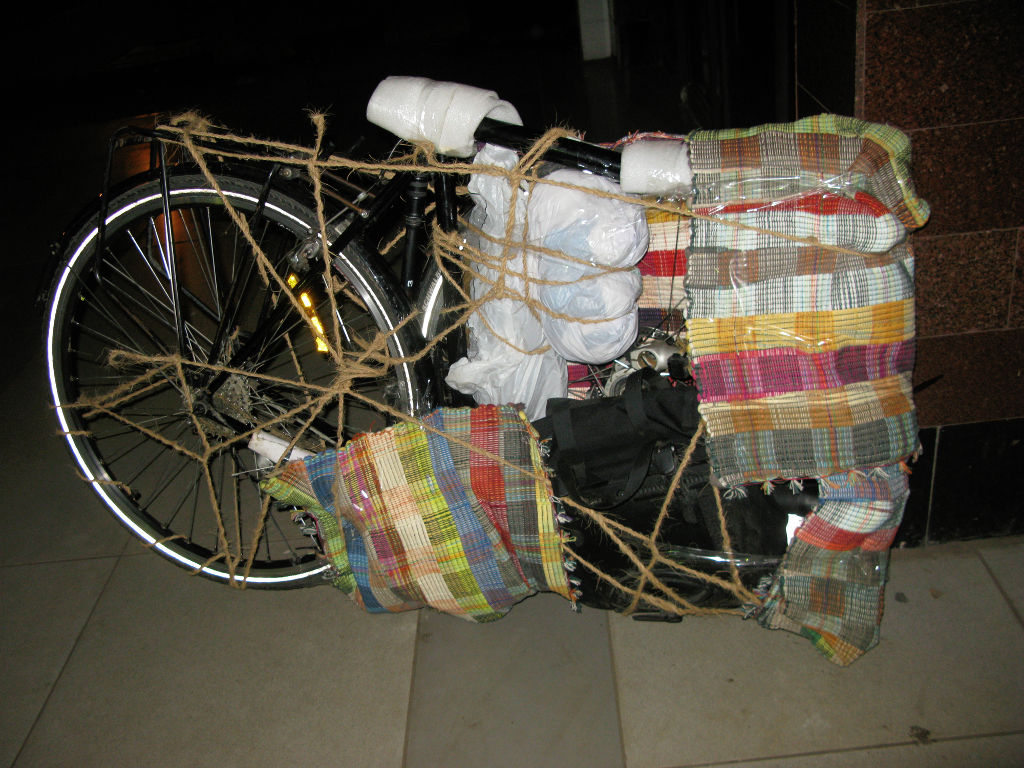
I’m only half deflating the tires to protect the rims. I am trying to only use what I am able to buy on the way to the airport, and comfortably carry on the bike to the airport. For when there are no bike cartons at the airport.
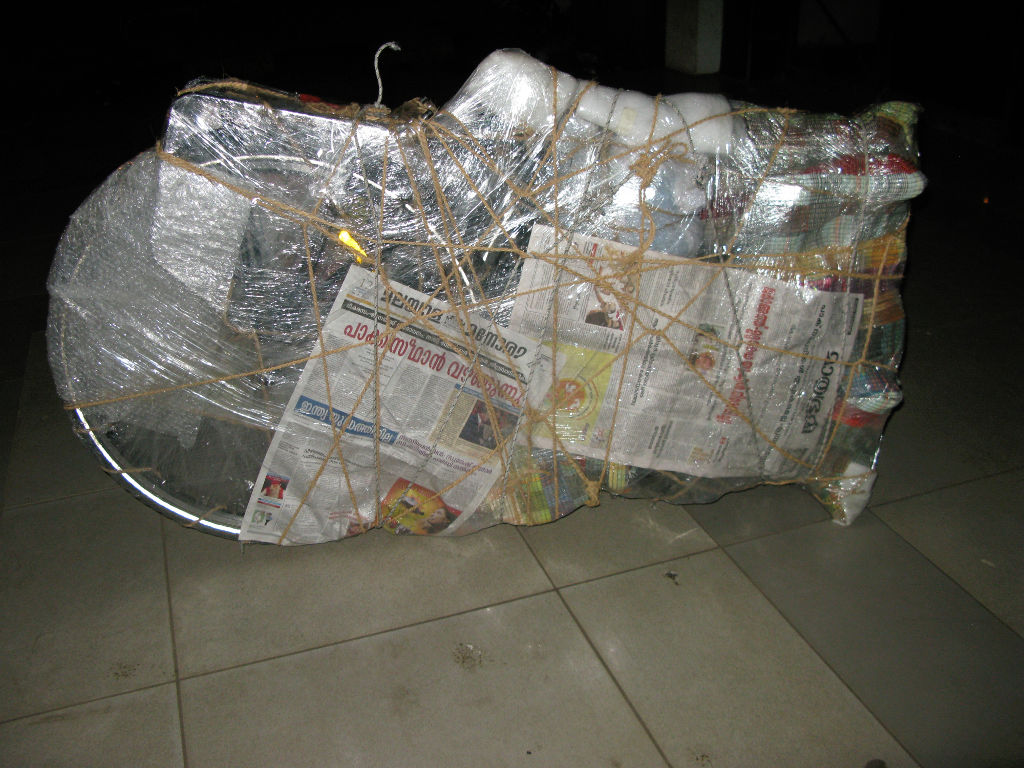
A few good carrying loops in the rope at the top invite handlers to keep the bike upright. It would even be possible to make and take some “This Way Up” stickers for each side.
A work trip to Eurobike landing and departing Frankfurt (FRA). Previously I have tried to save time by taking the train from Frankfurt to Ulm and doing a one-day ride from Ulm to the show and return after the show. This time, for variety, I’ll use the trail+ride-from-Ulm system for getting there but post-show, I’ll ride from Friedrichshafen back to Frankfurt. The return leg should be 350km so I figure, with a bit of getting lost, 4 days will be plenty. Going through Tubingen and Heidelberg. On this trip I am torn between using the roads and taking advantage of their signposting and using the bike paths. The trouble with the bike paths is that their signposts typically mention places only 2-10km away and with the dense settlement and rural villages I need very detailed maps and frequent stopping to figure out where these places are. The trouble with the roads is that they are not bike paths. The local riders are not on the roads so much and Germans seems to think if they make bike paths they don’t need to have shoulders on the roads. This is an orienteering bike ride.
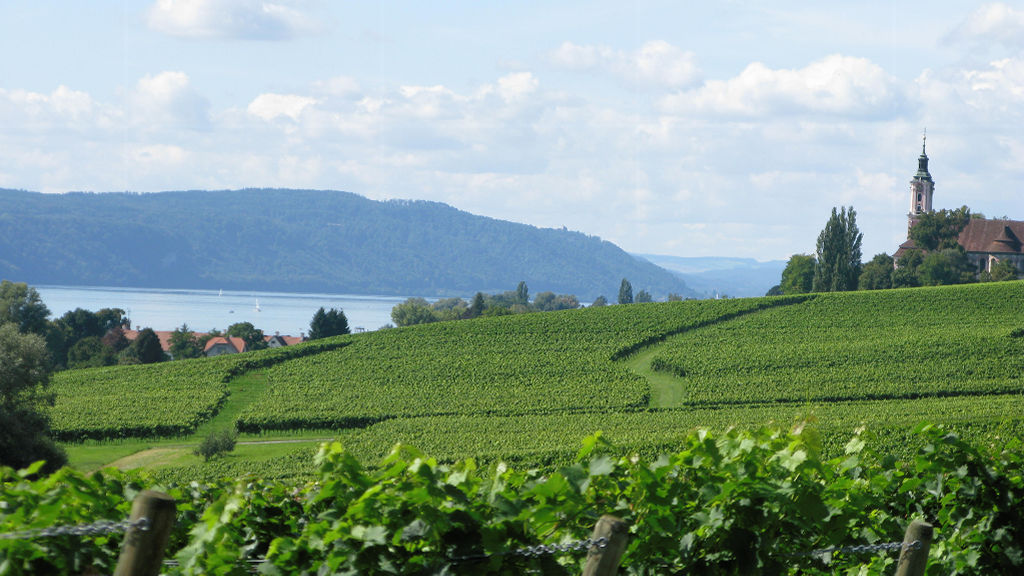
Near the end of the Ulm-Friedrichshafen leg with Bodensee in front. It is a special area for cycling with probably over 100,000 people riding the 200km right around the lake in a year.
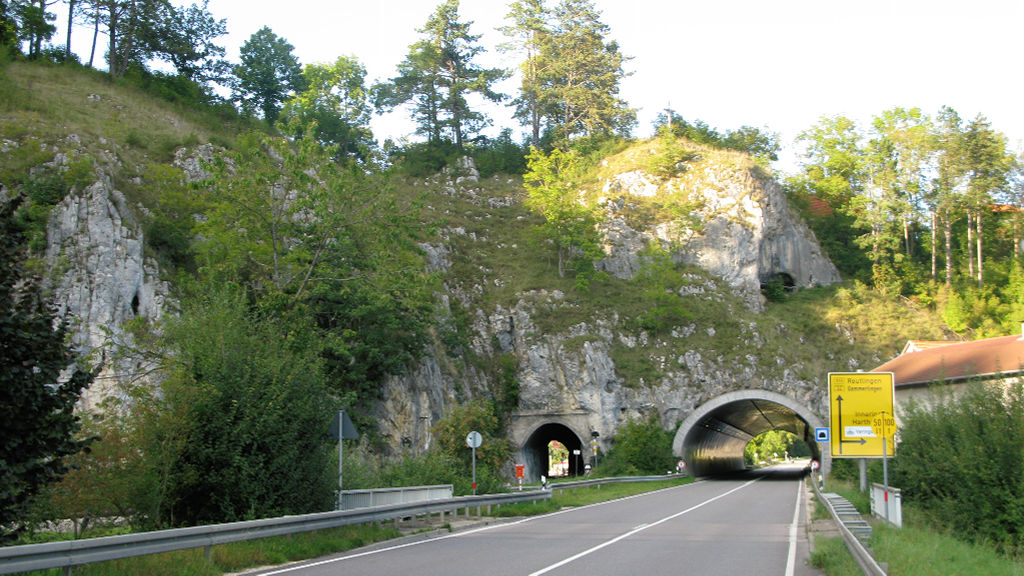
Heading north again after two days at Eurobike. The point of this shot is that I am on the road, merely because of the signs to further-away places that allow me to not stop so often, but I am having to go through this road tunnel when, just to the left of the road, cyclists on a bike path have their own tunnel. So I got that wrong.
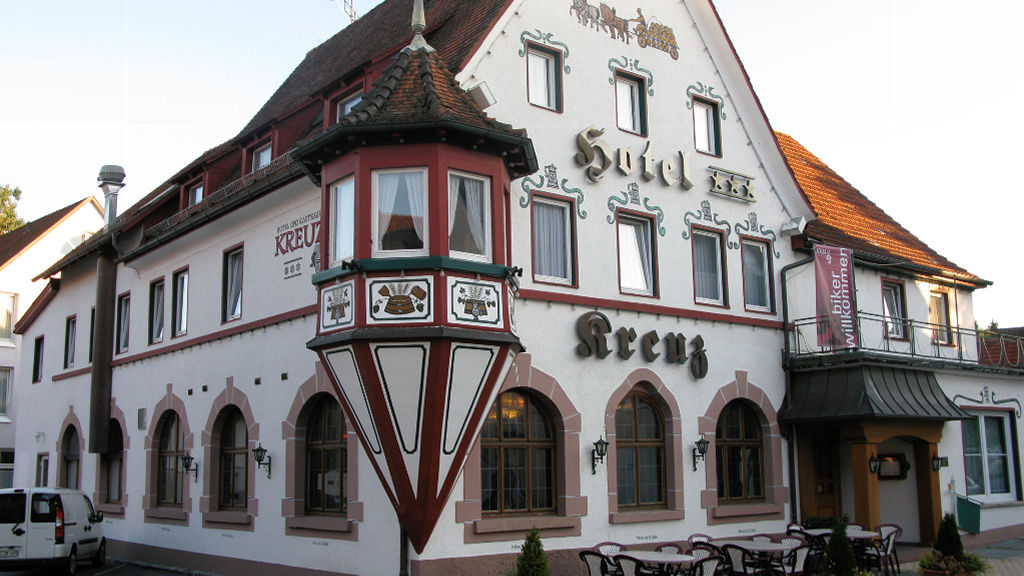
I have not taken the risk of booking ahead as I didn’t know where I’d end up today. It can be risky on a Saturday night, but it worked out tonight.
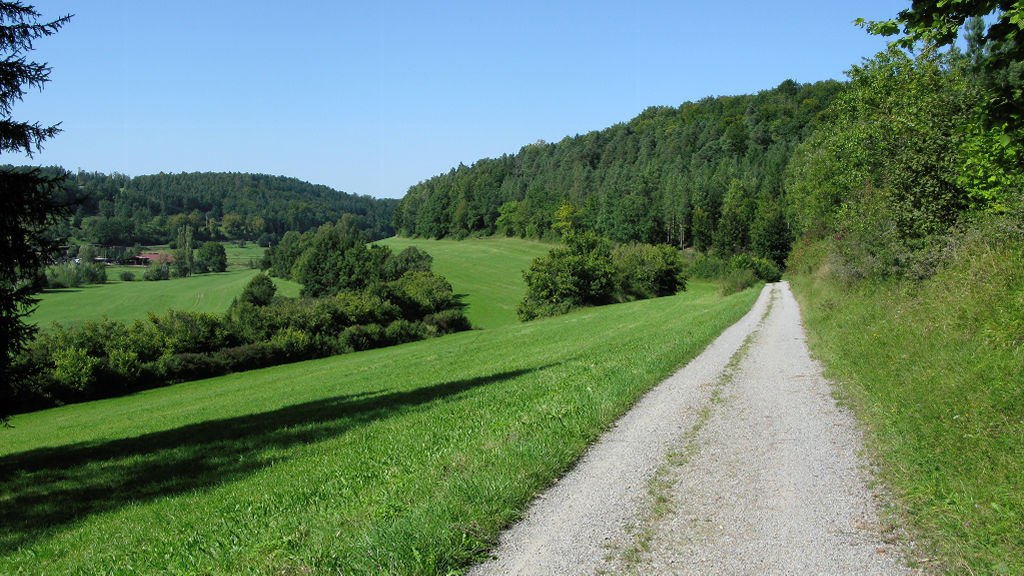
Today my strategy is to use the compass and constantly take N-NW options, trying to stay off-road. This turns out to be a good idea and I see a lot of beautiful peaceful places.
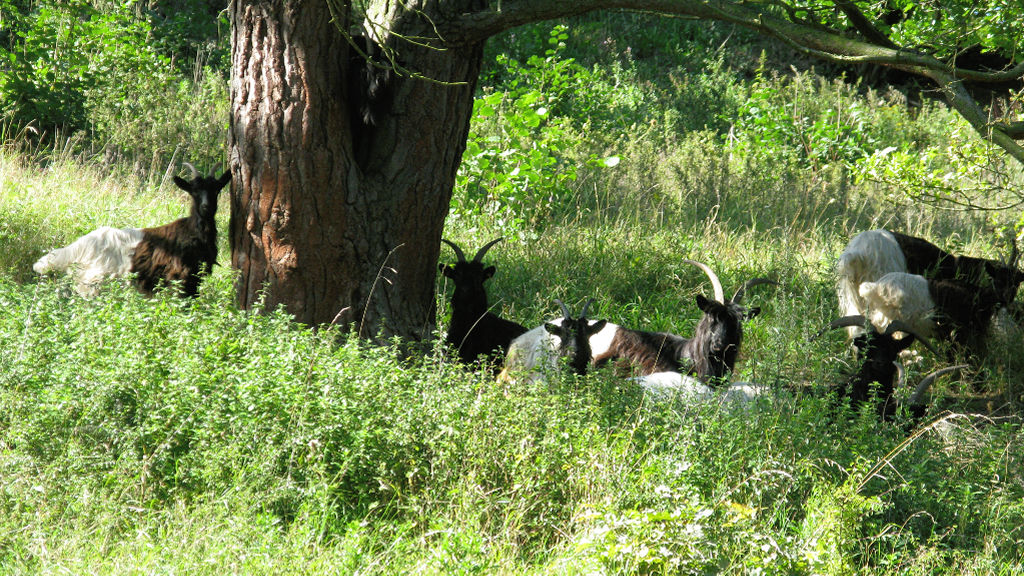
This is getting pleasantly remote from the type of main roads I was on yesterday.
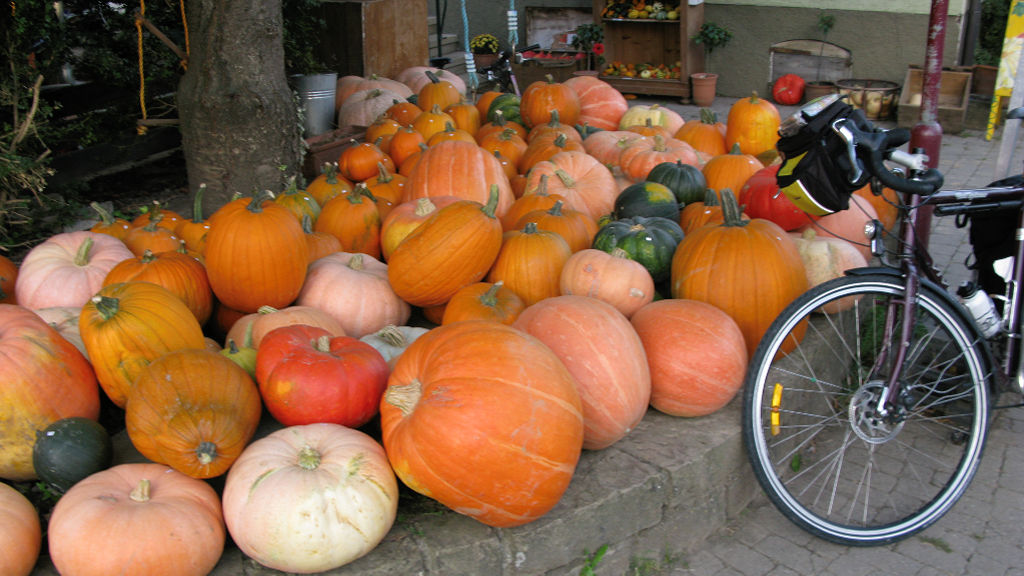
It is pumpkin season, obviously. I never know if people buy them or if they are just there as a visual treat. They sure are that.
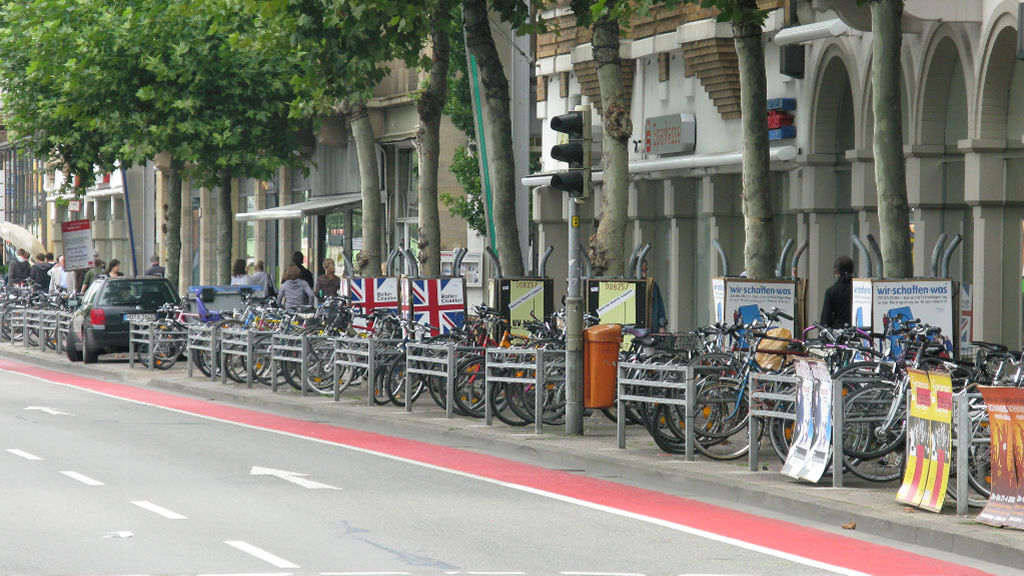
Central Heidelberg at midday. With major cities there is the option of using them as overnight stops or, alternatively, of setting up the days so you pass through during the day. The latter allows you to get a sense of the place as a working centre, with everyone going about their business.
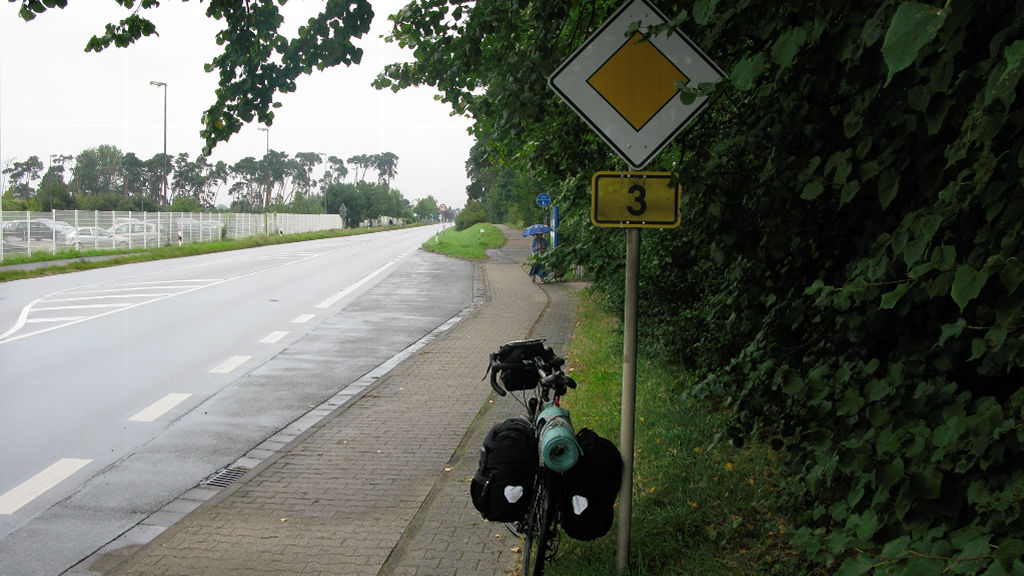
The European roads are marked as either yellow or blue. Yellow means we can ride there. Blue means it is only for motorised vehicles above an engine size, but there are minimum speeds required.
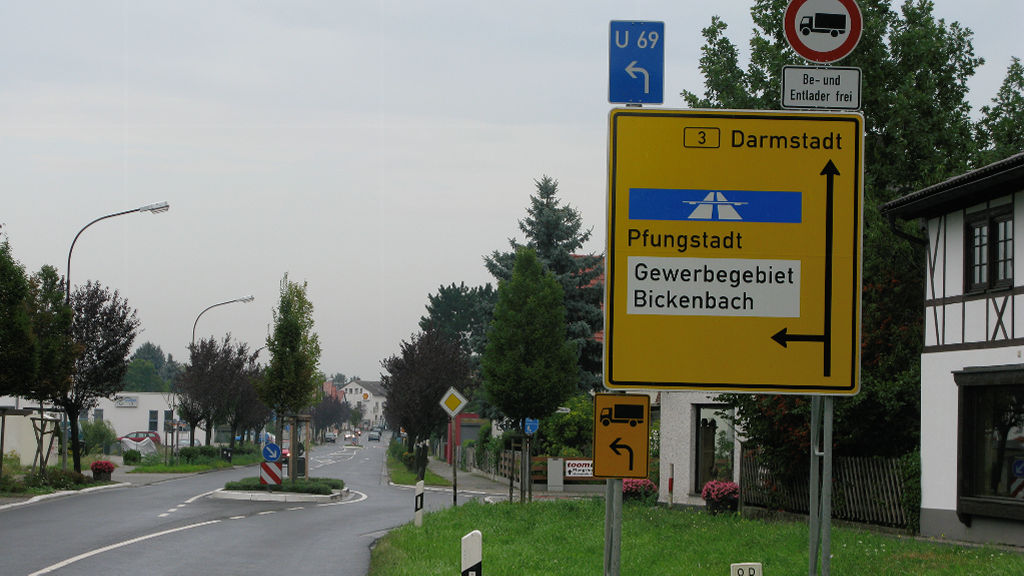
As I ride along I am looking at the compass plus the yellow and blue. A few years ago I accidentally got onto autobahns and the police arrived very fast. The good thing about riding the yellow roads compared to riding the bike paths is you can cover great distances without a lot of stopping.
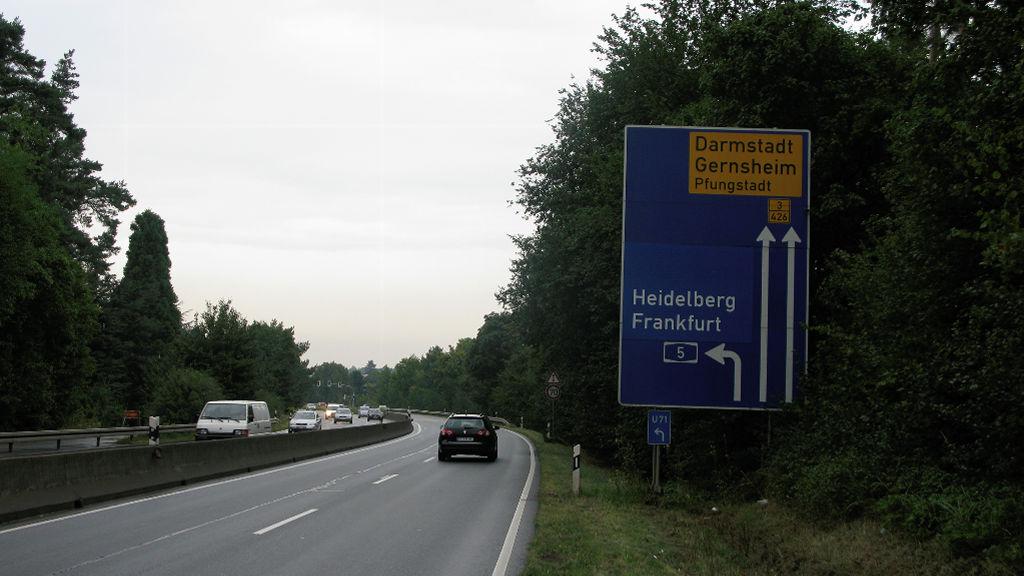
There is a scary amount of blue on this sign but straight ahead is OK on yellow. Notice there is no shoulder and I won’t see any other bikes. However, my right to be here is respected and it is quite safe. A truck will slow to my speed rather than overtake unless it can get fully into the other lane.
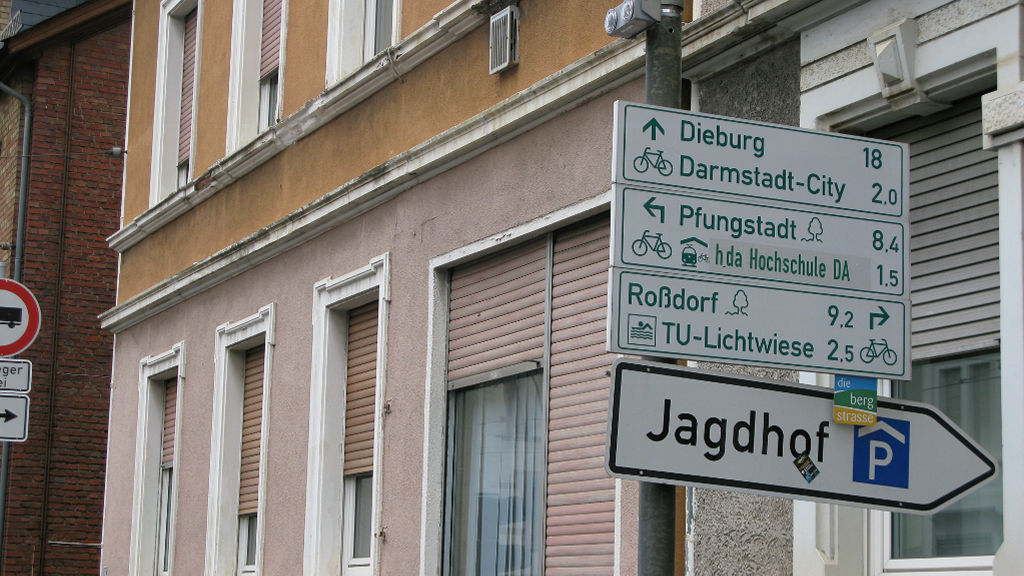
It has to be a very high-resolution map to show all these places. Bike paths along river valleys and canal routes are easy providing that is where you want to go.
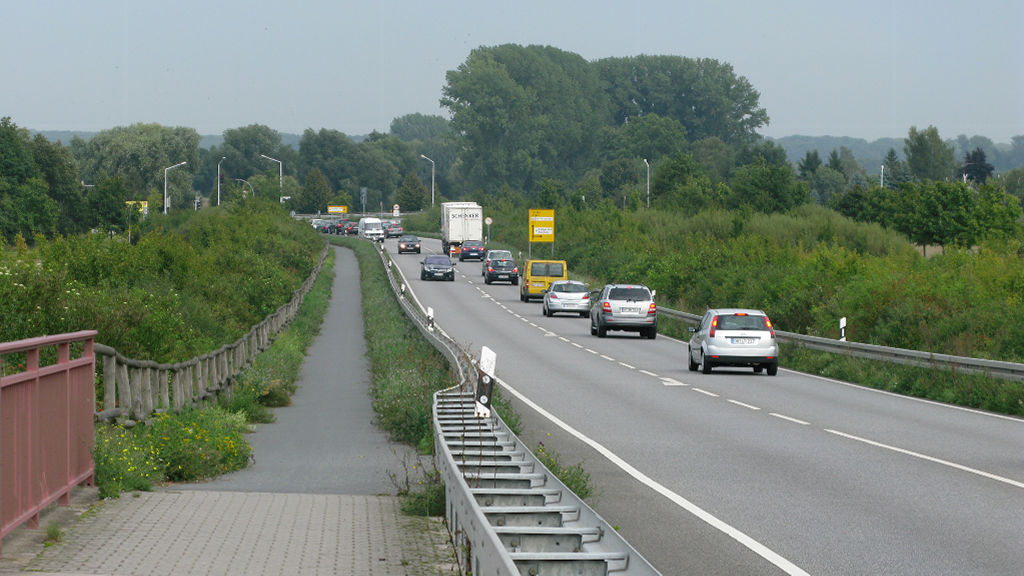
In several cases there is a bike path right beside the road and it would be mean to the drivers for me not to take it. Notice there is even a separate bridge crossing for bikes. That is typical.
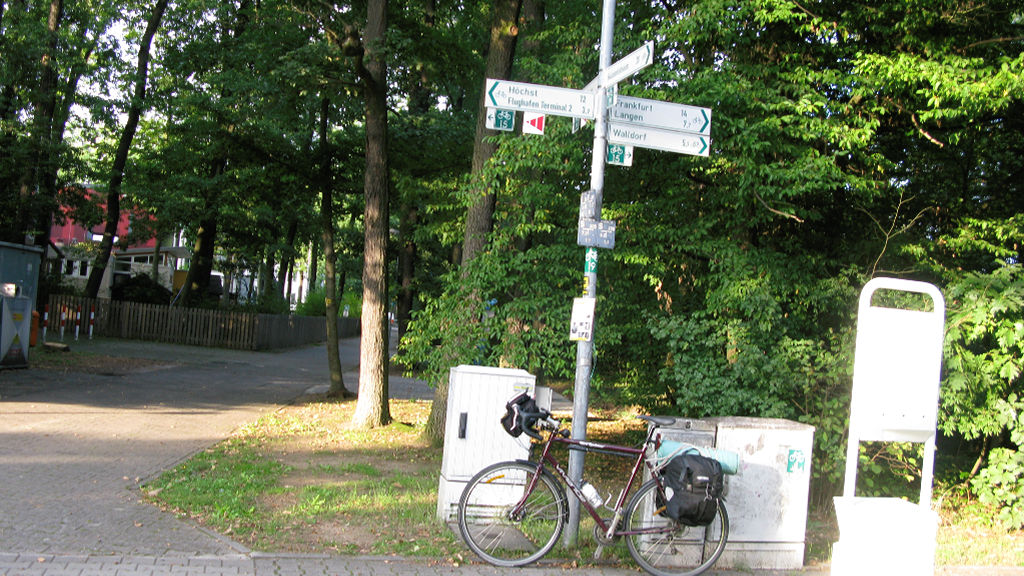
If you are trying to cover 100-150km a day these bike path signs can be puzzling. They are mostly signs to tiny nearby locales and villages. I use my compass but if there is a big river to cross this can take me away from a bridge. It is still fun, just further to go due to route errors.
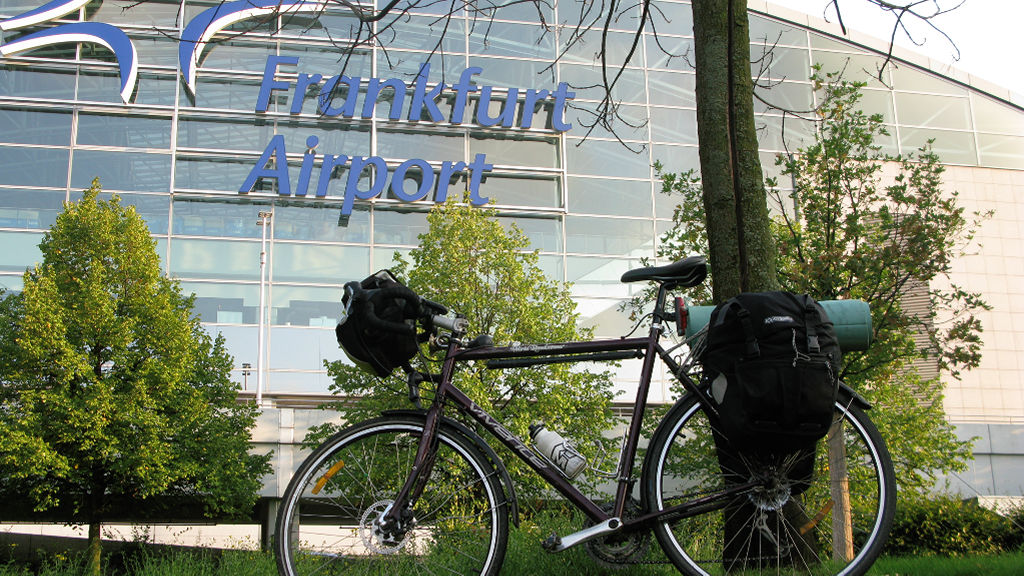
Within 30km of the airport I have been able to watch the planes and make my choices of paths in the forests to the south. Inside I am able to buy a bike carton, have a shower and relax.
Two of us, landing in Calicut and departing Goa. We are not following the coast to the north though. We head South East to Nilambur to call on friends there and then up the ghat to Mysore. Now a Deccan ride up through Karnataka through Hassan, Chikmagalur, Shimoga to Bijapur. Then trough Belgaum, down the ghat to Goa.
We are both on the new maroon coloured Vivente World Randonneurs, me with a BOB trailer in tow.
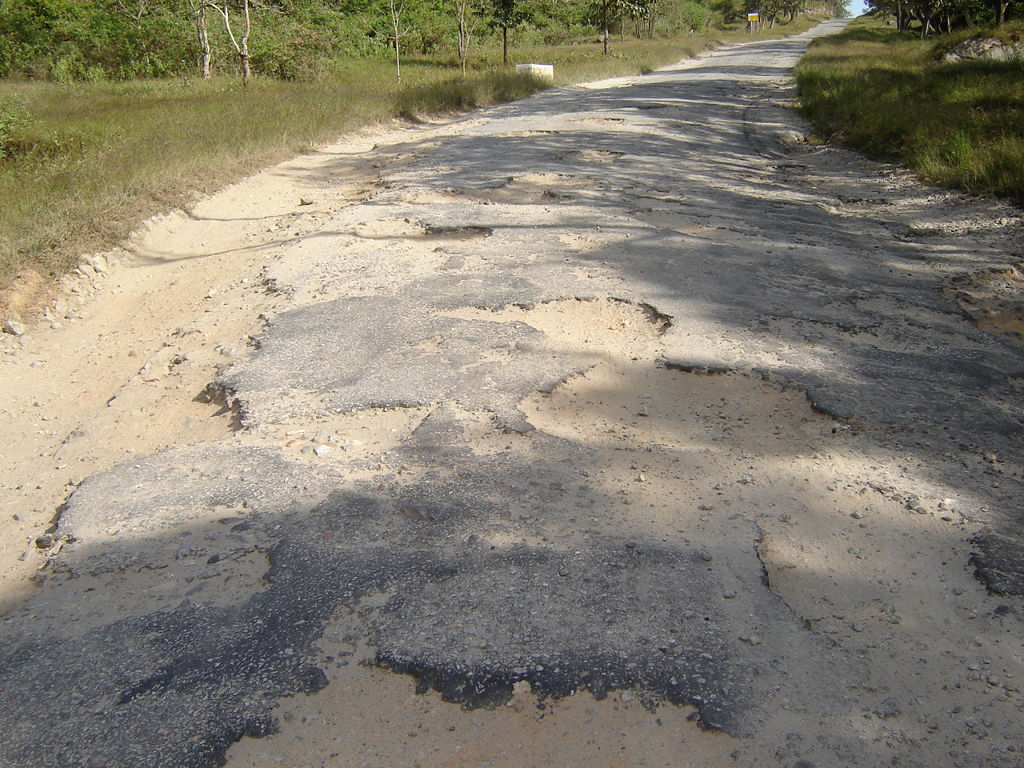
In the border area between Kerala, Tamil Nadu and Karnataka it is a no-man’s-land when it comes to taking responsibility for the roads. The good thing is that, due to isolation, this is where you see wildlife.
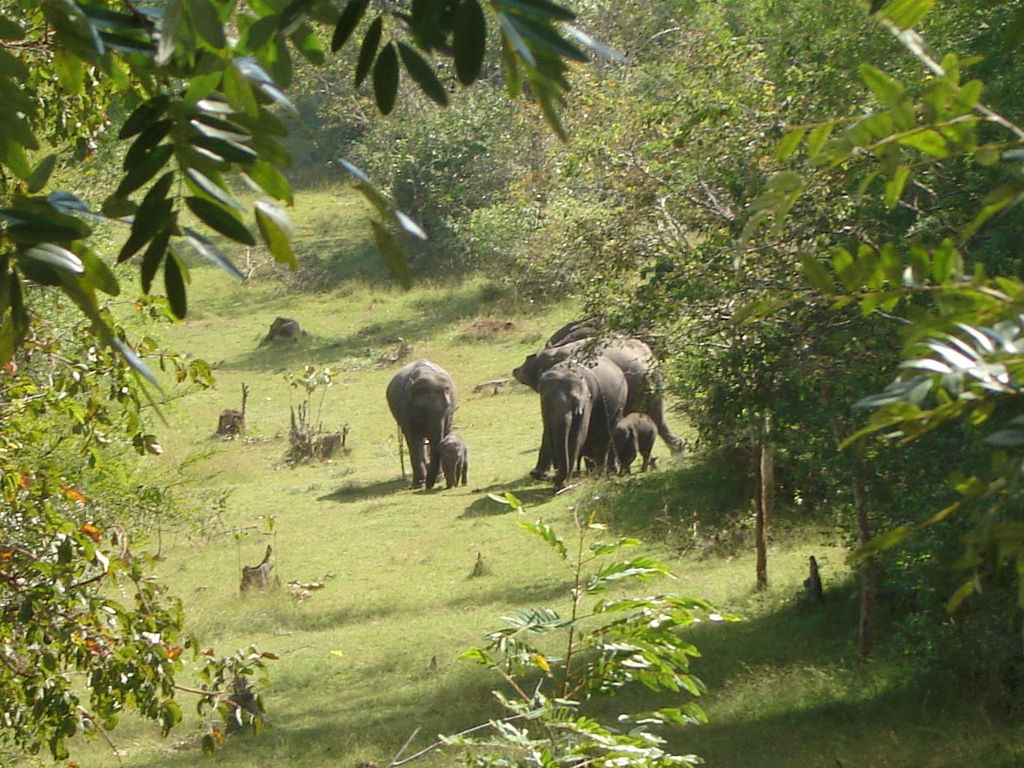
In Bandipur we regularly see elephants. There are signs warning about tigers but they are scaredy cats and off in the forest. We think so anyway.
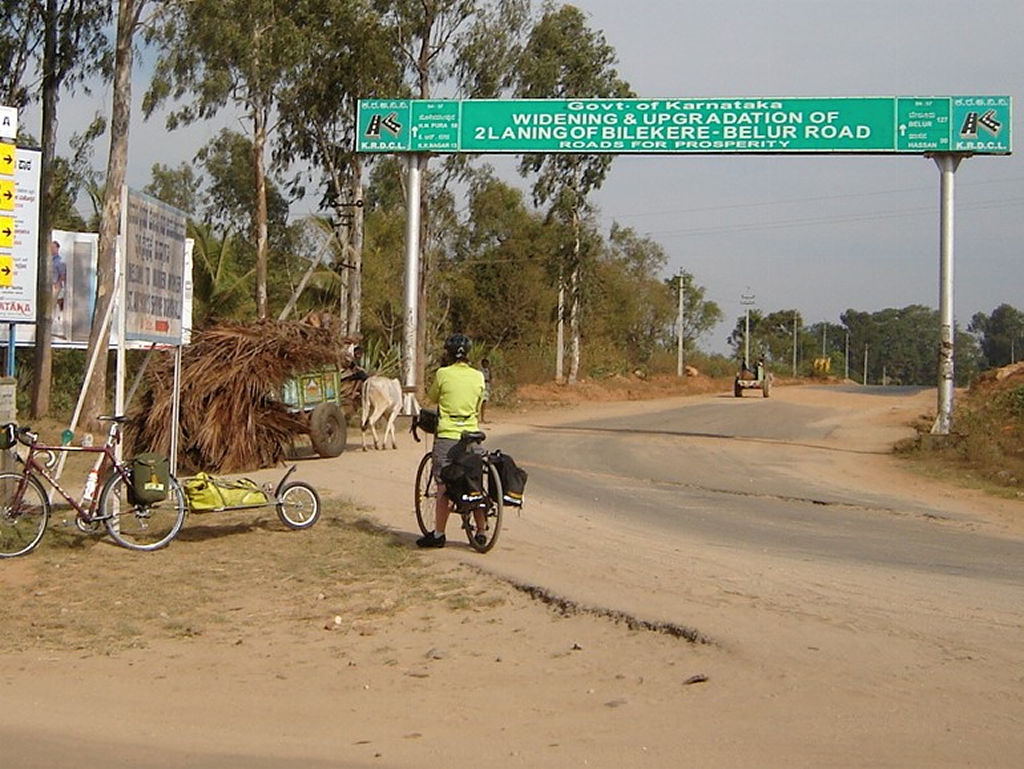
Sign announcing “upgradation” and “2 laning”. Sometimes the signs warn of “4 laning”.
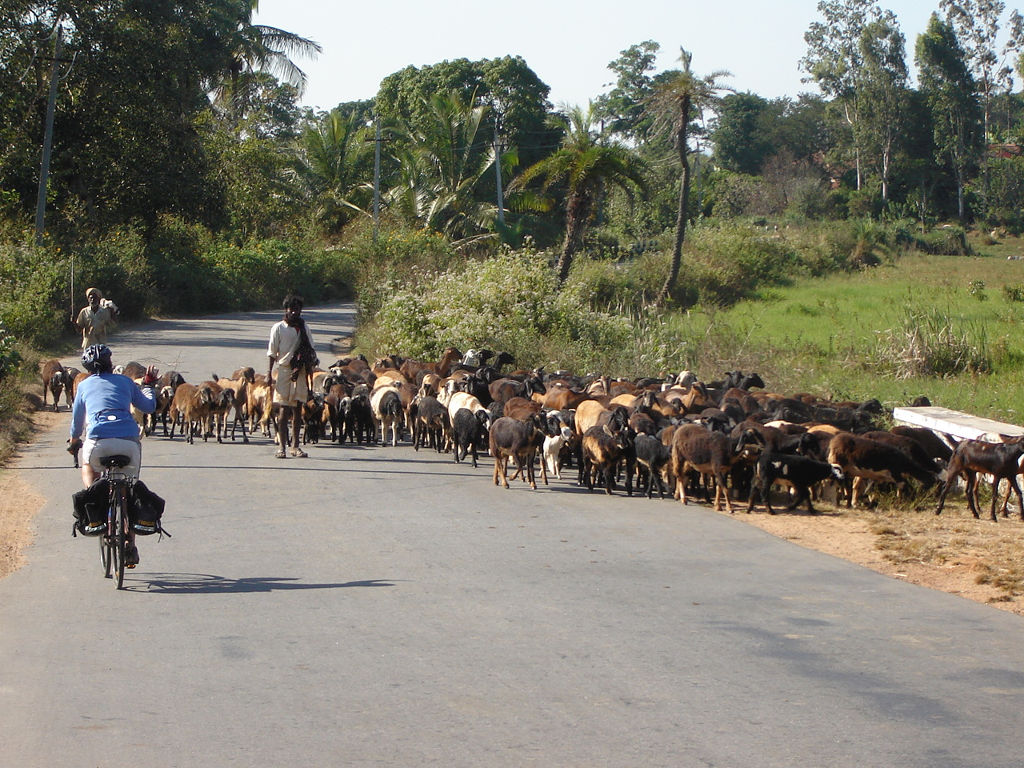
Very pleasant country south of Chikmagalur. The number of animals on the road suggest a horn would be a good accessory. In Mysore a few days ago I managed to buy an autorickshaw horn which is really doing the trick.
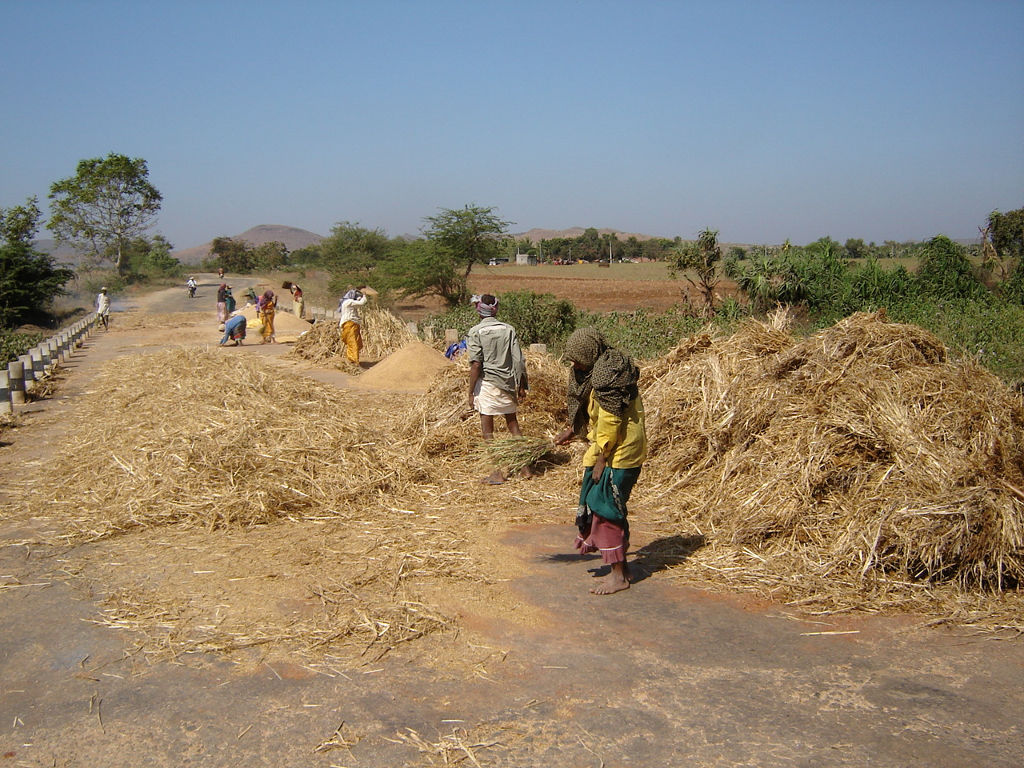
The farmers are getting their grain crop threshed by spreading it on the road and have passing vehicles run over it. I help out.
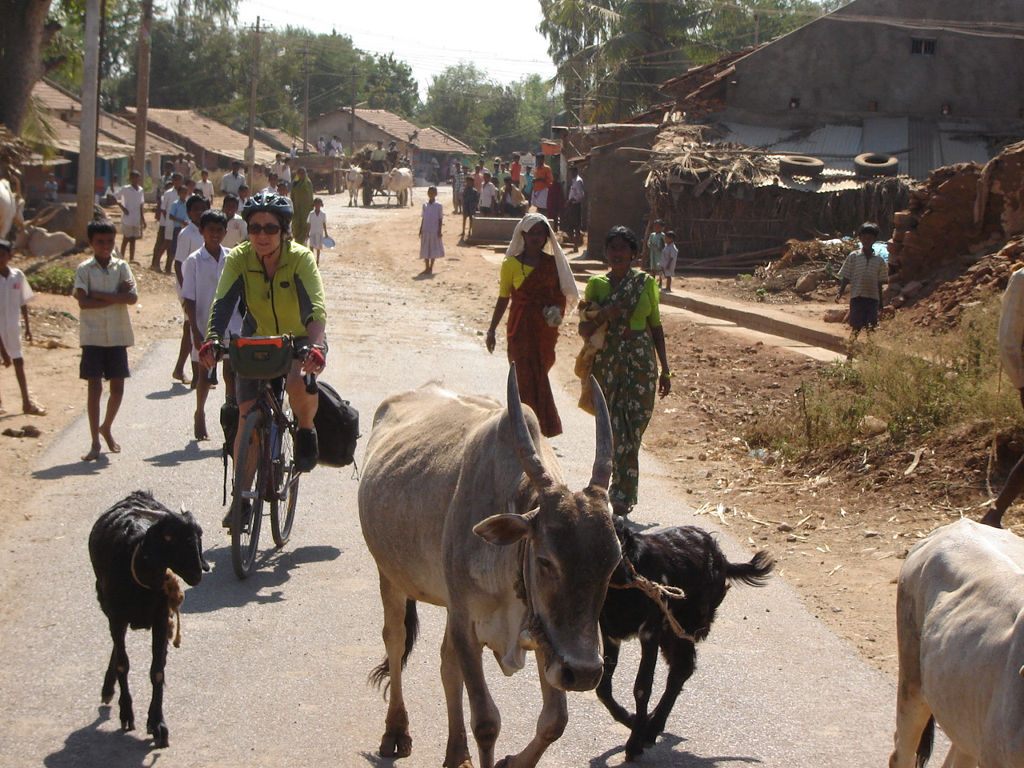
You never know which way animals will go. A horn works but a bell does not seem to.
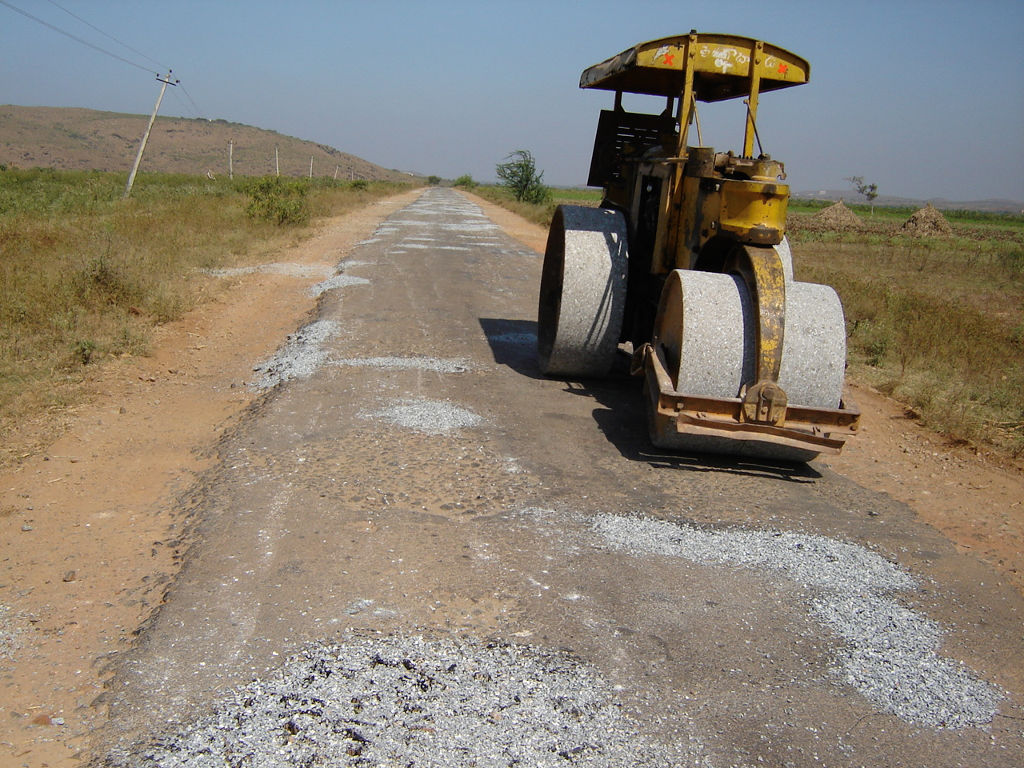
Many of the roads are poor but there is occasional patching up. The steamrollers are also used just to flatten out existing roads that have developed bumps.
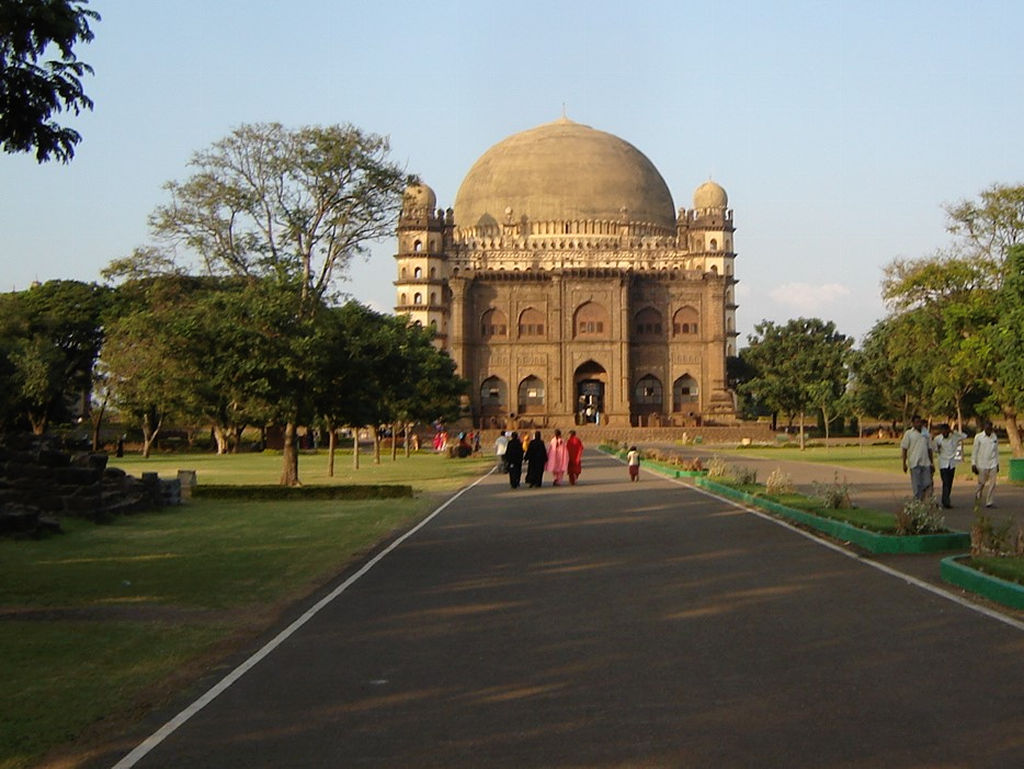
Gol Bumbaz in Bijapur. It was the inspiration for the Taj Mahal. But you can visit this site and not be swamped by tourists.
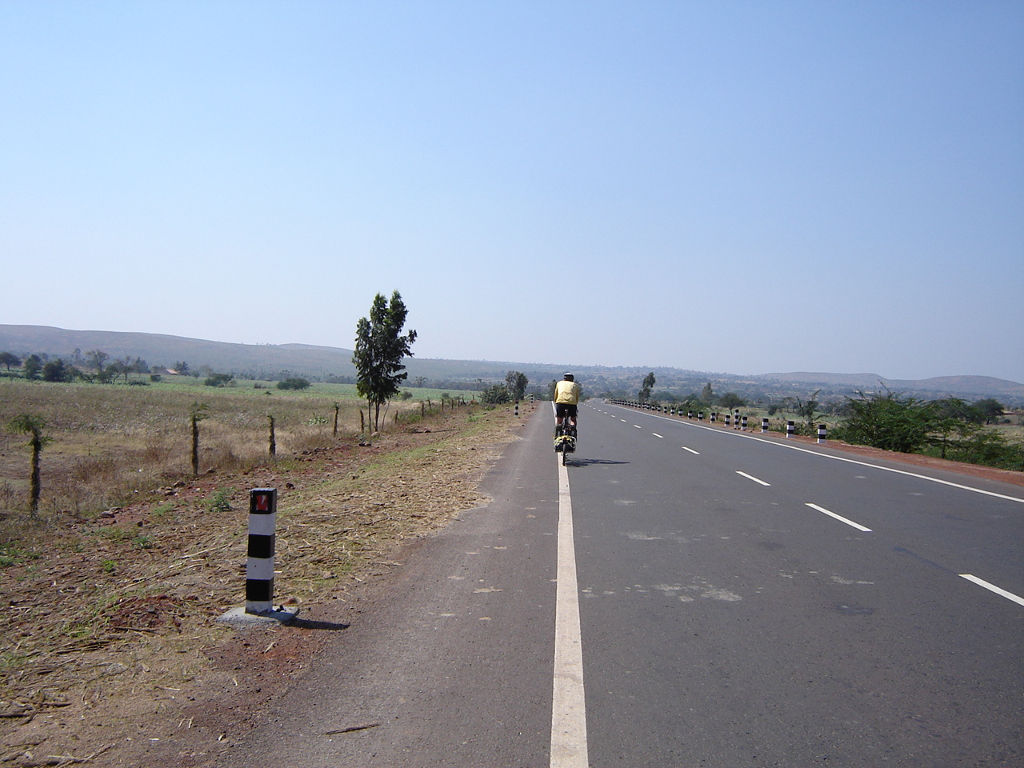
Heading SE to Belgaum we are on superbroads.
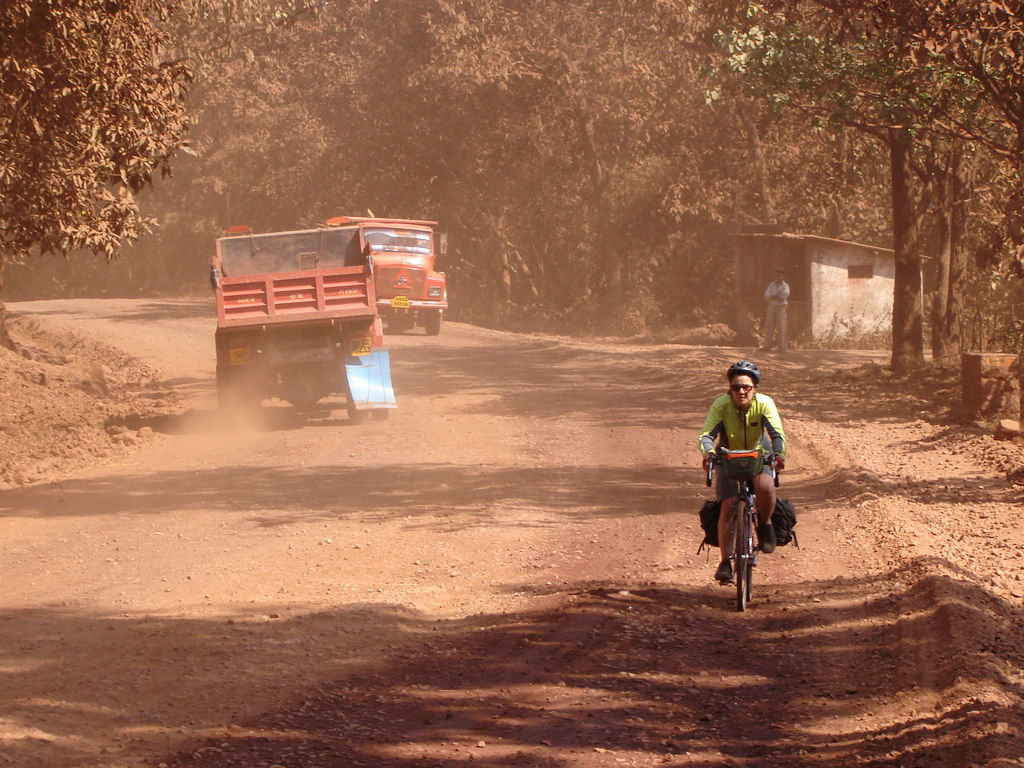
The road changes up in the range. There isa 20km stretch between a mine and a rail-head where the mining output (ironore) is all transported by lorry. The road is terrible.
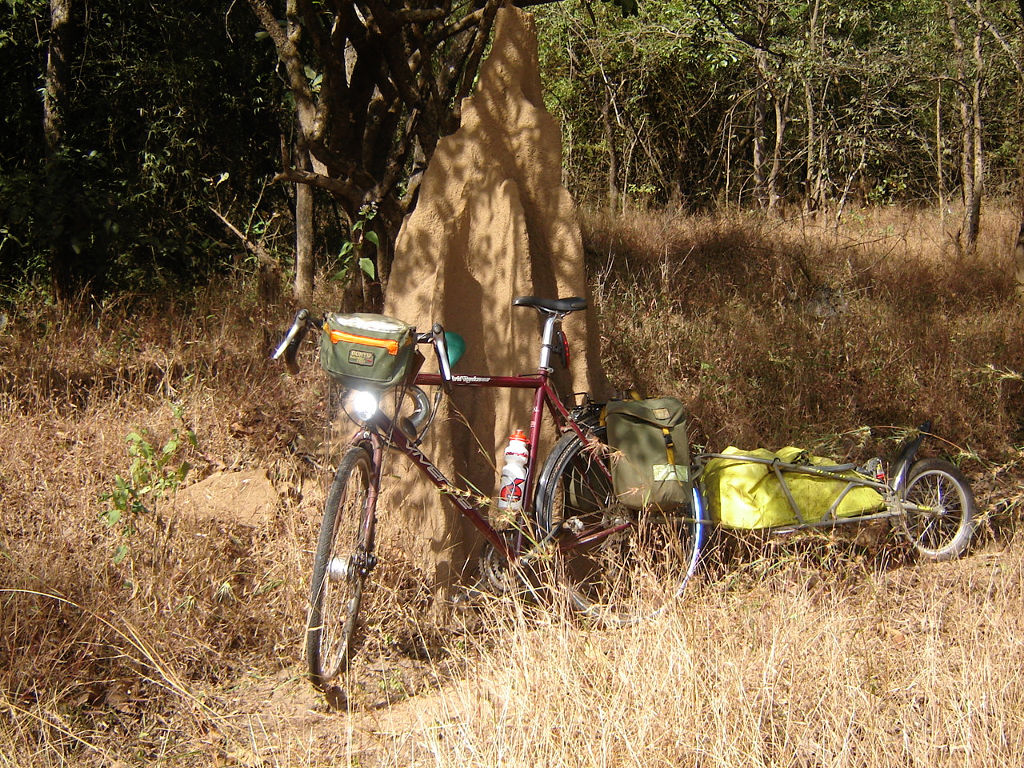
The rear carrier is Taiwanese alloy and I think I might try the German Cr-mo Tubus one. I should also get a rear light to run off the dynamo. The trailer is good but it is more difficult to fly if you have both a touring bike and a trailer.
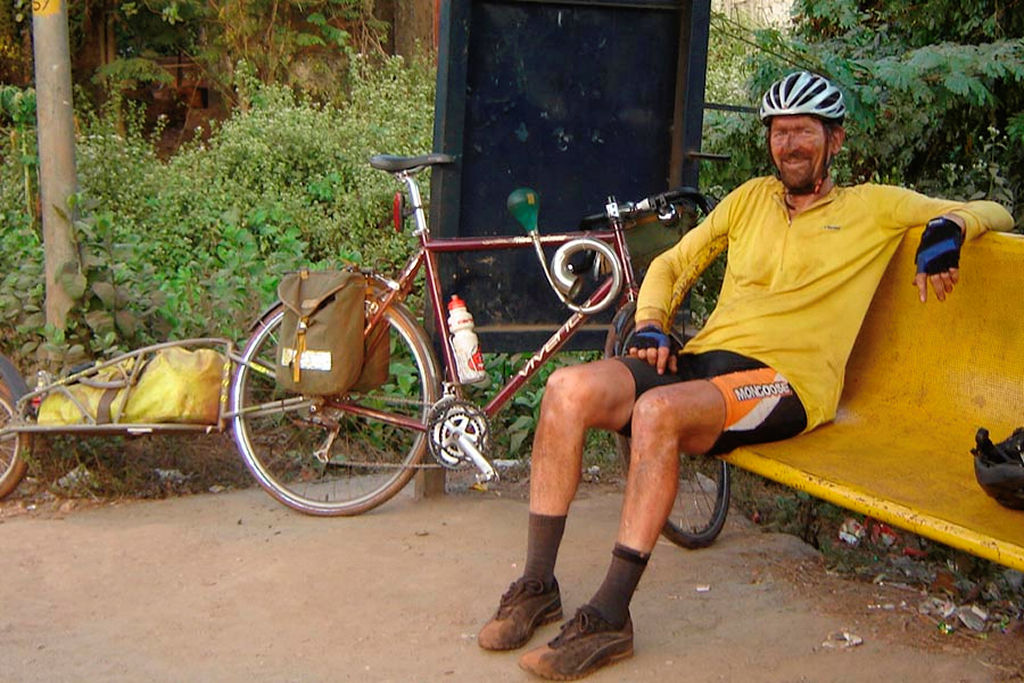
I’m including this shot to show the autorickshaw horn. As you can see that 20 km of road was pretty dusty.
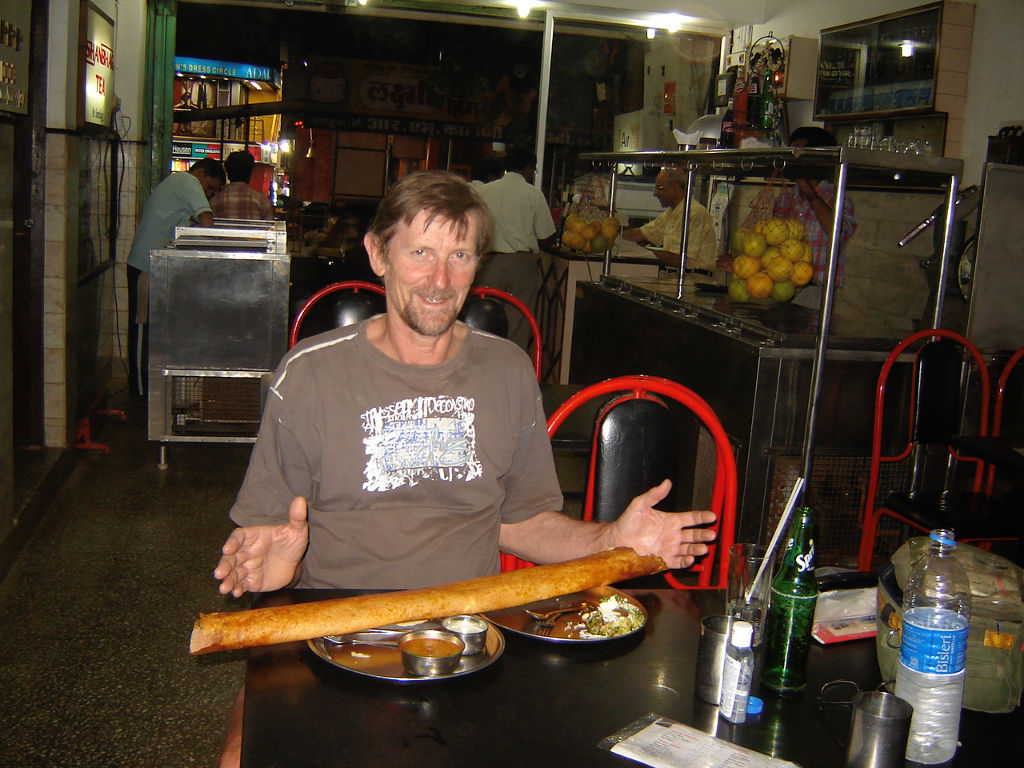
A very big paper dosa. India takes the prize for bike tourer’s food quality and its availability.
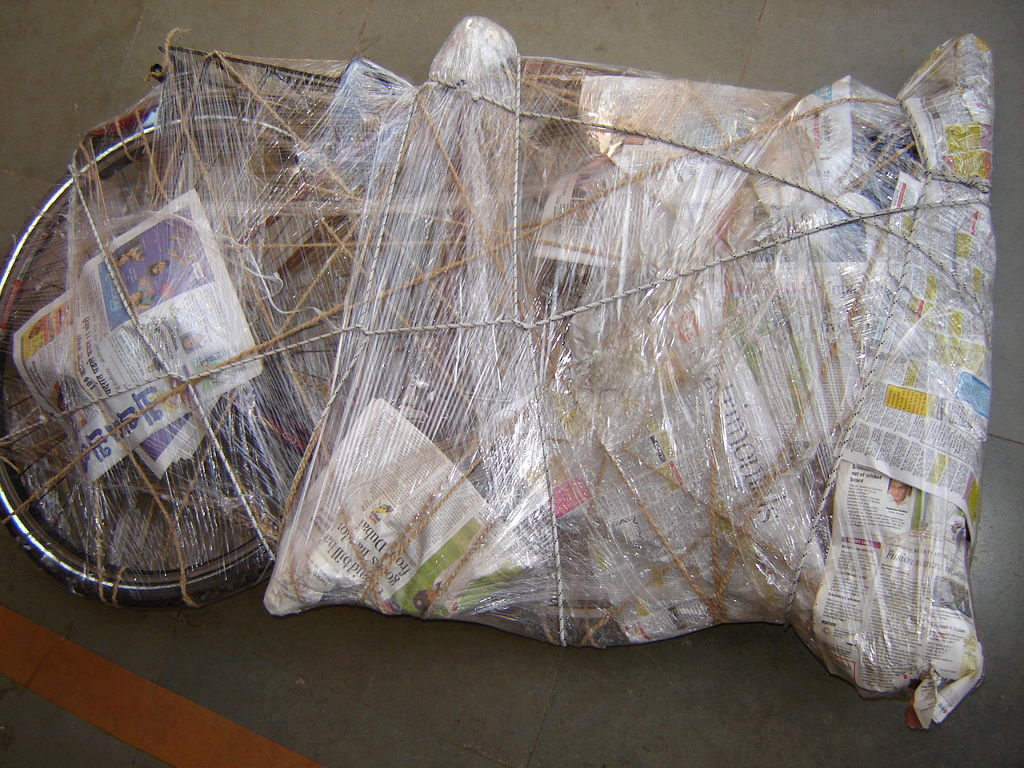
In Goa we adopt a new system of packing. Apart from some pallet-wrapping plastic that I have brought wrapped around a bit of doweling, the packing is done with things bought on the ride to the airport. Coir rope, bathmats, newspapers.
A ride from Istanbul to Sofia (Bulgaria) via Greece. We are both on the alloy frame Mongoose version of the Randonneur bike series from Gemini. I’m towing a BOB trailer.
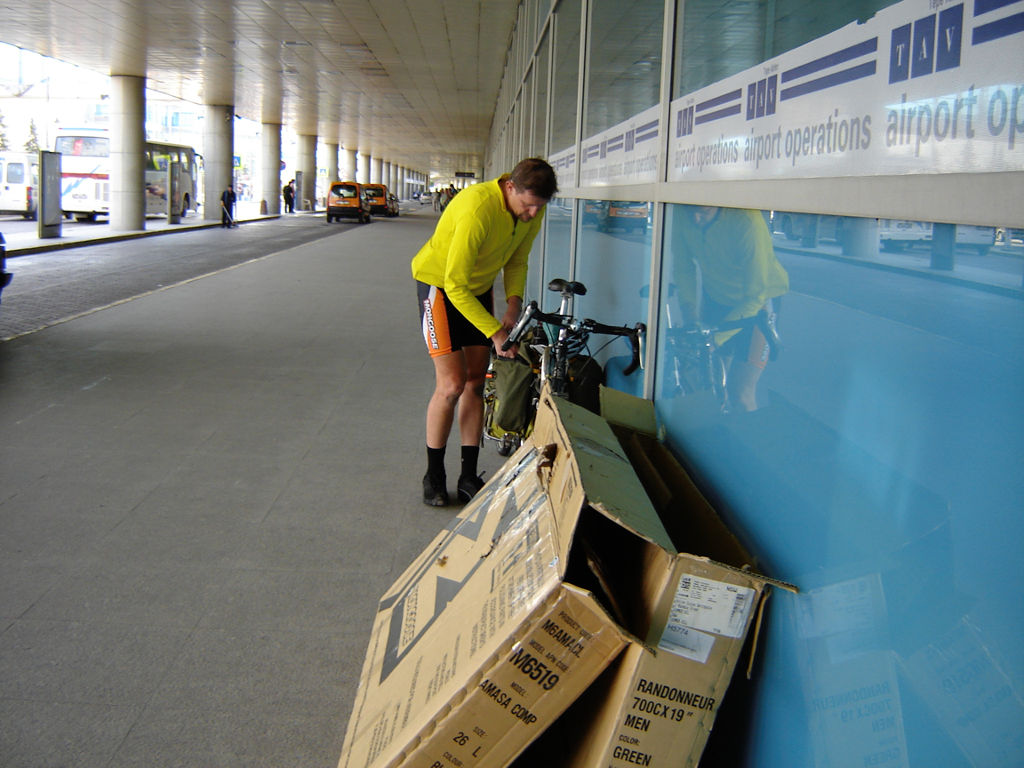
Outside IST (Istanbul airport) making sure everything is secure and safe.
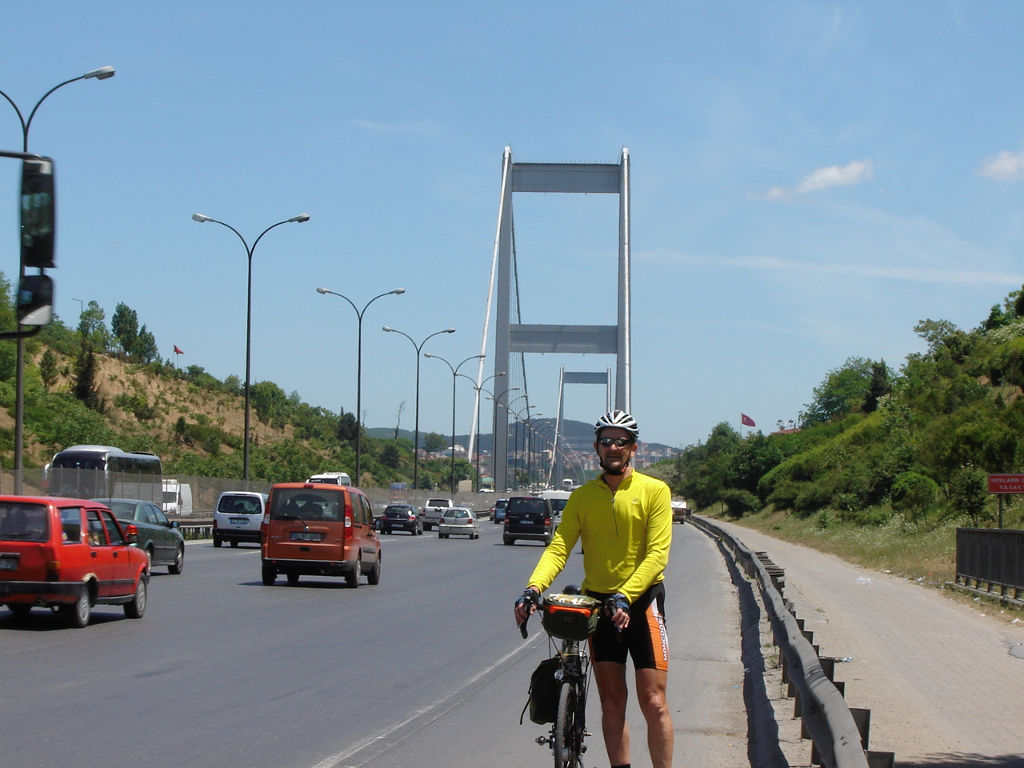
I’ve just been turned around by the guards as I tried to ride over the Bosphorus Bridge. It’s not fair.
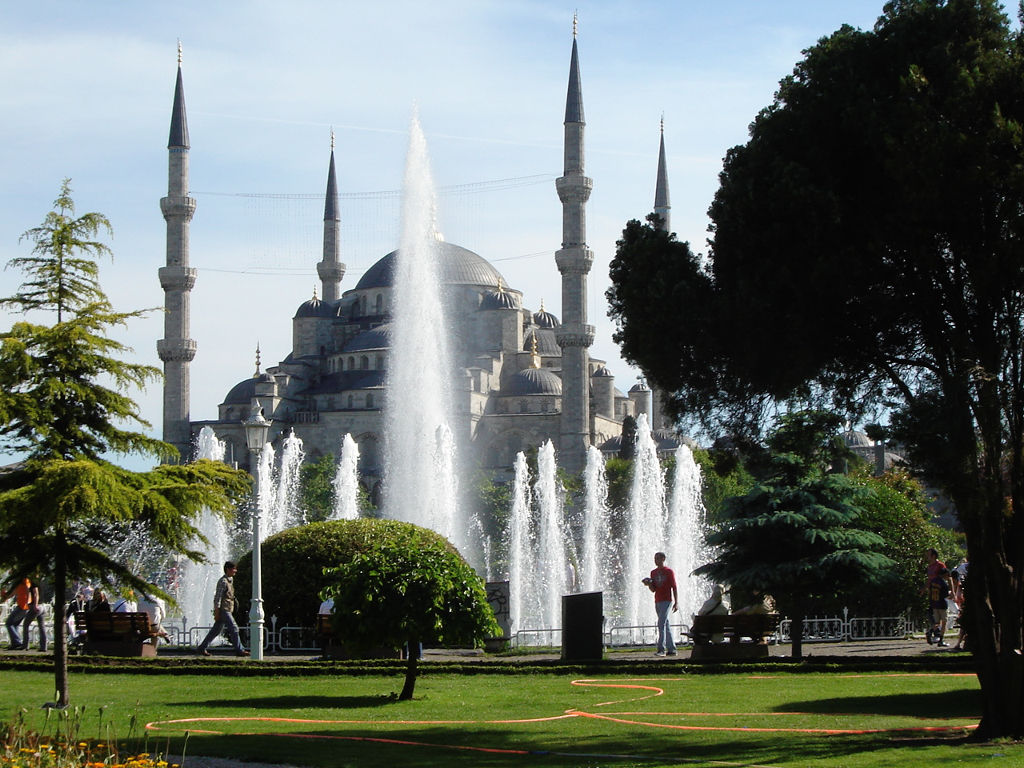
The Blue Mosque in Istanbul. The blue is on the inside.
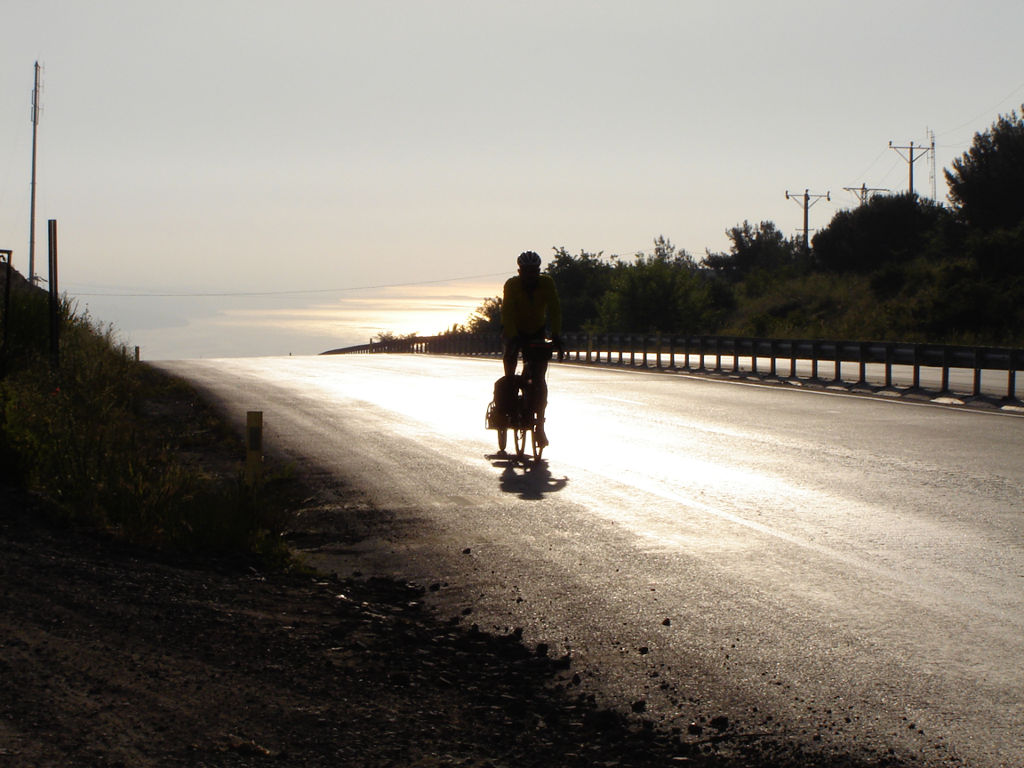
Climbing up and away from the Mamara Sea, moving west.
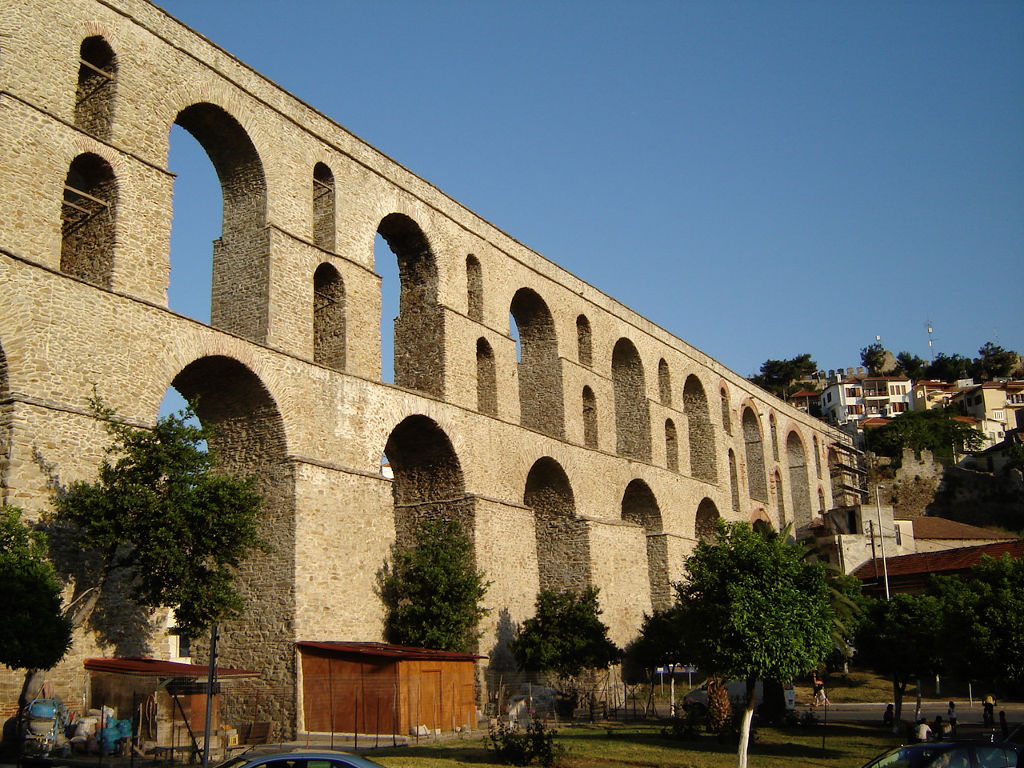
In Kavala, Greece, on the coast. This aqueduct is probably of Roman origin and was used up till 1911.
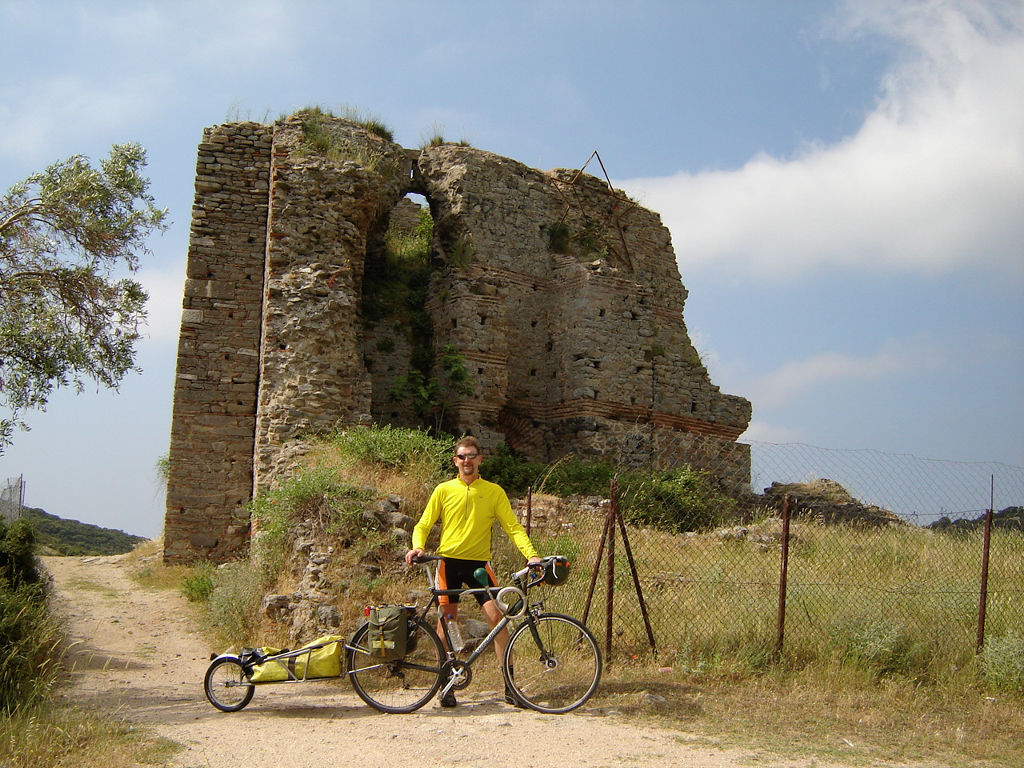
In northern Greece. The trailer is going well. It is great being able to put anything (eg a big watermelon) in.
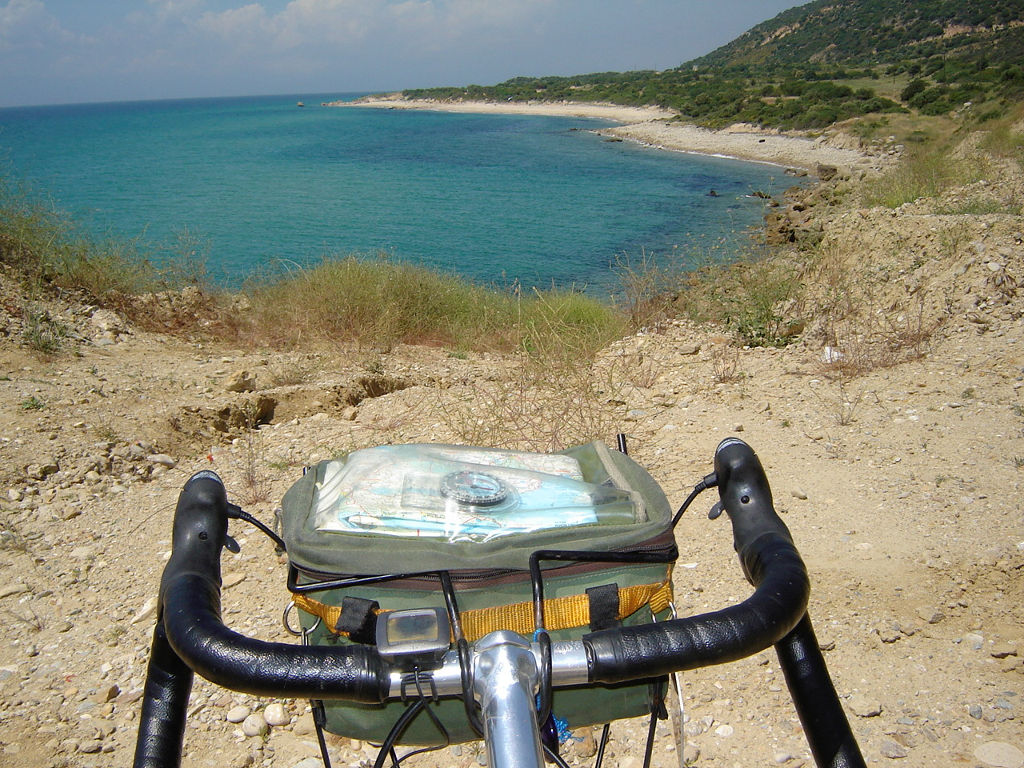
Probably the last trip for this old Bunyip handlebar bag. Time to try the Ortlieb clip on. More secure over bumps.
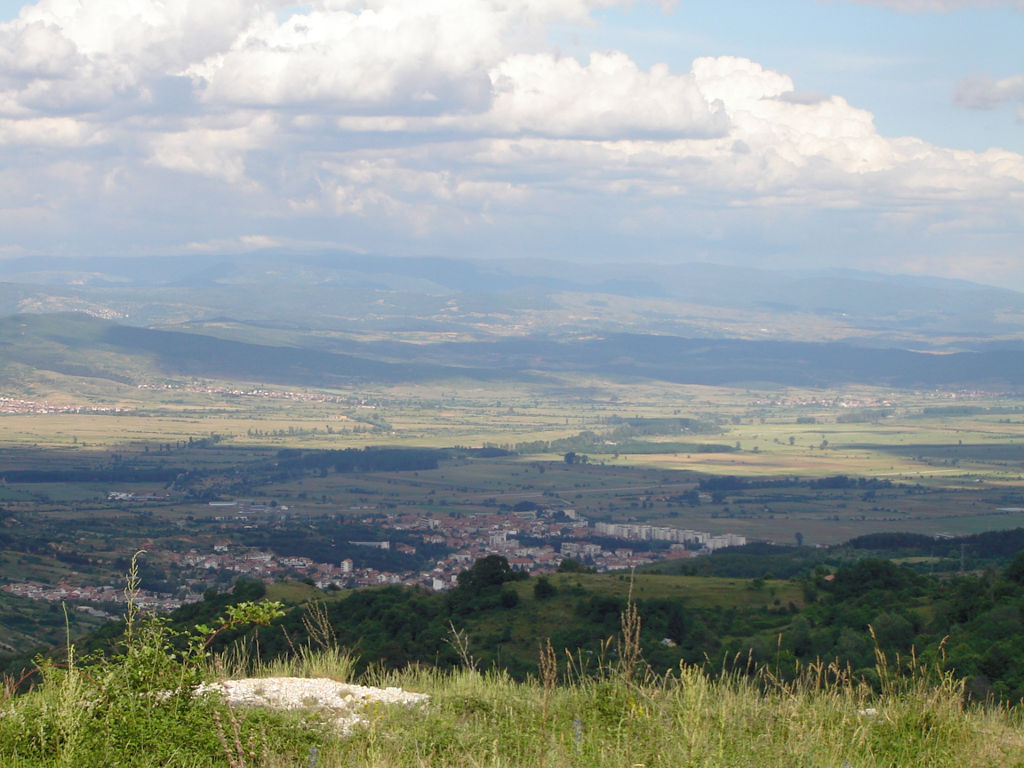
In northern Greece. Some big ranges with vistas. This one is looking SE.
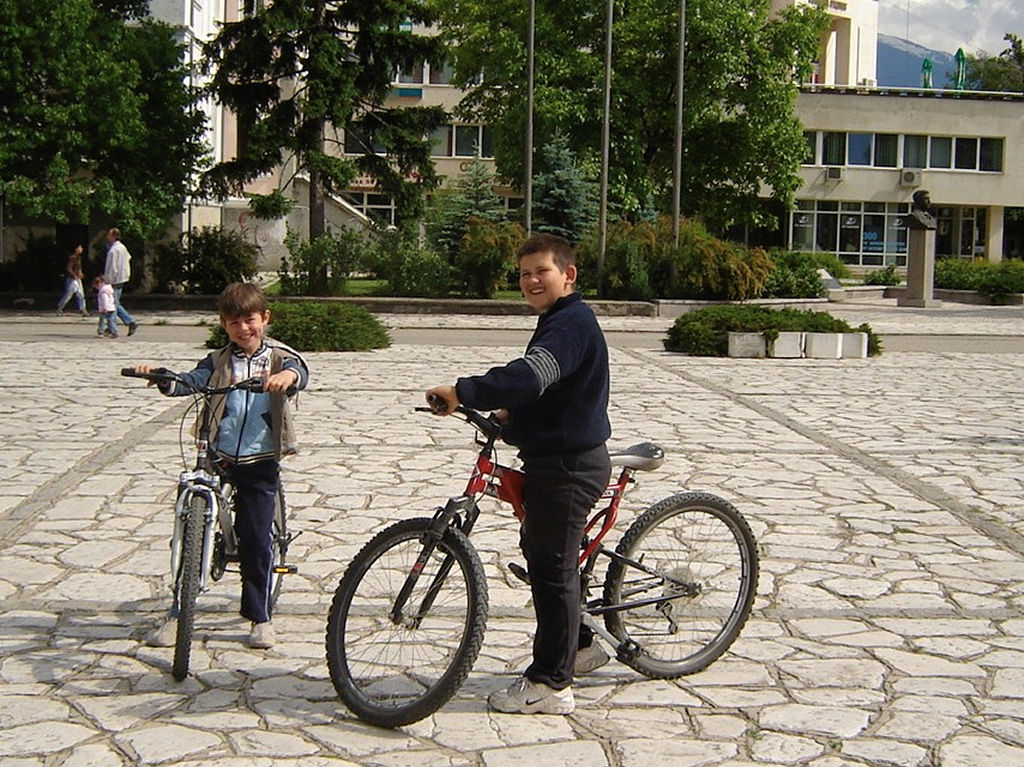
Boys on bikes. In Razlog Bulgaria. They followed us around on a rest day and when we finally got back to our hotel they parked outside. Kids on bikes often befriend bike tourers.
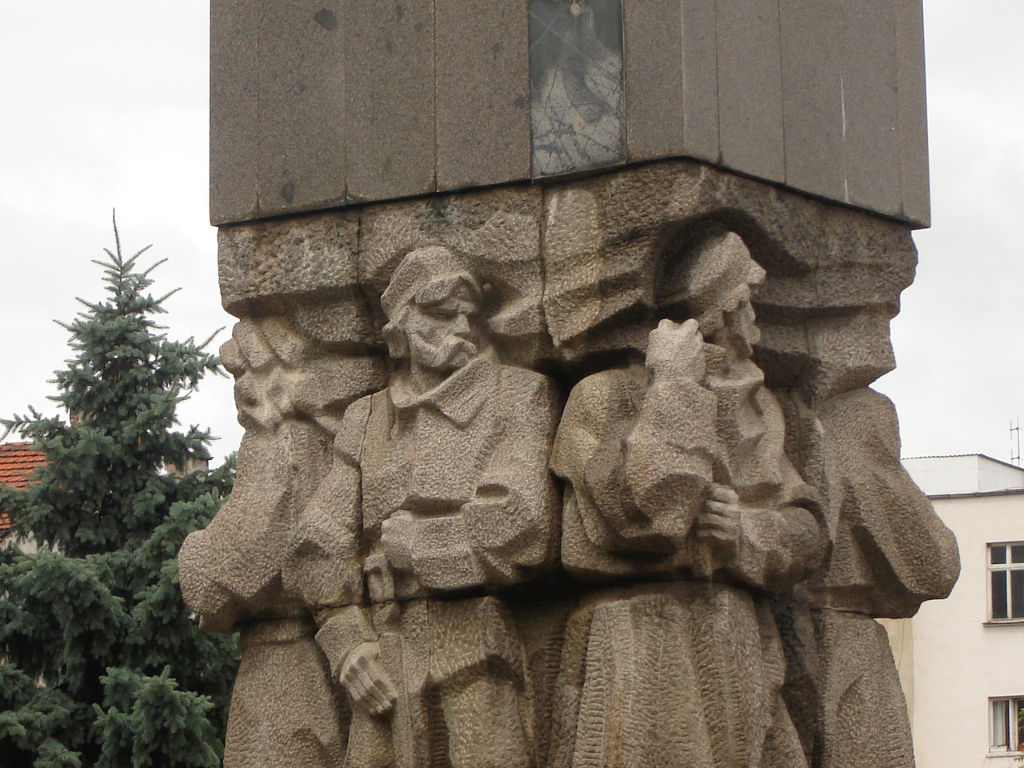
This is a good example of the local Bulgarian style of rock carving. Very chunky and lots of it.
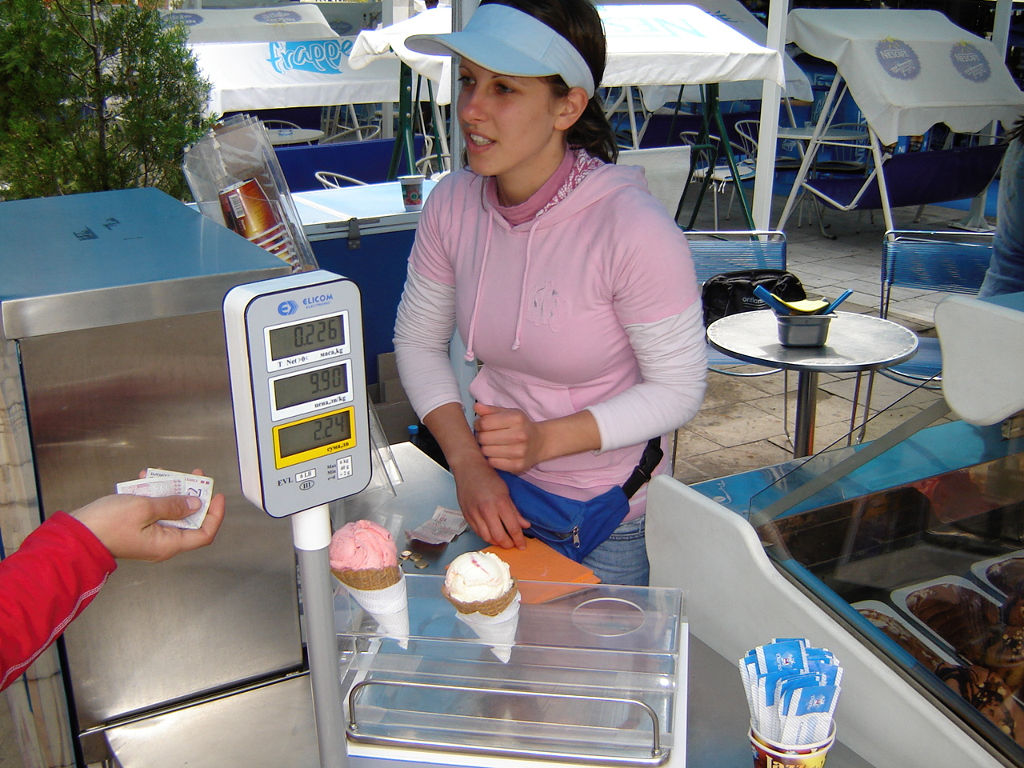
The icreams here are served in cones which are placed on special scales. You pay for what you get.
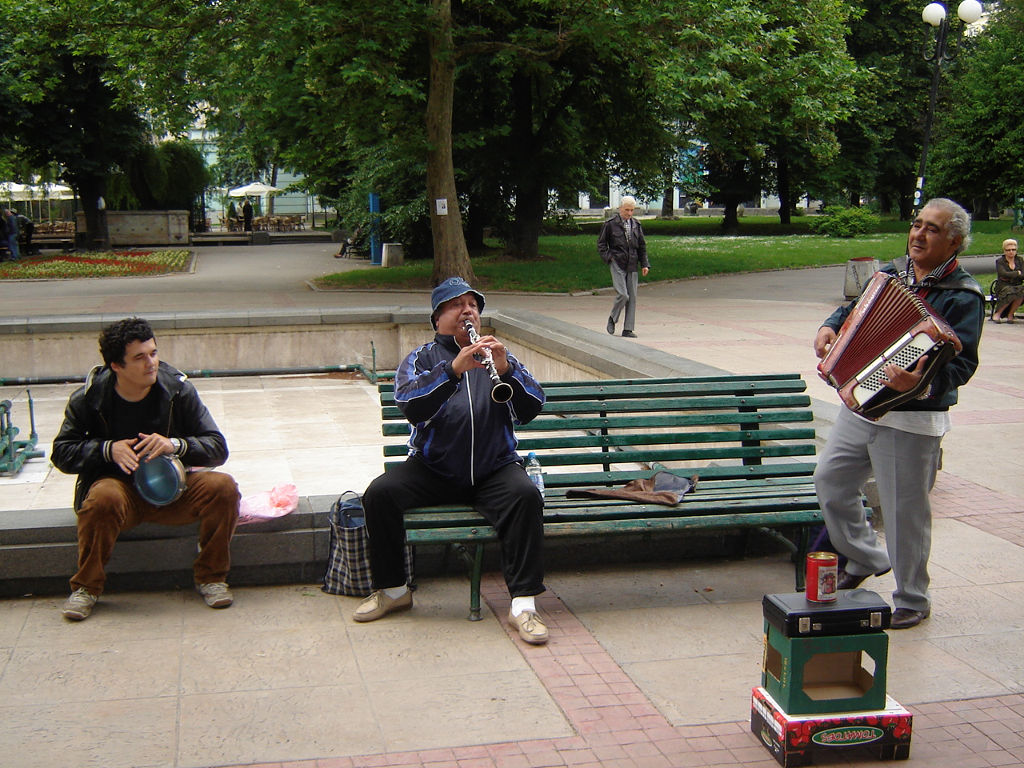
In Sofia the buskers in the central park are playing up a storm.
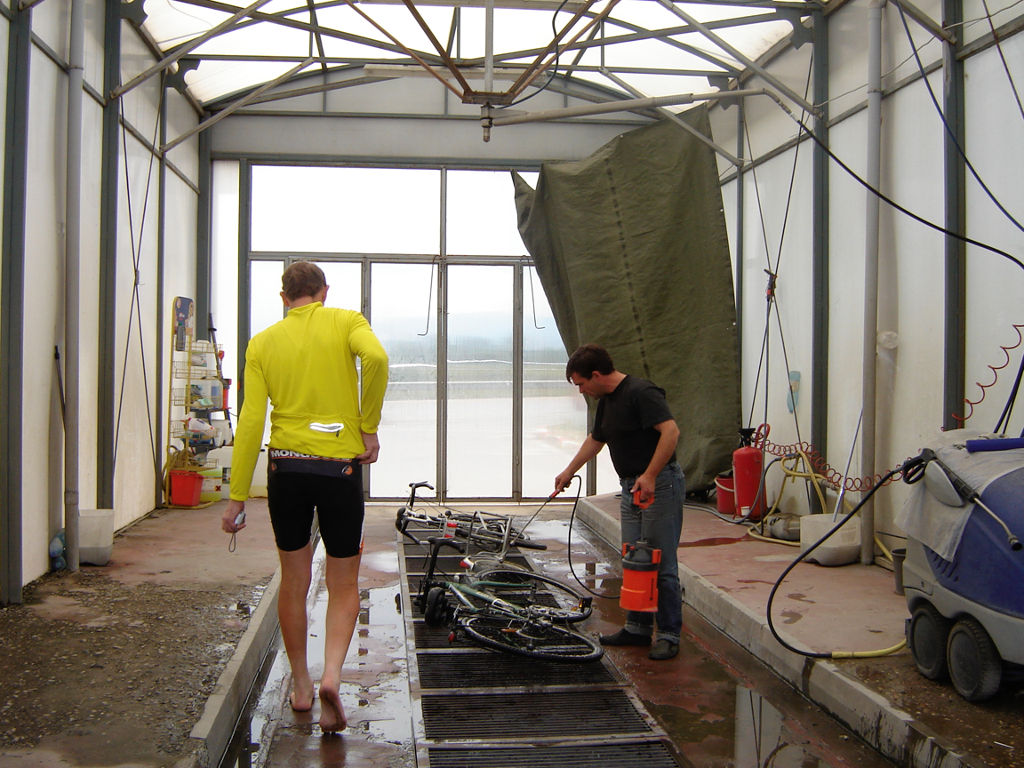
Why didn’t I think of this before? This is such an efficient and easy way to wash the bikes ready for Australian quarantine.
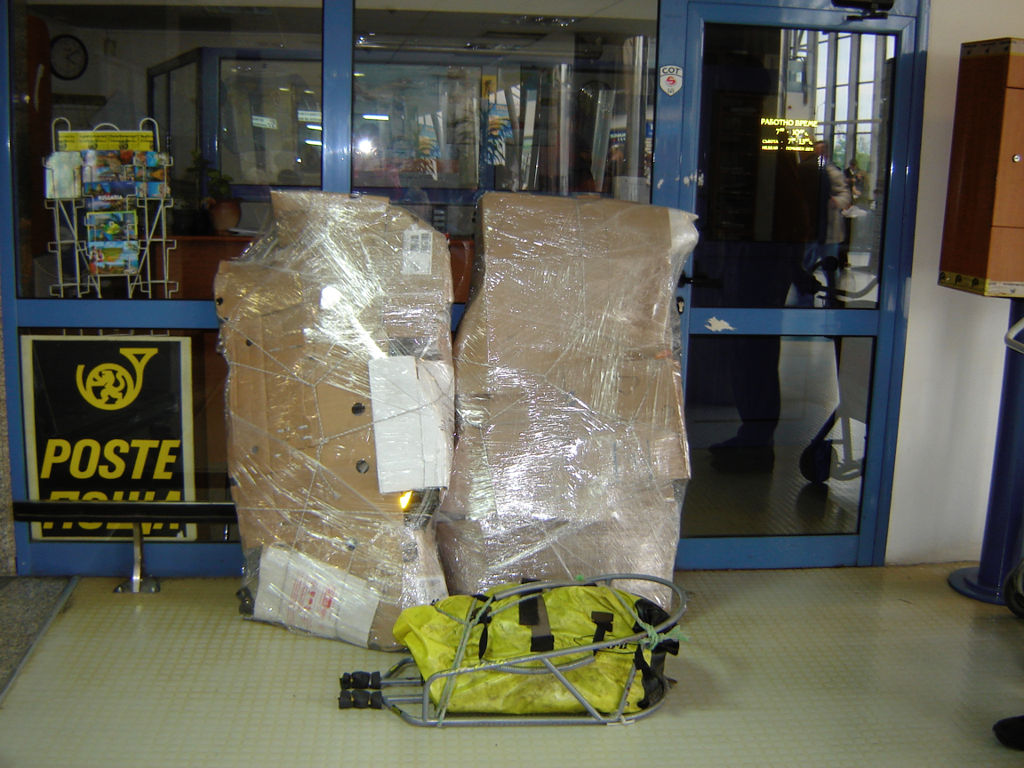
It was hard to find cardboard in Sofia. But the trailer made it quite easy. After packing at the airport with packing tap[e and rope, the plastic wrapping machine finished them off well.
A ride from Zurich airport to Romanshorn, the Swiss port on Bodensee where the ferry departs for the German side and Friedrichshafen where Eurobike is held.
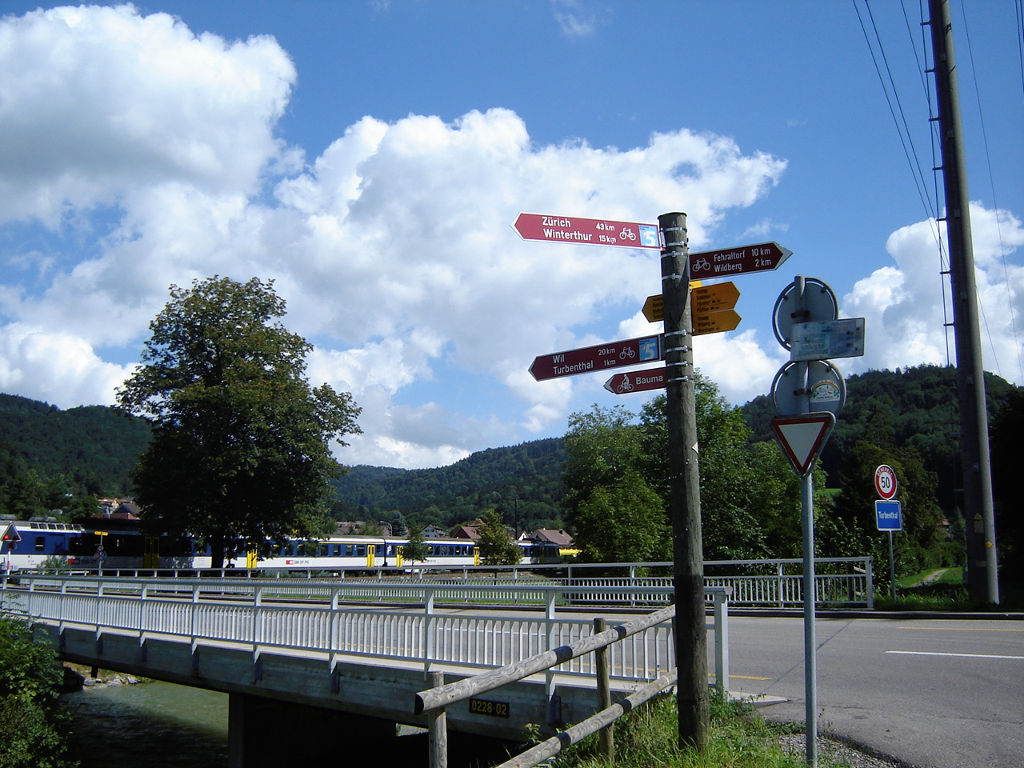
Being from Australia I instinctively use the roads, and the signs on the roads, to work out which way to go. But here there are no cyclists mixing it with the cars and there is a maze of bike routes. Will I go on the car-roads and follow their signs or only follow the bike signs?
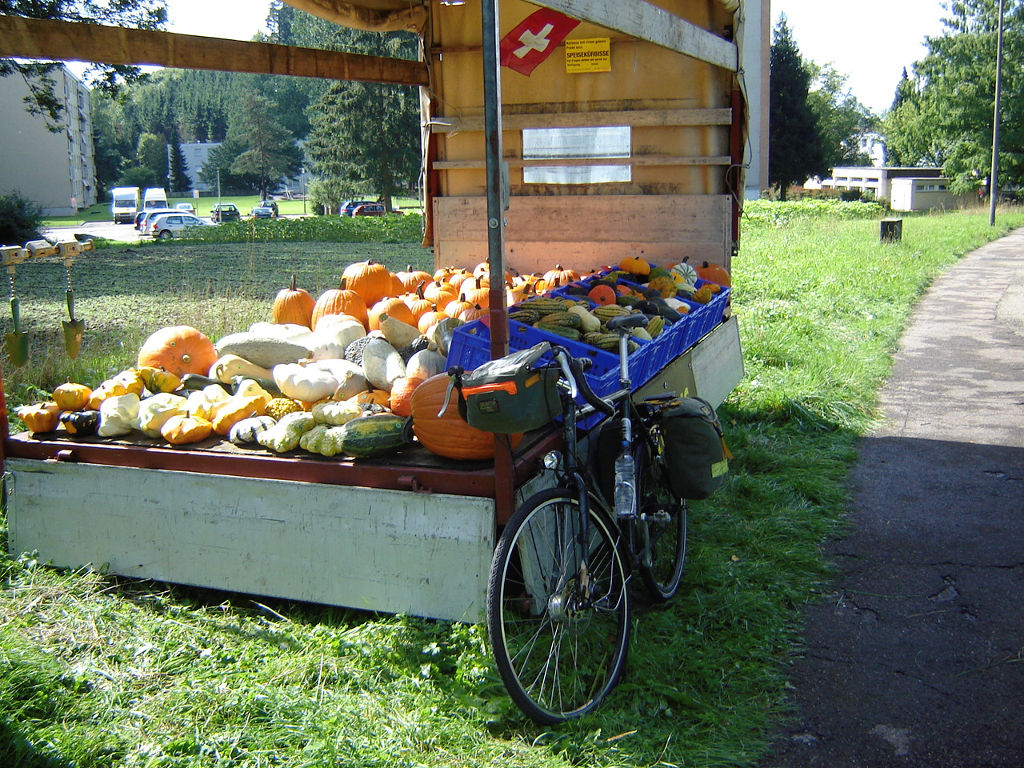
It is all very pretty in Switzerland.
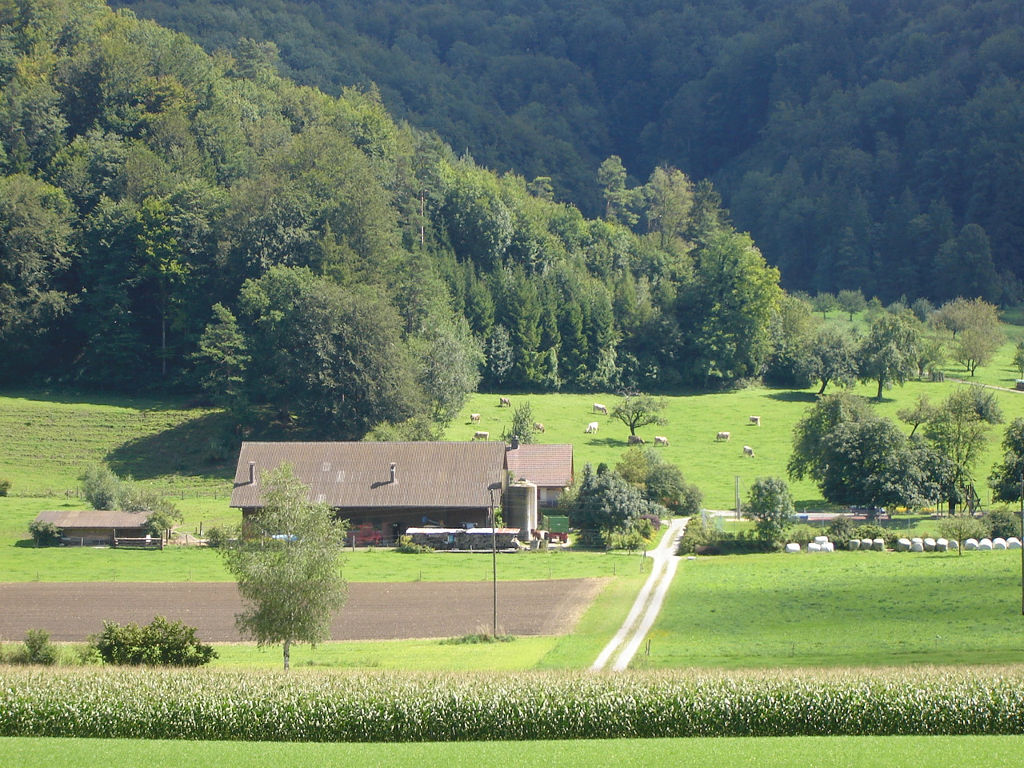
Continuing to be pretty.
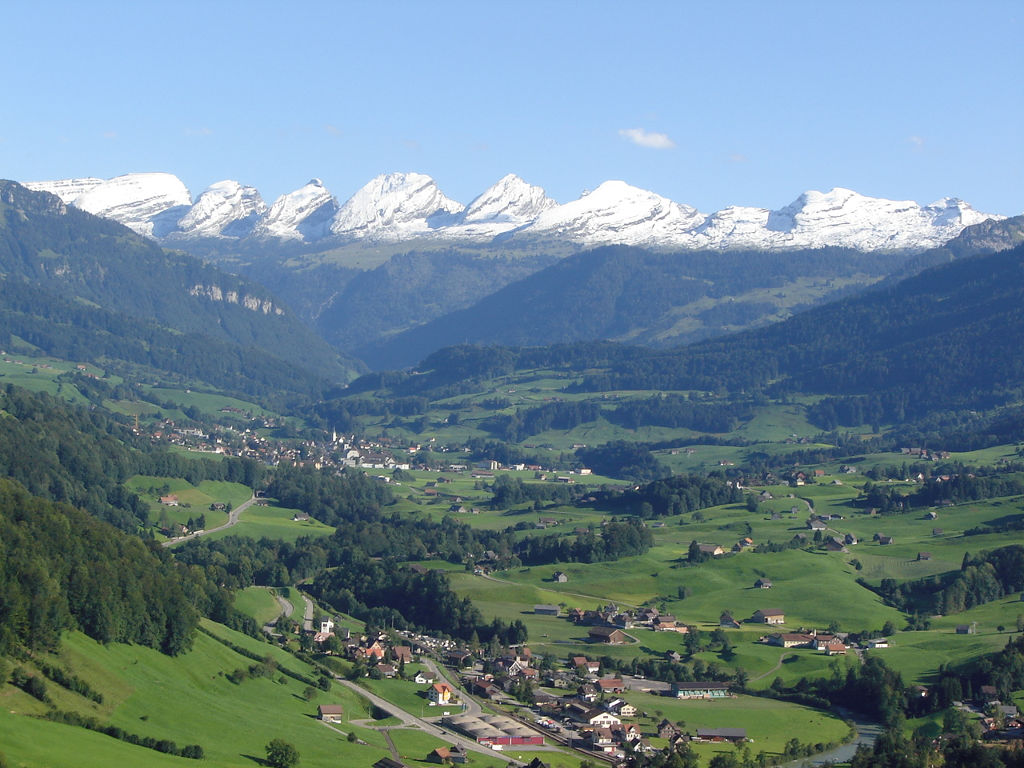
Now it is beyond pretty. Glad I don’t have to climb that!
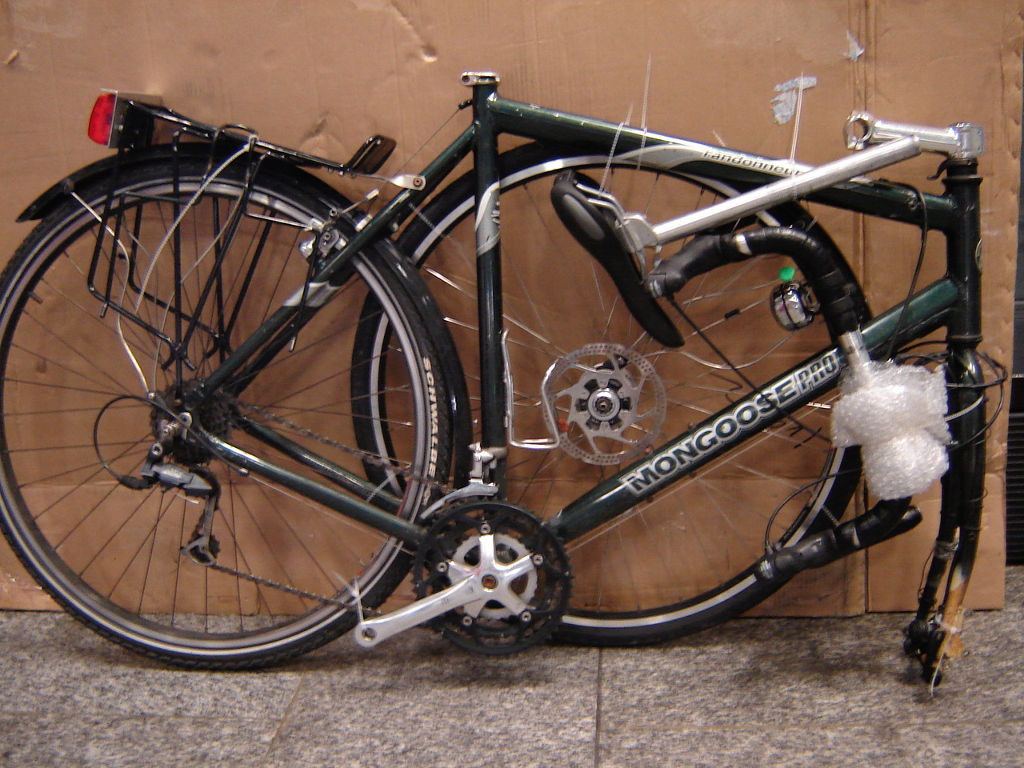
I ride back to Zurich taking a different but also pretty route. It is my last tour on the Mongoose and alloy frame version of the Randonneur that began as a steel Gemini Randonneur in 1981.